Age of Heroes (Deck of Cards)
The age of heroes card deck and game was originally invented by Toyotomi Taira, advisor to emperor Nobusanchô Hôseki of the Yamato Kingdom in 420 GE. Hôseki was so enamored with Taira's game that he declared it a national pastime, hiring the renowned woodblock carver and artist Yugo Enogu to craft plates for a standard deck. When the work was done, these were usually printed in standard two-color style to ease the production process, but the most wealthy had full color decks made for themselves, proudly presenting them as treasures and signs of wealth.
The actual Age of Heroes lasted from 5900 ARe to 6220 ARe and began with a campaign now called the First Invasion when the northern tribes and Old Gods banded together to march into the Middle Lands, starting the greatest war in the history of Aqualon since the war of the Reshaping of the World. On one side, Kaltani, Gallians, Skôts, Angel Saxons, and the Old Gods fought, both just for fighting's sake and to annex new lands and plunder the Great Land; on the other side were the folk of the Great Land themselves: The wise Yamato Kingdom, the powerful mages and armies of the Middle Lands, the soldiers of the great Arkatrashian empire, the mysterious Brotherhood of the Null, and the technocrats of Altonar. Even the Maritime Technocracy of Guantil-ya opted to assist the Yamato folk from beyond the Iron Belt, helping them with the refinement of their firearms technology.
This bloody war that lasted for over three hundred years finally ended in the defeat of the North, and the northern tribes retreated to their homes above the Snowzone while their masters went further down: to the northernmost point of Aqualon where they left the world to stay in their home of Asgard.
In the centuries to come, the great war was referred to as the Age of Heroes as the deeds of many great warriors and mages of that time were captured and passed on in song, story, and memorials strewn about the Great Land.
But something else arose from this great age: A popular card game that can be found almost everywhere on Aqualon, called Age of Heroes (or originally kenyajômon 剣矢杖門).
The 52 deck of cards itself is called such but is also sometimes just referred to as "a deck of cards" as it is the most common one around. The first game played with these cards is also called "Age of Heroes", but there is a variety of different games that can be played with a deck of cards, and wherever one goes, they may find local rules to standard game types.
The current standard set is printed in most large cities using a printing press and a standard Age
of Heroes typeface. A group of entrepreneurial artists and salesmen has also begun to print custom special cards with custom rules for a special version of Commanding Conquerors called "Commanding Conquerors: Heroes", creating ever expanding sets of tradeable cards that have become extremely popular in the Middle Lands.
The following cards are in a standard, modern deck:
The following cards are in a standard, modern deck:
- Staffs
- (Stronghold) Forts of the Middle Lands
- (Special 1) Fire and Ice
- (Special 2) Earth and Wind
- (Special 3) Lightning and Null
- 10 of Staffs
- 9 of Staffs
- 8 of Staffs
- 7 of Staffs
- 6 of Staffs
- 5 of Staffs
- 4 of Staffs
- 3 of Staffs
- 2 of Staffs
- Arrows
- (Stronghold) Towers of Yamato
- (Special 1) Firesticks of Guantil-ya
- (Special 2) Nature's Bulwark
- (Special 3) The War Horn Blows Green
- 10 of Arrows
- 9 of Arrows
- 8 of Arrows
- 7 of Arrows
- 6 of Arrows
- 5 of Arrows
- 4 of Arrows
- 3 of Arrows
- 2 of Arrows
- Swords
- (Stronghold) The Northern Tribes
- (Special 1) Kaltani Warbands
- (Special 2) Grand Druid Brynwain
- (Special 3) Thor, Champion of Man
- 10 of Swords
- 9 of Swords
- 8 of Swords
- 7 of Swords
- 6 of Swords
- 5 of Swords
- 4 of Swords
- 3 of Swords
- 2 of Swords
- Gates
- (Stronghold) Halls of the Angel Saxons
- (Special 1) Angel Smiths
- (Special 2) Valkyries
- (Special 3) Allfather Odin
- 10 of Gates
- 9 of Gates
- 8 of Gates
- 7 of Gates
- 6 of Gates
- 5 of Gates
- 4 of Gates
- 3 of Gates
- 2 of Gates
(Tip: mouseover for image preview.)
Age of Heroes in the Middle Lands
In bars and inns all over the Middle Lands 'Festival', 'Rusty Shore', and the simplified version of the game 'Age of Heroes' are popular pastimes. Standard 'Age of Heroes' is mostly played in the major cities as the complex rules are better suited for literate folk, and the same is true for 'Commanding Conquerors', which was invented by the White Lancers of Aerialis in 1320 GE. Just like the original 'Age of Heroes', these two games were initially intended for aristocrats and the educated while other games like 'Poor Old Gods' were played by children. But this versatility is part of the reason the Age of Heroes card deck has become so popular.
Special Taxation
In the 14th century GE, so many printing presses had spread that special taxation was placed on different types of prints in the five great cities of the Middle Lands. In the Grand Middlish Tax Legistlation of 1363 GE, the five Keepers and the representatives of their cities agreed, among many other things, that the printing of playing cards, post cards, and Yamato new years cards (@Ganjitsubaikai) would fall under postage taxation regulations. Printers had to put a unique mark on one of their Age of Heroes cards, usually the 'Forts of the Middle Lands Stronghold'. These cards were meant to identify the printer and jurisdiction. Selling card decks in a city of a different jurisdiction within the Middle Lands would require for them to be stamped or franked at a post station of the city they were produced in. This rule usually only applied to packaged cards, meaning it was relevant mainly for traveling traders.
Special Printings
Special typefaces and promotional card backs and texts became popular in the 15th century when prestigious inns and game establishments as well as some entitled noble houses commissioned custom prints, which became more and more popular over the course of the century. These never made it into wide circulation and were generally considered a sign of status. Some bought in bulk to distribute the decks to customers, who would then play with them, showcasing the crest, sign, emblem, or name of the establishment or family promoting themselves.
Age of Heroes on the Corsic Ocean
On the Corsic Ocean and parts of the Ocean Belt, the Age of Heroes card deck enjoys some popularity as well, though barely anyone there plays 'Age of Heroes' or 'Commanding Conquerors'. The game 'Admirals', which is centered around building, hiding, and destroying fleets, represented by pairs, triplets, and quadruplets, enjoys its greatest popularity here and is in fact said to have originated with one of the Great Pirate Houses of the Corsic Ocean. You will be hard pressed to find any port where people aren't playing 'Admirals' in every bar that actually has tables inside.
Still, almost all decks used on the Corsic Ocean are second hand at best. There are only one or two actual printing presses on the Seventeen Yonder Islands that print Age of Heroes decks, and since the market is already well-established in the Great Land, few feel the need to compete with big league publishers like Command Tower Entertainment. The Steel Nomads, traders that regularly crossed the Iron Belt despite the arduous journey, regularly stock up on decks, always finding buyers among the Seventeen Yonder Islands and the smaller isles hidden between them.
Age of Heroes in the Yamato Kingdom
In Yamato, the Age of Heroes card deck is called kenyajômon 剣矢杖門, roughly translating to "Swords, Arrows, Staffs, and Gates", but is actually understood as what Middlanders call "the Age of Heroes" as in the historical age. Four character words like this are called yojijukugo 四字熟語, which means "four character idiom". Any four character Yamato word that works as an idiom is thusly titled and considered to be of high literary standard, which often involves them in poetry. Though the number 4 is often considered unlucky in different cultures of the Great Land, the Yamato people believe differently, arguing that in being the number between both 3 and 5, the two numbers that govern the natural world, the number 4 is a uniting number. "Four" also sounds like "death" in the tongue spoken in the Yamato Kingdom and is associated with the cycle of rebirth because of it. It is also referred to as "the linking number".
Another popular yojijukugo is shunkashûtô 春夏秋冬, which means "the four seasons" but literally translates into "Spring, Summer, Autumn, and Winter". Shunkashûtô is also the name given to the foremost institute of weather science located in Yamaseki.
Asking a visiting official if they cared to play a round of kenyajômon was a polite way to establish that you were wealthy or influential during the 5th to 9th century GE. This invitation was usually politely refused, but when it wasn't, it was expected that a fully colored set of cards would be presented.
The original kenyajômon cards vary slightly from the modern typographic print versions of the Age of Heroes card deck. Specifically, the special cards and strongholds are not always named the same but can be correlated with their modern counter parts by comparing the symbol and the number of symbols on special cards.
Just like the title, kenyajômon (剣矢杖門), the Yamato characters correspond to the symbols: 剣 are swords cards, 矢 are arrows cards, 杖 are staffs cards, and 門 are gates cards.
The oldest ukiyo-e style woodblock printed card sets looked like this:(Tip: mouseover for image preview.)
The special cards correlate to their modern counterparts as follows:
- Strongholds
- Forts of the Middle Lands
- Towers of Yamato
- The Northern Tribes
- Halls of the Angel Saxons
- Special Cards
- Artificial Calamity -> Fire and Ice
- Mastery of the Weather -> Earth and Wind
- Defensive Technology of Altonar -> Lightning and Null
- Firesticks of Guantil-ya ~ Firesticks of Guantil-ya
- Natural Bulwark -> Nature's Bulwark
- Green Horn of Ten Thousand Nations -> The War Horn blows Green
- Kaltani Warbands ~ Kaltani Warbands
- Grand Druid Brynwain ~ Grand Druid Brynwain
- God of Death Frey-ja -> Thor, Champion of Man
- Angel Saxon Arms and Armor -> Angel Smiths
- Valkyrie ~ Valkyrie
- Allfather Odin ~ Allfather Odin
Games using one or more Age of Heroes (Kenyajômon) card decks
In the following, you will find a number of common rule sets for card games played with an Age of Heroes deck of cards.
Age of Heroes (the game)
Two Player Rules
1. At the start of the game, each player gets a random stronghold card. Reselect until both have different sides. Swords and gates form one side, arrows and staffs another.
2. Each player places their stronghold card in front of them.
3. All players play five elements and the winner chooses the starting player.
4. Each stronghold card has 4 sides to fortify. Use the card’s edges for this purpose.
5. Shuffle the remaining cards and distribute 15 cards to each player in the first round, 14 in the second, 13 in the third, 12 in the fourth, 11 in the final round.
6. Before the first play, players take turns placing fortifications on the sides of their stronghold one after the other, either until all four sides are covered or until both players no longer want to place fortifications (a player may freely choose have up to four fortifications or as little as one).
7. On their turn, a player must place or discard a hand card. Cards are always placed on enemy cards, except where the rules mention exceptions.
8. When placing a card on an enemy card, you place them in the original direction of your own fortifications when placing them on a side of your stronghold or perpendicular when placing them on a side of your opponent’s stronghold.
9. You can only place cards of higher power on top of other cards. Card power of cards below the top card of a fortification pile does not have to remain consistent.
10. Strongholds have the highest power but can only ever be put on a side of their owners played stronghold.
11. Strongholds can also be placed on top of one’s own played stronghold to replace it if they share the same side. The old stronghold is then discarded.
12. Numbered cards have their number representing their power.
13. Numbered cards and special cards whose type conforms with the stronghold they are placed at are trumps, meaning they can beat cards of other types with even or higher value.
14. The round ends when all cards in all hands have been played or discarded or when a stronghold has been conquered on all four sides.
15. A side is conquered or defended by you as long as the top card placed on it was placed by you.
16. Any side left empty at the beginning of the round cannot have cards placed on it and is always considered conquered by the opposite side.
17. The winner of each individual round is the player with the most combined conquered and defended sides, or the player that first conquers all four sides of the enemy stronghold.
18. The player who first wins three rounds wins the game.
19. A draw counts as a win for both sides.
20. If both players reach three wins at the same time, the game ends in a draw.
21. Special cards have a power of 11 but can have special effects when of the same type as your stronghold.
22. Special cards have the following special effects:
2. Each player places their stronghold card in front of them.
3. All players play five elements and the winner chooses the starting player.
4. Each stronghold card has 4 sides to fortify. Use the card’s edges for this purpose.
5. Shuffle the remaining cards and distribute 15 cards to each player in the first round, 14 in the second, 13 in the third, 12 in the fourth, 11 in the final round.
6. Before the first play, players take turns placing fortifications on the sides of their stronghold one after the other, either until all four sides are covered or until both players no longer want to place fortifications (a player may freely choose have up to four fortifications or as little as one).
7. On their turn, a player must place or discard a hand card. Cards are always placed on enemy cards, except where the rules mention exceptions.
8. When placing a card on an enemy card, you place them in the original direction of your own fortifications when placing them on a side of your stronghold or perpendicular when placing them on a side of your opponent’s stronghold.
9. You can only place cards of higher power on top of other cards. Card power of cards below the top card of a fortification pile does not have to remain consistent.
10. Strongholds have the highest power but can only ever be put on a side of their owners played stronghold.
11. Strongholds can also be placed on top of one’s own played stronghold to replace it if they share the same side. The old stronghold is then discarded.
12. Numbered cards have their number representing their power.
13. Numbered cards and special cards whose type conforms with the stronghold they are placed at are trumps, meaning they can beat cards of other types with even or higher value.
14. The round ends when all cards in all hands have been played or discarded or when a stronghold has been conquered on all four sides.
15. A side is conquered or defended by you as long as the top card placed on it was placed by you.
16. Any side left empty at the beginning of the round cannot have cards placed on it and is always considered conquered by the opposite side.
17. The winner of each individual round is the player with the most combined conquered and defended sides, or the player that first conquers all four sides of the enemy stronghold.
18. The player who first wins three rounds wins the game.
19. A draw counts as a win for both sides.
20. If both players reach three wins at the same time, the game ends in a draw.
21. Special cards have a power of 11 but can have special effects when of the same type as your stronghold.
22. Special cards have the following special effects:
- Kaltani Warbands
Search a fortification pile and replace any number of swords cards with an equal amount of cards from your hand. You may not take the top card of any pile this way. - Grand Druid Brynwain
You may choose a fortification pile placed at your stronghold, shuffle it face down, then distribute the cards equally between all players, discarding left-overs. The side becomes empty (see rule 16). - Thor, Champion Of Man
You may discard the top card of a fortification pile adjacent to the pile onto which you place this card.
- Fire and Ice
Staffs replace the trump type of fortification piles adjacent to the pile onto which you place this card for as long as it remains on top of its pile. - Earth and Wind
Arrows are also considered staffs when you place cards for as long as this card remains on top of its pile. - Lightning and Null
Starting with the player to your left, each other player must give you (3 if two players, 2 if three players, 1 if four players) staff cards from their hands if possible. You have to then give them the same amount of cards from your hand.
- Firesticks of Guantil-ya
For as long as this card lies on top of its pile, arrows you place on adjacent fortification piles count as trumps and have their power increased by 1/2. - Nature’s Bulwark
You may replace the card below this card with a card from your hand. - The War Horn Blows Green
This card is always a trump and can beat strongholds that have been placed as fortifications.
- Angel Smiths
The next gates card you play has a power of 11 regardless of its regular power while you play it. - Valkyries
Search up to two fortification piles for up to one card of an opponent’s stronghold’s type not lying on top, then switch them with an equal amount of cards from your hand. - All-father Odin
When placed on a fortification pile, put all other cards from that pile into your hand, then put an equal amount of cards from your hand under this card.
Example Plays
Example (A) shows a Northern Tribes stronghold (stronghold of swords) surrounded by 4 fortification piles. The top, left, and right pile are still the cards placed at game start. The bottom card, 8 of arrows, has been conquered by the player's opponent using a 10 of staffs. Neither of these cards are a valid trump (which would be swords for as long as cards are placed next to the stronghold of swords), so the 10 of staffs can be used to conquer the pile as its power is greater than the 8 of arrows. In this setup, it is notable that the left fortification pile is lead by a special of swords, God of Death, Frey-ja (Thor, Champion of Man in modern). This is the highest swords card other than the stronghold itself, and since it is placed next to the swords stronghold, it cannot be beaten in power. In the simplified version of the game (see below), the pile would be unbeatable until the stronghold is replaced with the stronghold of gates. The top fortification is lead by the 4 of swords, meaning that only swords and specials can be used to conquer it.
In this example (B), the enemy has the stronghold of arrows, Towers of Yamato (shown on the top edge of the image). Arrows cards played by that enemy are only trumps when placed around his own stronghold; he or she still needs to use swords cards when he wants to conquer piles. The left fortification pile has been conquered with the special of arrows, Green Horn of Ten Thousand Nations (The War Horn Blows Green). Even though the special of swords, God of Death, Frey-ja (Thor, Champion of Man), is unbeatable as a trump, the special ability of Green Horn of Ten Thousand Nations (The War Horn Blows Green) allows it to conquer any pile.
The bottom pile has been conquered with Firesticks of Guantil-ya. The special ability of this card causes arrows on the left and right fortification piles to be 1/2 points more powerful, meaning they can win against cards of equal power. This has happened on the right pile: The original 2 of gates was conquered with the 8 of gates then defended with the 9 of gates and finally conquered with the 9 of arrows, a move only possible because of the Firesticks of Guantil-ya card.
Simplified Rules
Common folk often omit the effects of the special cards when playing Age of Heroes to simplify the gameplay. They then just count as power 11, 12, and 13 cards, marked by the number of symbols next to their title (1 symbol, 2 symbols, and 3 symbols). Strongholds still have the highest power.
Multiplayer Rules
Change the following rules from the 1v1 version:
5. For four players, shuffle the remaining cards and distribute 12 cards to each player in the first round,11 in the second, third, and fourth round, and 10 in the final round.
14. The game does not end when a stronghold is captured on all four sides, but the owner of such a stronghold automatically loses that round.
17. For four players, conquered and defended sides of allies are added together. Allies win together and lose together.
21. You may only conquer sides of the stronghold of the player to your left and can likewise only be conquered by the player to your right.
23. For four players, the allied sides (staffs and arrows as well as swords and gates) sit opposite to each other (enemies and allies must alternate).
14. The game does not end when a stronghold is captured on all four sides, but the owner of such a stronghold automatically loses that round.
17. For four players, conquered and defended sides of allies are added together. Allies win together and lose together.
21. You may only conquer sides of the stronghold of the player to your left and can likewise only be conquered by the player to your right.
23. For four players, the allied sides (staffs and arrows as well as swords and gates) sit opposite to each other (enemies and allies must alternate).
Commanding Conquerors
Commanding Conquerors is a complex field building and control game that is themed around creating supply lines and establishing military posts to cripple the enemy's military assets. The game was invented in the technocrat city of Altonar by an unknown creator in the 11th century GE. Within a few years, scholars visiting the city from the Middle Lands had imported the game to their home regions, and the game enjoyed great popularity in four of the five great Magus Academies of the Middle Lands (it didn't quite take in the ranks of the esoteric Bonfire Shrine in Lumina Aka). From the academies it slowly seeped into bar culture within the five great cities of the Middle Lands but remained popular mostly within the more educated strata of society.
In the 17th century GE, a new wave of popularity for Commanding Conquerors rose within the Middle Lands as a circle of business-minded artists, traders, and printers joined together to create a special version of the game called Commanding Conquerors: Heroes, which employs sets of different replacement special cards for the standard Age of Heroes deck, grouped into so called 'editions'. New editions were released regularly, and new special cards introduced new effects and mechanics to the game. To further promote their product, the circle, who called themselves Heroic PentagonTM, organized regular tournaments, working together with the Aquaris Card Gaming League, which focused more on traditional games played with the Age of Heroes deck.
In the 17th century GE, a new wave of popularity for Commanding Conquerors rose within the Middle Lands as a circle of business-minded artists, traders, and printers joined together to create a special version of the game called Commanding Conquerors: Heroes, which employs sets of different replacement special cards for the standard Age of Heroes deck, grouped into so called 'editions'. New editions were released regularly, and new special cards introduced new effects and mechanics to the game. To further promote their product, the circle, who called themselves Heroic PentagonTM, organized regular tournaments, working together with the Aquaris Card Gaming League, which focused more on traditional games played with the Age of Heroes deck.
Two Player Rules - Commanding Conquerors: Generals
1. Two decks of Age of Heroes cards is required to play Commanding Conquerors: Generals.
2. The game is played by two players.
3. Divide the decks into two piles, one containing swords and gates cards, the other arrows and staffs cards.
4. Each player receives one pile of 52 cards, called their draw pile.
5. Each player places before them the stronghold of swords and arrows respectively.
6. The power and supply chain value of numbered cards is equal to their number.
7. The power and supply chain value of special and stronghold cards is 11.
8. Players play five elements to determine the starting player (winner chooses).
9. The starting hand size is 15, and cards are drawn from each player’s own draw pile.
10. Before the first turn, players take turns placing cards from their hand face down on top of their swords or arrows stronghold.
11. The cards on their stronghold pile are their assets, representing cities, resources, and military installations.
12. Each player has three zones in front of them: A supply zone, a troop zone, and their stronghold pile, which is its own zone.
13. Each turn a player first draws a card from his draw pile if he can, flips his face down regenerative supplies and troops face up, and then he may do one of the following actions:
2. The game is played by two players.
3. Divide the decks into two piles, one containing swords and gates cards, the other arrows and staffs cards.
4. Each player receives one pile of 52 cards, called their draw pile.
5. Each player places before them the stronghold of swords and arrows respectively.
6. The power and supply chain value of numbered cards is equal to their number.
7. The power and supply chain value of special and stronghold cards is 11.
8. Players play five elements to determine the starting player (winner chooses).
9. The starting hand size is 15, and cards are drawn from each player’s own draw pile.
10. Before the first turn, players take turns placing cards from their hand face down on top of their swords or arrows stronghold.
11. The cards on their stronghold pile are their assets, representing cities, resources, and military installations.
12. Each player has three zones in front of them: A supply zone, a troop zone, and their stronghold pile, which is its own zone.
13. Each turn a player first draws a card from his draw pile if he can, flips his face down regenerative supplies and troops face up, and then he may do one of the following actions:
a. Create a supply chain.
b. Establish one or more posts.
c. Shuffle spent supplies into his draw pile.
d. Cannibalize troops (shuffle a troop card into your draw pile after retrieving an equivalent supply card from it).
e. Resupply.
f. Pass.
14. Additionally, he may attack with any number of troops as long as they have been placed at least one turn ago.
15. All swords and arrows cards are always troop cards.
16. All gates and staffs cards are always supply chain cards.
17. Placing a supply chain card is called “Creating a supply chain.”
18. Placing a troop card is called “Establishing a post.”
19. To establish a post, a value of supplies equal or higher than the troop card’s power is required. One supply card cannot be used to establish more than one post at a time (but other supply cards in its supply chain may be used in the same turn).
20. Supplies have to be expended or “flipped” to be used for the placement of troop cards. This can only be done after they have been used to create a supply chain, meaning they have to be in the supply zone. They may also be expended to "Resupply", in this case take a number of hand cards equal to the supply value, shuffle them into your draw pile, then draw an equal number of new cards. If you do not have enough hand cards, shuffle all of them into your draw pile and draw that many new cards.
21. Supplies can only be placed as pairs or sequences, the first requiring identical numbers or names, the second requiring a sequence of no less than three consecutive cards. Special cards are consecutive to each other based on the number of gates or staffs symbols next to their title (1, 2, and 3), and the special card with only 1 symbol is consecutive to the 10 of gates or staffs respectively.
22. The strongholds of gates and staffs form a special exception to rule 21 and can be used to create supply chains using only themselves. They then count as sequences of 1, and no cards can be attached on top or below them.
23. When supply chains have already been established, instead of establishing a new one, any number of supply cards may be placed on top or below an existing sequence as long as it is legally continued that way.
24. Pairs are regenerative supplies. Only one card of a pair can be flipped face down to establish a post, but at the beginning of a player’s turn, after drawing a card, the flipped card is turned face up again.
25. Sequences are exhaustible supplies. Cards with in a sequence can be flipped face down to establish a post but remain flipped. They are considered spent. All spent supplies can be reshuffled into the draw pile together as a special turn action.
26. Any number of supply cards may be flipped to establish one post.
27. When one or more posts attack a player, the attack is directed at that player’s stronghold pile. At the end of the turn, surviving attackers are flipped face down until the next turn.
28. The defending player may intercept an attack with one or more posts. One post can only intercept up to one post at a time, but two or more posts may intercept one post together.
29. If two sets of troops with equal power fight, they are both shuffled into their owner’s draw pile.
30. If two sets of troops with different power fight, the weaker troop is shuffled into its owner’s draw pile. Individual excess damage may lead to troops from different sides to be shuffled into their owner’s pile. The largest posts are destroyed first. Example:
15. All swords and arrows cards are always troop cards.
16. All gates and staffs cards are always supply chain cards.
17. Placing a supply chain card is called “Creating a supply chain.”
18. Placing a troop card is called “Establishing a post.”
19. To establish a post, a value of supplies equal or higher than the troop card’s power is required. One supply card cannot be used to establish more than one post at a time (but other supply cards in its supply chain may be used in the same turn).
20. Supplies have to be expended or “flipped” to be used for the placement of troop cards. This can only be done after they have been used to create a supply chain, meaning they have to be in the supply zone. They may also be expended to "Resupply", in this case take a number of hand cards equal to the supply value, shuffle them into your draw pile, then draw an equal number of new cards. If you do not have enough hand cards, shuffle all of them into your draw pile and draw that many new cards.
21. Supplies can only be placed as pairs or sequences, the first requiring identical numbers or names, the second requiring a sequence of no less than three consecutive cards. Special cards are consecutive to each other based on the number of gates or staffs symbols next to their title (1, 2, and 3), and the special card with only 1 symbol is consecutive to the 10 of gates or staffs respectively.
22. The strongholds of gates and staffs form a special exception to rule 21 and can be used to create supply chains using only themselves. They then count as sequences of 1, and no cards can be attached on top or below them.
23. When supply chains have already been established, instead of establishing a new one, any number of supply cards may be placed on top or below an existing sequence as long as it is legally continued that way.
24. Pairs are regenerative supplies. Only one card of a pair can be flipped face down to establish a post, but at the beginning of a player’s turn, after drawing a card, the flipped card is turned face up again.
25. Sequences are exhaustible supplies. Cards with in a sequence can be flipped face down to establish a post but remain flipped. They are considered spent. All spent supplies can be reshuffled into the draw pile together as a special turn action.
26. Any number of supply cards may be flipped to establish one post.
27. When one or more posts attack a player, the attack is directed at that player’s stronghold pile. At the end of the turn, surviving attackers are flipped face down until the next turn.
28. The defending player may intercept an attack with one or more posts. One post can only intercept up to one post at a time, but two or more posts may intercept one post together.
29. If two sets of troops with equal power fight, they are both shuffled into their owner’s draw pile.
30. If two sets of troops with different power fight, the weaker troop is shuffled into its owner’s draw pile. Individual excess damage may lead to troops from different sides to be shuffled into their owner’s pile. The largest posts are destroyed first. Example:
a. Player A attacks with a power 7 post and player B intercepts with a power 4 and power 5 post. The power 7 troop and the power 5 troop are shuffled back into their owner’s piles.
31. If a post remains un-intercepted or its power exceeds that of intercepting troops, the defending player must search his stronghold pile and shuffle any number of cards that are not the bottom most stronghold into his draw pile. The total power or supply chain value of these cards must equal or exceed the power of the attack or the difference in attack power if the post has been partially intercepted. Add the power of all unintercepted posts for this process.
32. If that power exceeds the combined power and supply chain value of all remaining cards except the bottom most stronghold card, the attacking player wins.
33. If all cards but the bottom most stronghold card are removed from the stronghold pile, the game continues until at least 1 more power worth of damage is inflicted on that player’s stronghold pile.
32. If that power exceeds the combined power and supply chain value of all remaining cards except the bottom most stronghold card, the attacking player wins.
33. If all cards but the bottom most stronghold card are removed from the stronghold pile, the game continues until at least 1 more power worth of damage is inflicted on that player’s stronghold pile.
Example C shows how a turn in Commanding Conquerors could look like: The bottom player controls the stronghold of swords, meaning he uses swords cards to establish posts, and gates cards to create supply chains. His enemy, the top player, controls the stronghold of arrows, meaning he uses arrows to establish posts and staffs to create supply chains.
The supply zone of the bottom player contains a pair of 10s, a sequence of 4, 5, 6, and 7 as well as a sequence of three consecutive gates special cards (each valued at 11). Because supply chains consisting of pairs are regenerative, being reset each round, the bottom player must have used his 10 pair to establish his 10 of swords post (shown by arrow A). The two sequences each have an expended card. These remain flipped and cannot be used again. The supply 7 of gates was expended to establish the 7 of swords post (as shown by arrow B), and the Valkyrie Special card in the specials sequence was expended to establish the specials of swords post (as shown by arrow C). Both of these posts must have been established in previous turns, since only one post can be established per turn.
The bottom player is now attacking the enemy's assets (the cards placed face down on top of his stronghold shown by the arrows D, E, and H). The 10 of swords is intercepted by the enemy's 10 of arrows, they have equal power and are therefore each shuffled into their owner's draw pile. The 7 of swords is intercepted by the 5 and 3 of arrows. Because the total defense is higher, the 7 of swords is shuffled back into its owner's draw pile, but as the 7 of swords is powerful enough to defeat one of the defending posts, the largest possible defending post is also shuffled into its owner's draw pile (in this case the 5 of arrows). The final attacker, the special of swords (Grand Druid Brynwain) remains unintercepted. The defending player must now shuffle cards from his stronghold pile into his draw pile whose power or supply chain value totals or exeeds the power of the attacker (11). He chooses the 8 of arrows and the 4 of staffs, coming to a total of 12, and shuffels them into his draw pile. After this, the bottom player's turn ends.
4+ Players - Commanding Conquerors: Captains
Change the following rules from the 1v1 version:
1. Two decks of Age of Heroes cards are required to play Commanding Conquerors: Captains per two players.
2. The game is played by an even number players divided into two teams.
3. Divide the decks into two piles, one containing swords and gates cards, the other arrows and staffs cards. Each player should have a 52 card deck identical to the 52 card decks of his allies, created from one of the resulting piles.
5. Each side places before them the stronghold of swords and arrows respectively.
12. Each side has three zones in front of them: A supply zone, a troop zone and the stronghold pile, which is its own zone.
27. When one or more posts attack a side, the attack is directed at that side’s stronghold pile. At the end of the turn, surviving attackers are flipped face down until the next turn.
28. The defending side may intercept an attack with one or more posts. One post can only intercept up to one post at a time, but two or more posts may intercept one post together.
1. Two decks of Age of Heroes cards are required to play Commanding Conquerors: Captains per two players.
2. The game is played by an even number players divided into two teams.
3. Divide the decks into two piles, one containing swords and gates cards, the other arrows and staffs cards. Each player should have a 52 card deck identical to the 52 card decks of his allies, created from one of the resulting piles.
5. Each side places before them the stronghold of swords and arrows respectively.
12. Each side has three zones in front of them: A supply zone, a troop zone and the stronghold pile, which is its own zone.
27. When one or more posts attack a side, the attack is directed at that side’s stronghold pile. At the end of the turn, surviving attackers are flipped face down until the next turn.
28. The defending side may intercept an attack with one or more posts. One post can only intercept up to one post at a time, but two or more posts may intercept one post together.
Midas Creek Poker
Midas Creek Poker, just as the name suggests, was invented in Midas Creek as a pastime for the local troops, the Midasmen, in the late 1580s GE. The game, based around betting, bluffing, and calculating the odds, became so addictive that it was banned in Midas Creek from 1593 GE to 1595 GE, but it was finally unbanned when illegal gaming became a bigger problem than the original game itself. Traders and travelers also brought the game over to the Saltplains, initially hustling people in local taverns until it was discovered by entrepeneurs of the Middle Lands in the 1630s GE and made a main attraction in gambling dens in Aquaris, Aerialis, Arda, and later, in the 1640s GE, in Yamaseki until gambling dens were outlawed in the Yamato Kingdom in 1674 GE.
1. If the game is played for money, players usually agree on an amount each player puts foward.
2. Players can bet on a round during their turn.
3. The right neighbour of the dealer becomes the new dealer each round.
4. The dealer deals two face down cards to each player. This is their hand for the round.
5. The player to the right of the dealer has to put forth a small, previously set, so-called 'blind' amount of money.
6. The second player to the right of the dealer places the so-called 'big blind', which is twice the amount of the 'blind'.
7. After the cards have been dealt and blinds placed, the player to the right of the dealer places his bet or passes and each player to the right in turn repeats this process until everyone passes or folds.
8. If a player folds, he relinquishes his hand and any chance of winning the pot (the money bet by every player for the round).
9. To pass, a player must have bet no less than the player before him during this round.
10. If a player cannot cover the previous bet, he may go 'all in', betting whatever he has remaining. When he wins this round, he cannot win more than he has bet times the number of players; the remaining pot goes to the second best hand (or possibly further down, if multiple 'all in's have occured).
11. When everyone has passed for the first time, the dealer places three cards in the middle, which is called 'the grove'. Now betting may recommence. After that, a fourth card is placed, the process repeated, then a fith, and the process repeats a final time.
12. Once all five cards have been placed in the grove, the players secretly check which combination of five cards from among the five grove cards and their own two cards affords them the most points (unless they have folded before).
13. When the last pass has been made and more than one player remains, the remaining players reveal their hand, and the higher hand wins the pot. Otherwise, the remaining player receives the pot and does not have to reveal his hand.
14. Card values are calculated as such (from highest value to lowest):
2. Players can bet on a round during their turn.
3. The right neighbour of the dealer becomes the new dealer each round.
4. The dealer deals two face down cards to each player. This is their hand for the round.
5. The player to the right of the dealer has to put forth a small, previously set, so-called 'blind' amount of money.
6. The second player to the right of the dealer places the so-called 'big blind', which is twice the amount of the 'blind'.
7. After the cards have been dealt and blinds placed, the player to the right of the dealer places his bet or passes and each player to the right in turn repeats this process until everyone passes or folds.
8. If a player folds, he relinquishes his hand and any chance of winning the pot (the money bet by every player for the round).
9. To pass, a player must have bet no less than the player before him during this round.
10. If a player cannot cover the previous bet, he may go 'all in', betting whatever he has remaining. When he wins this round, he cannot win more than he has bet times the number of players; the remaining pot goes to the second best hand (or possibly further down, if multiple 'all in's have occured).
11. When everyone has passed for the first time, the dealer places three cards in the middle, which is called 'the grove'. Now betting may recommence. After that, a fourth card is placed, the process repeated, then a fith, and the process repeats a final time.
12. Once all five cards have been placed in the grove, the players secretly check which combination of five cards from among the five grove cards and their own two cards affords them the most points (unless they have folded before).
13. When the last pass has been made and more than one player remains, the remaining players reveal their hand, and the higher hand wins the pot. Otherwise, the remaining player receives the pot and does not have to reveal his hand.
14. Card values are calculated as such (from highest value to lowest):
| Rank | Name | Example Hand | Example Hand | Example Hand | Example Hand | Example Hand |
| 1 | Elite Army | |||||
| 2 | Four of a Kind | |||||
| 3 | Castle and Guard | |||||
| 4 | Full Army | |||||
| 5 | Battle Formation | |||||
| 6 | Three of a Kind | |||||
| 7 | Two Pair | |||||
| 8 | One Pair | |||||
| 9 | High Card |
15. Special cards are valued 1, 2, and 3 amongst eachother, but count as continuing up from 10 for Elite Armies and Battle Formations.
16. Strongholds can function either as value 4 special cards or value 1 regular cards for Elite Armies and Battle Formations.
17. For same valued hands, the symbols are valued as such: staffs > arrows > gates > swords.
16. Strongholds can function either as value 4 special cards or value 1 regular cards for Elite Armies and Battle Formations.
17. For same valued hands, the symbols are valued as such: staffs > arrows > gates > swords.
Type
Game
Subtype
Deck of Cards (52 Cards)
Inventor
Toyotomi Taira
Invented in
420 GE
Games Played with these Cards
Original Card Back
Related Articles
The Middle Lands
The Yamato Kingdom
A History of Printing on Aqualon
The Taira Clan
Hyakumatogigatari
Images of a Classic, Ukiyo-e style card deck
Game
Subtype
Deck of Cards (52 Cards)
Inventor
Toyotomi Taira
Invented in
420 GE
Games Played with these Cards
- Age of Heroes
- Commanding Conquerors: Generals
- Commanding Conquerors: Captains
- Midas Creek Poker
- Poor Old Gods
- Festival
- Rusty Shore
- Admirals
Original Card Back
Related Articles
The Middle Lands
The Yamato Kingdom
A History of Printing on Aqualon
The Taira Clan
Hyakumatogigatari
Images of a Classic, Ukiyo-e style card deck
The Story of Kenyajômon
The story of how Toyotomi Taira invented the game and introduced it to his emperor is famous in the Yamato Kingdom and often exaggerated from his personal accounts, which he gave in his autobiography "The White Moth". The most popular version is published in Hyakumatogigatari 百真伽語 (A hundred true bedtime stories) and reads as such:
Every mother and child knows of the great emperor Nobusanchô Hôseki, who lived from 392 GE to 567 GE and built the Tower of Rain in the Yamato Valley. Hôseki was a leader of men, deflecting two northern raids away from the foothills, a scholar who build many schools, and a diplomat that negotiated many trade agreements with his neighbors. But he also had a terrible secret that none but one of his subjects knew.
Every moon he would hold a great mahôgi tournament, and the halls of the royal palace in Yamaseki would clack and clatter with the setting of stones on wooden boards as the most skilled players of the great city competed for their emperor’s favor. He never participated himself, always watching them in concentration, pleased with the skill they presented before him.
Only one knew the truth of these tournaments: Toyotomi Taira, his oldest advisor. Though the middle son of the great Taira clan’s main family, he rose through the ranks after being taught by the great scholar Takeshi Oogata, first as a bureaucrat and then as the emperor’s personal advisor. He was the wisest of councilors, always looking out for his emperor, who was a young man at the time.
Taira had seen his lord read ‘the tenants of mahôgi’, ‘the art of strategy’, and many other scrolls, all hoping to become a great player himself one day. But playing his master many times, he knew that the intricacies of the game were lost Hôseki and try as he might, the emperor could never master it. This troubled Taira, and he spent many nights worrying and thinking how he could help his master and many days trying to teach him in secret. It was he who had suggested the tournaments, thinking that watching great players perform would yield some shred of insight to his master, but unable to truly improve, Hôseki grew impatient.
One day, Taira made a plan and sought out his master. He spoke to him thusly: “My lord, I have dire news for you. For a year now, you have struggled with the board, have you not? This worthless advisor has searched high and low, through libraries and archives, spoken with strategists and masters, and arcanists. And yet I was unable to serve you as I should.” “And these are your dire news, my friend? They are not new to this one, and it pains me to speak of this,” his lord replied.
“Nay, great emperor. This unworthy one has traveled deep into the mountains, and sought out a powerful mountain witch for advice. She revealed the truth to me! You are not a bad mahôgi player, no my lord! An evil yasha has possessed you! A mahôgi yasha that drains your ability to play the game!” “A yasha?” exclaimed Hôseki, “by the big wheel, it all makes sense now! But what can I do?” “Fret not, my lord! Your trusty advisor Toyotomi has the solution at hand! Look, this deck of blessed cards was given to me by the witch! If you play with them each night for one year, surely the yasha will be exorcised!” Taira proclaimed.
“Cards?” Asked the emperor, examining the deck, “are they like new years cards?” “No, my lord, they are used for a game. It is called ‘kenyajômon’. See here? Each character represents one of the tribes that fought in the Great War.” “My, how interesting. I do love tales of the Great War, my friend. What interesting titles. Can you teach me this game, Toyotomi?”
“Of course, my lord! This one will be your humble instructor.” And so, Taira taught Hôseki the rules of kenyajômon, the game he had invented and drawn on little cards using the artful brushwork of his calligraphy. Day after day, he would play with his lord, and the emperor improved quickly, for the game was simpler than mahôgi, and every day Taira would tell a tale of the Great War, making it the topic of their game.
When the year was over, the cards were ragged and worn, and Hôseki had lost his desire to play mahôgi. He looked at the cards, long having guessed the truth of the matter. If he played mahôgi now and lost, it would prove his trusted advisor a liar, and he would have to have him executed for his crime. But, knowing Taira had done all this for him, he instead said: “Look at how worn these cards are. Surely it is a sign that all the negative energy has left me and is now locked inside of them. But with the yasha, my desire to play mahôgi has vanished as well. I have grown fond of this game you have shown me though. Now that these cards have fulfilled their purpose, I shall have a new deck printed, drawn by our greatest artist, and cut into wood, so everyone may play it. I shall introduce it to the nation, and the tournaments I have held for mahôgi shall now be tournaments of kenyajômon. Make the arrangements.” Taira nodded to this: “Yes, my wise emperor, it will be done.” And this is the story of kenyajômon.
Only one knew the truth of these tournaments: Toyotomi Taira, his oldest advisor. Though the middle son of the great Taira clan’s main family, he rose through the ranks after being taught by the great scholar Takeshi Oogata, first as a bureaucrat and then as the emperor’s personal advisor. He was the wisest of councilors, always looking out for his emperor, who was a young man at the time.
Taira had seen his lord read ‘the tenants of mahôgi’, ‘the art of strategy’, and many other scrolls, all hoping to become a great player himself one day. But playing his master many times, he knew that the intricacies of the game were lost Hôseki and try as he might, the emperor could never master it. This troubled Taira, and he spent many nights worrying and thinking how he could help his master and many days trying to teach him in secret. It was he who had suggested the tournaments, thinking that watching great players perform would yield some shred of insight to his master, but unable to truly improve, Hôseki grew impatient.
One day, Taira made a plan and sought out his master. He spoke to him thusly: “My lord, I have dire news for you. For a year now, you have struggled with the board, have you not? This worthless advisor has searched high and low, through libraries and archives, spoken with strategists and masters, and arcanists. And yet I was unable to serve you as I should.” “And these are your dire news, my friend? They are not new to this one, and it pains me to speak of this,” his lord replied.
“Nay, great emperor. This unworthy one has traveled deep into the mountains, and sought out a powerful mountain witch for advice. She revealed the truth to me! You are not a bad mahôgi player, no my lord! An evil yasha has possessed you! A mahôgi yasha that drains your ability to play the game!” “A yasha?” exclaimed Hôseki, “by the big wheel, it all makes sense now! But what can I do?” “Fret not, my lord! Your trusty advisor Toyotomi has the solution at hand! Look, this deck of blessed cards was given to me by the witch! If you play with them each night for one year, surely the yasha will be exorcised!” Taira proclaimed.
“Cards?” Asked the emperor, examining the deck, “are they like new years cards?” “No, my lord, they are used for a game. It is called ‘kenyajômon’. See here? Each character represents one of the tribes that fought in the Great War.” “My, how interesting. I do love tales of the Great War, my friend. What interesting titles. Can you teach me this game, Toyotomi?”
“Of course, my lord! This one will be your humble instructor.” And so, Taira taught Hôseki the rules of kenyajômon, the game he had invented and drawn on little cards using the artful brushwork of his calligraphy. Day after day, he would play with his lord, and the emperor improved quickly, for the game was simpler than mahôgi, and every day Taira would tell a tale of the Great War, making it the topic of their game.
When the year was over, the cards were ragged and worn, and Hôseki had lost his desire to play mahôgi. He looked at the cards, long having guessed the truth of the matter. If he played mahôgi now and lost, it would prove his trusted advisor a liar, and he would have to have him executed for his crime. But, knowing Taira had done all this for him, he instead said: “Look at how worn these cards are. Surely it is a sign that all the negative energy has left me and is now locked inside of them. But with the yasha, my desire to play mahôgi has vanished as well. I have grown fond of this game you have shown me though. Now that these cards have fulfilled their purpose, I shall have a new deck printed, drawn by our greatest artist, and cut into wood, so everyone may play it. I shall introduce it to the nation, and the tournaments I have held for mahôgi shall now be tournaments of kenyajômon. Make the arrangements.” Taira nodded to this: “Yes, my wise emperor, it will be done.” And this is the story of kenyajômon.


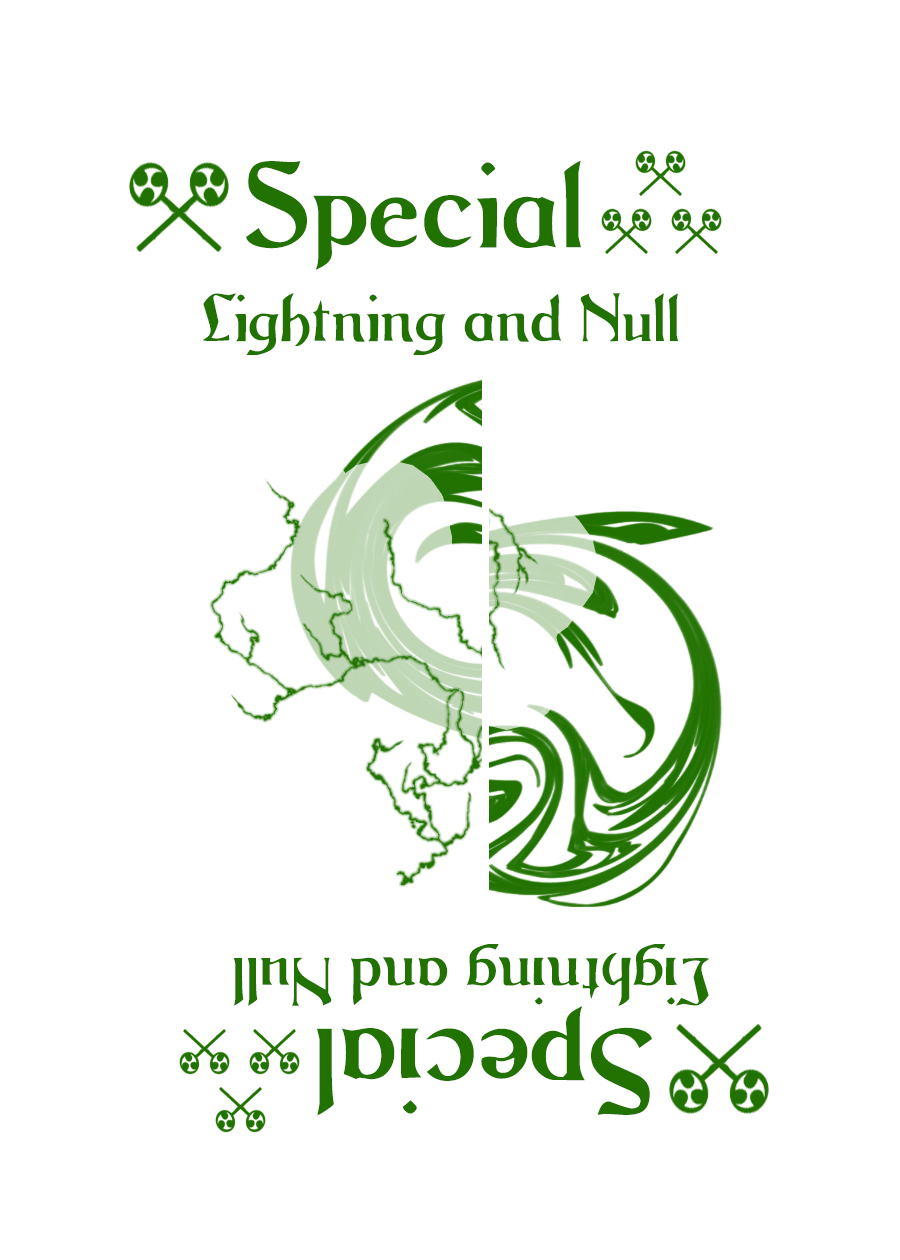
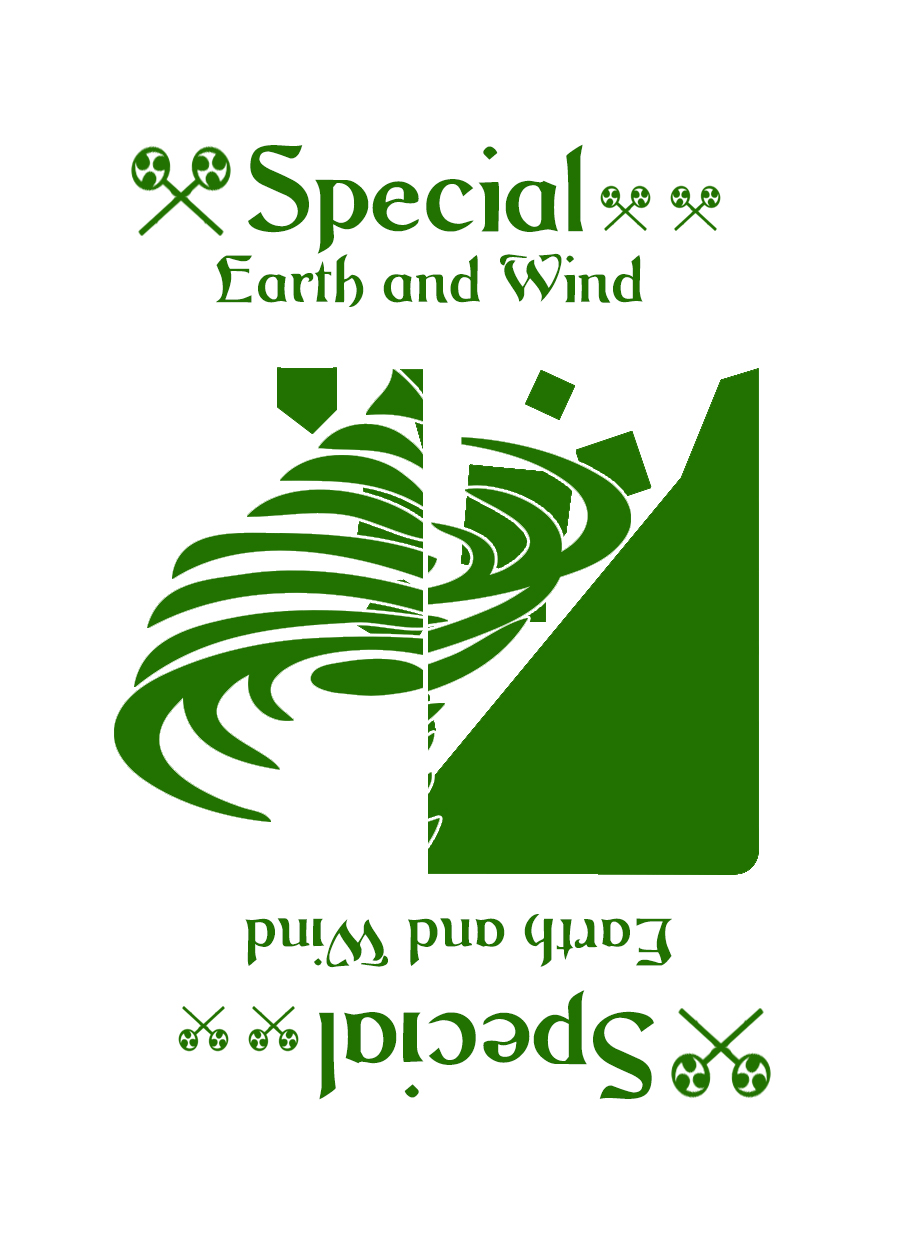
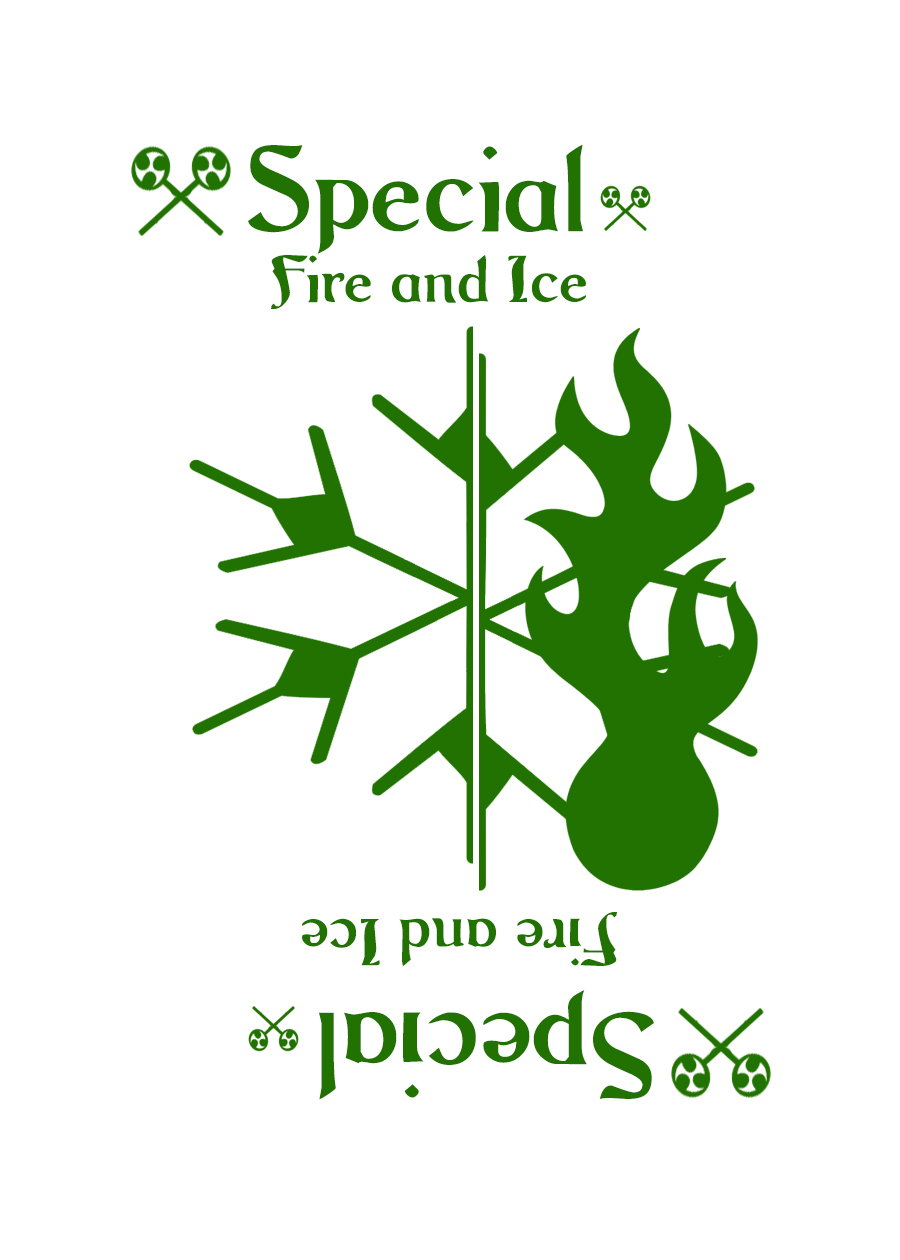
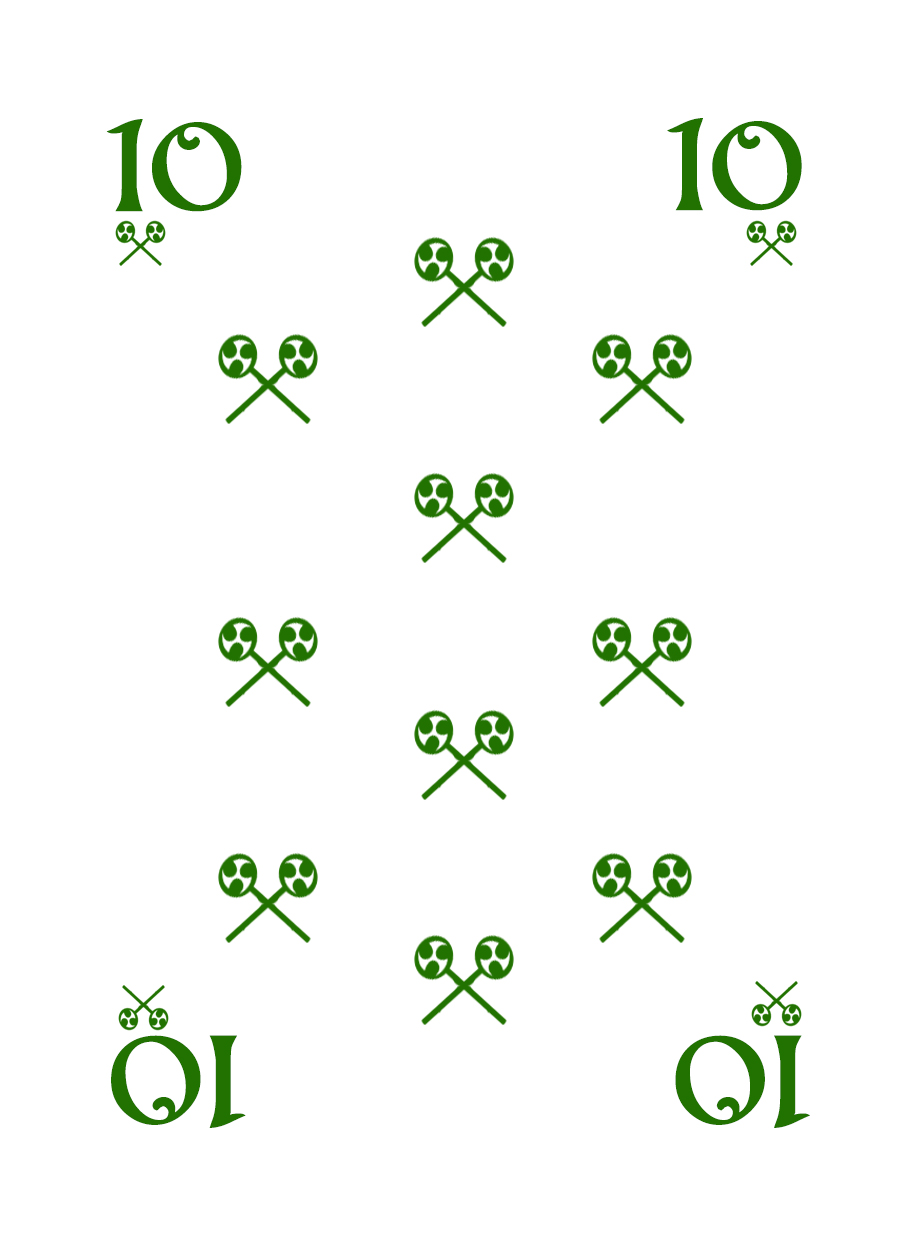
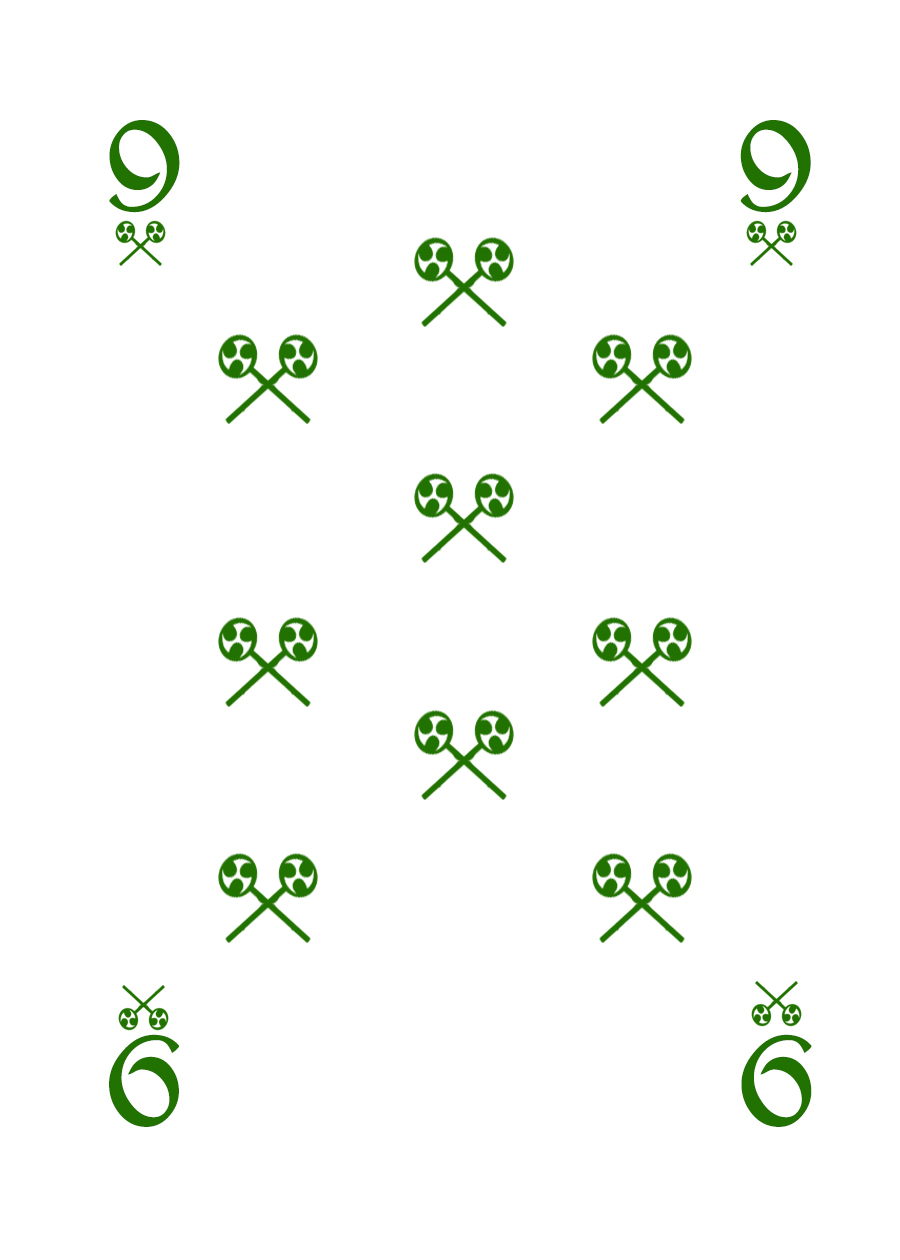
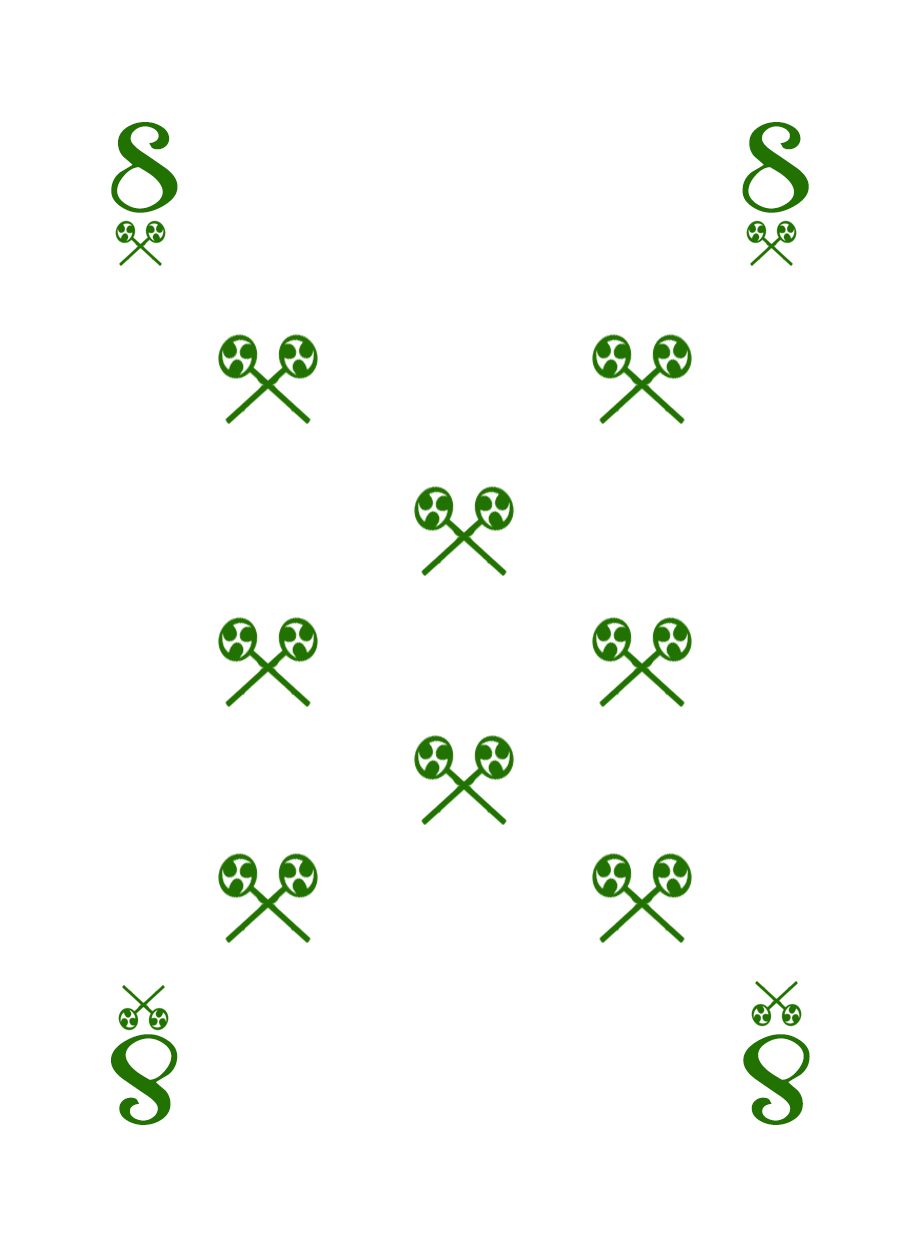

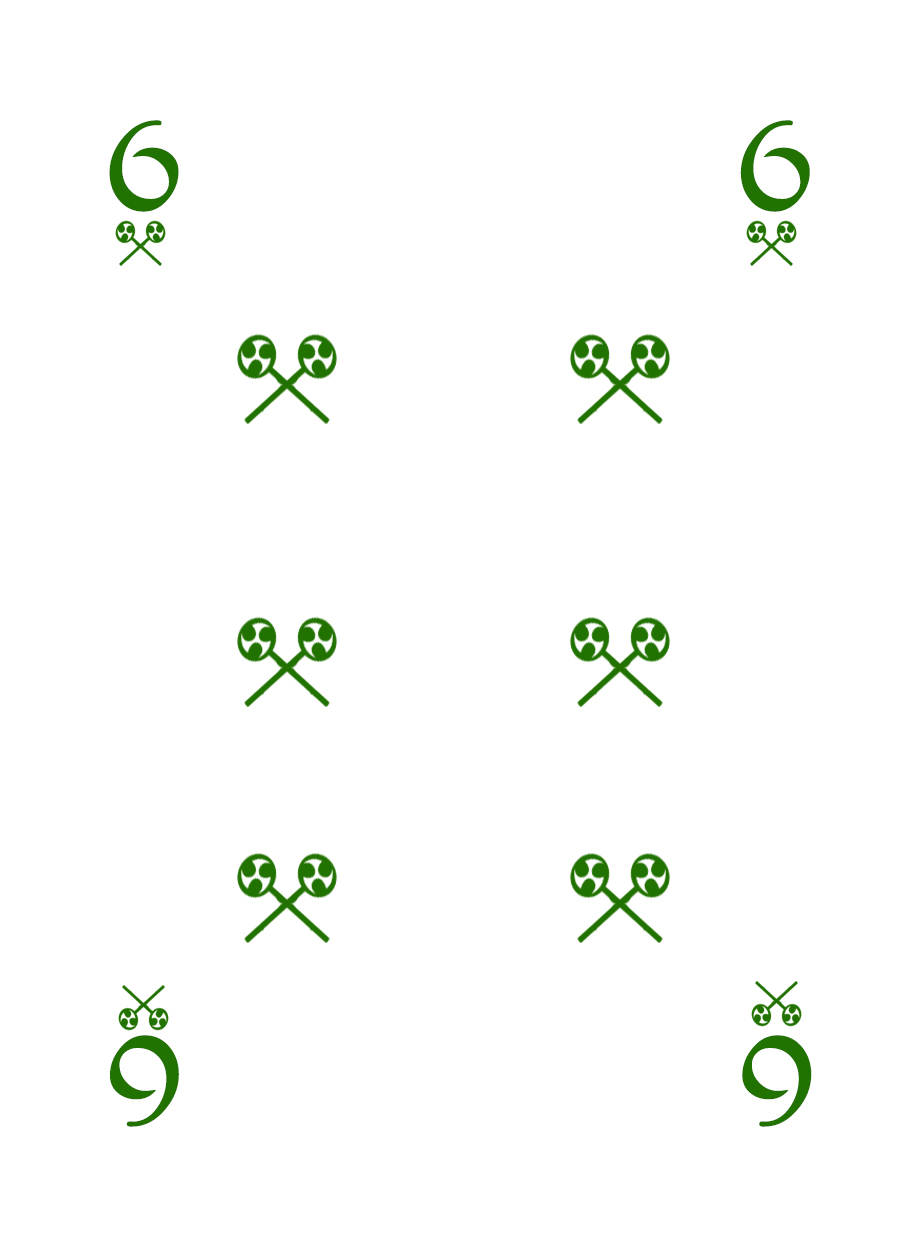

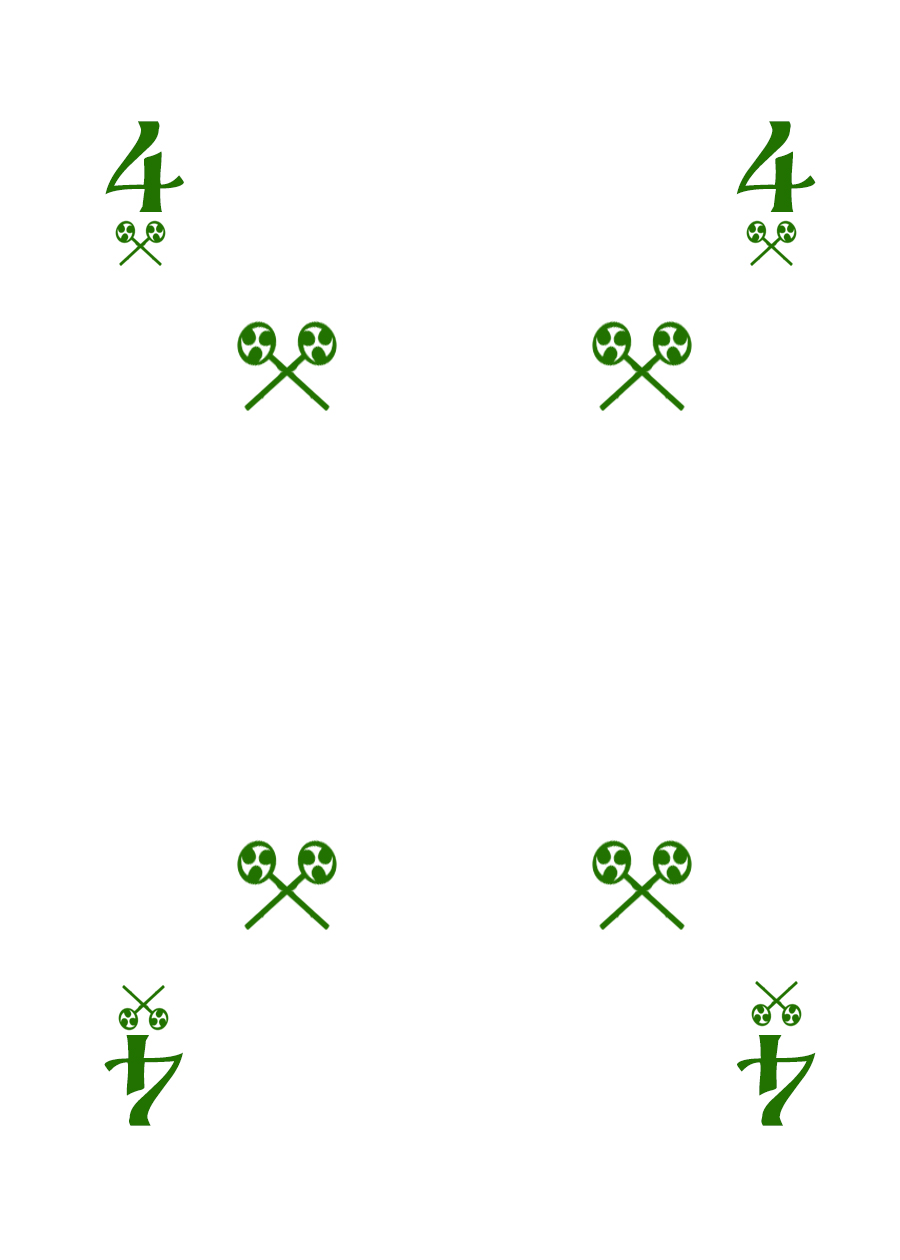
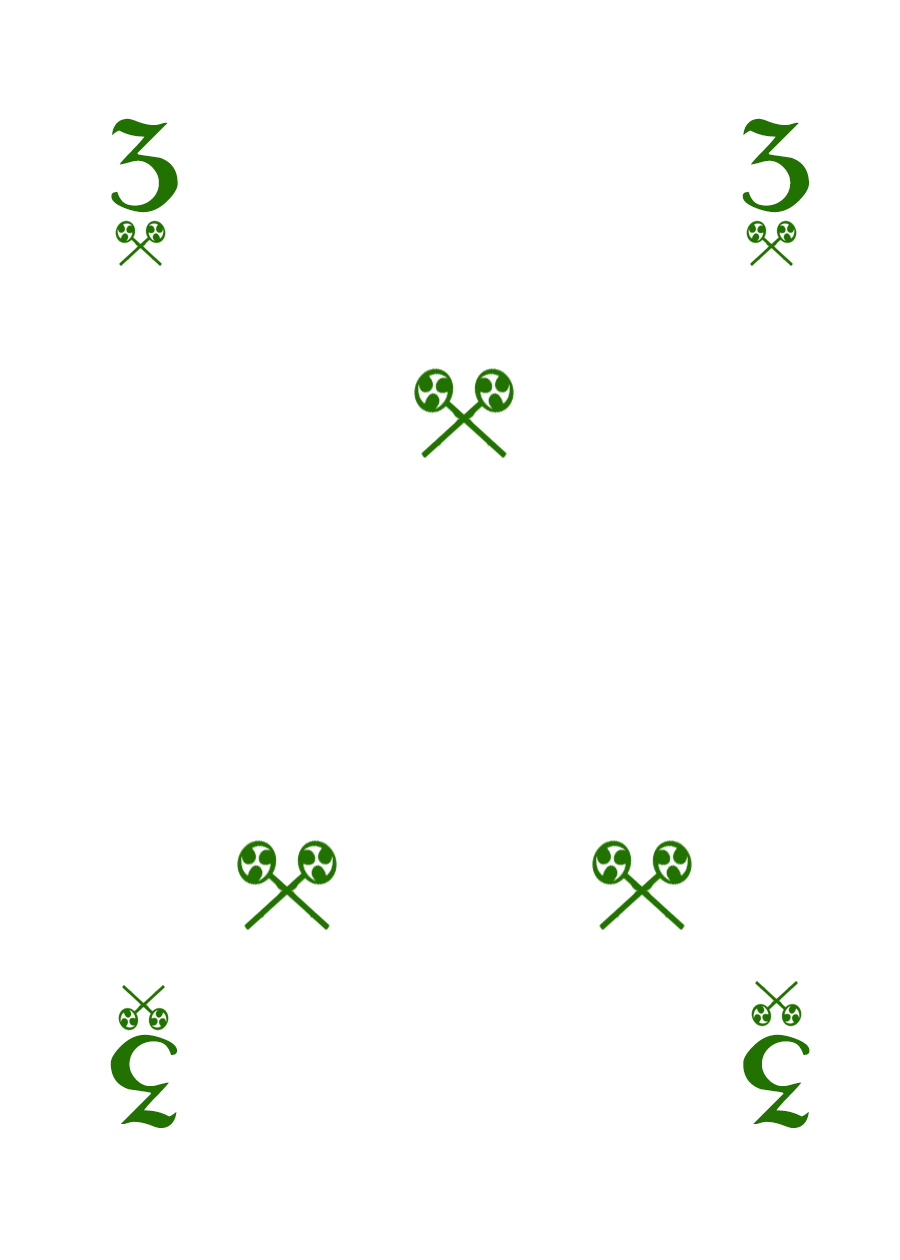
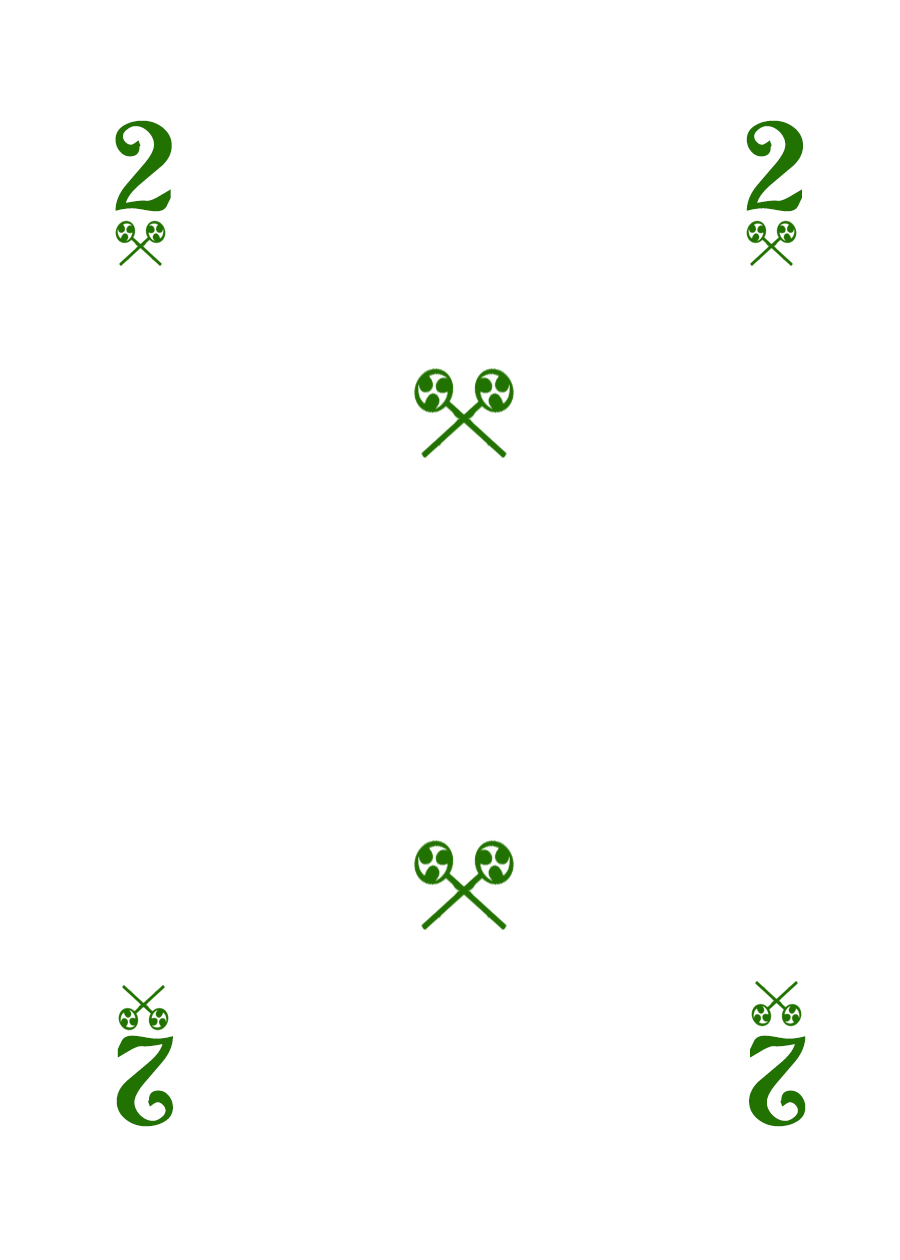
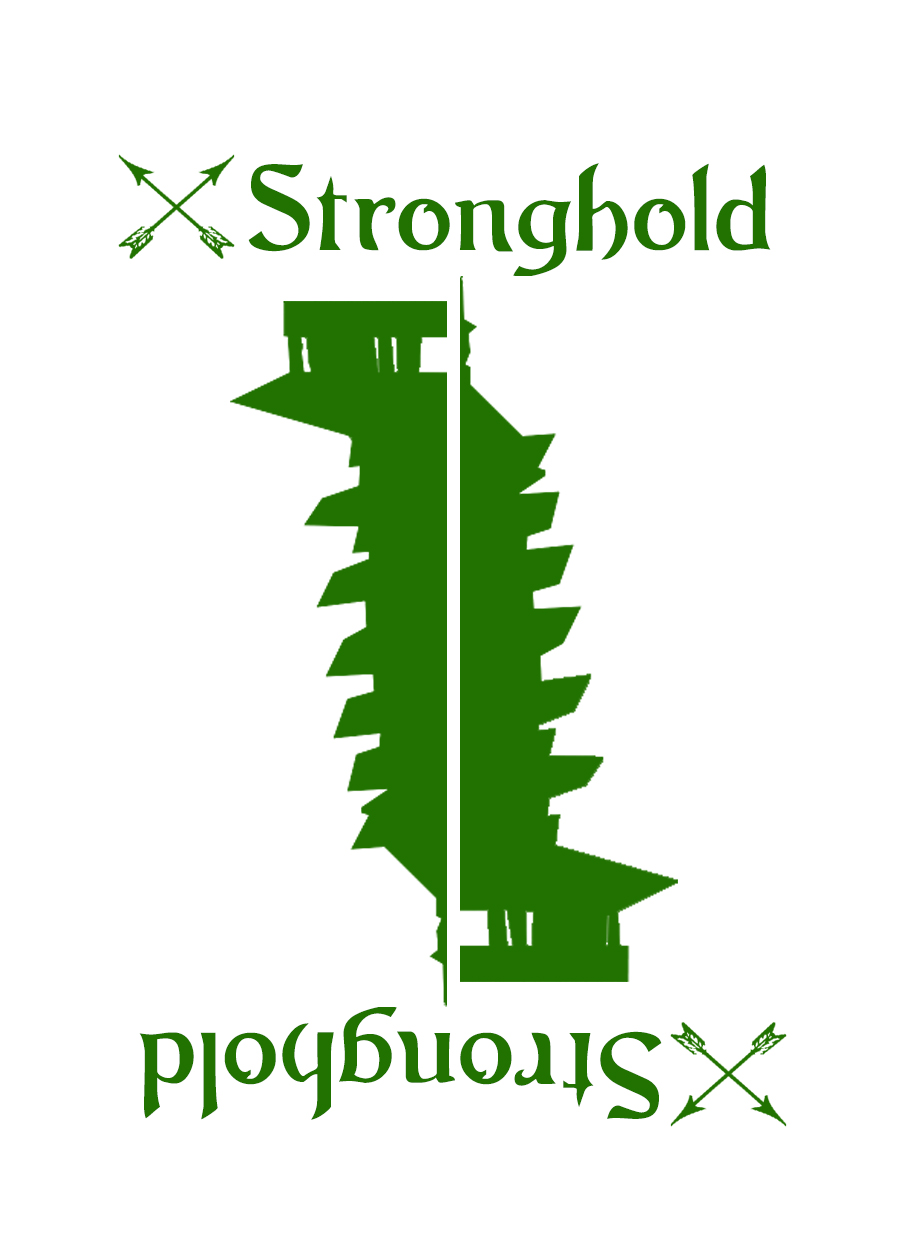
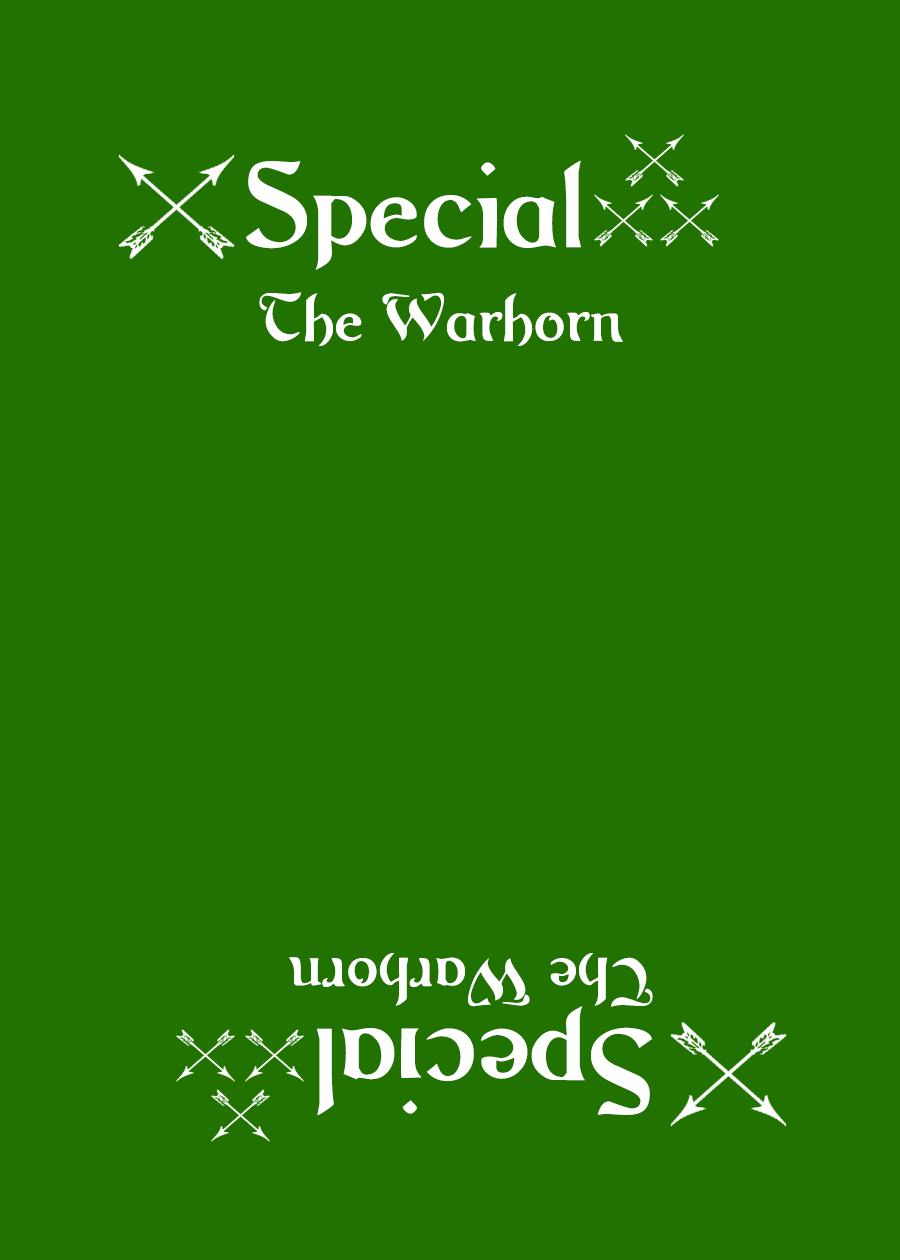
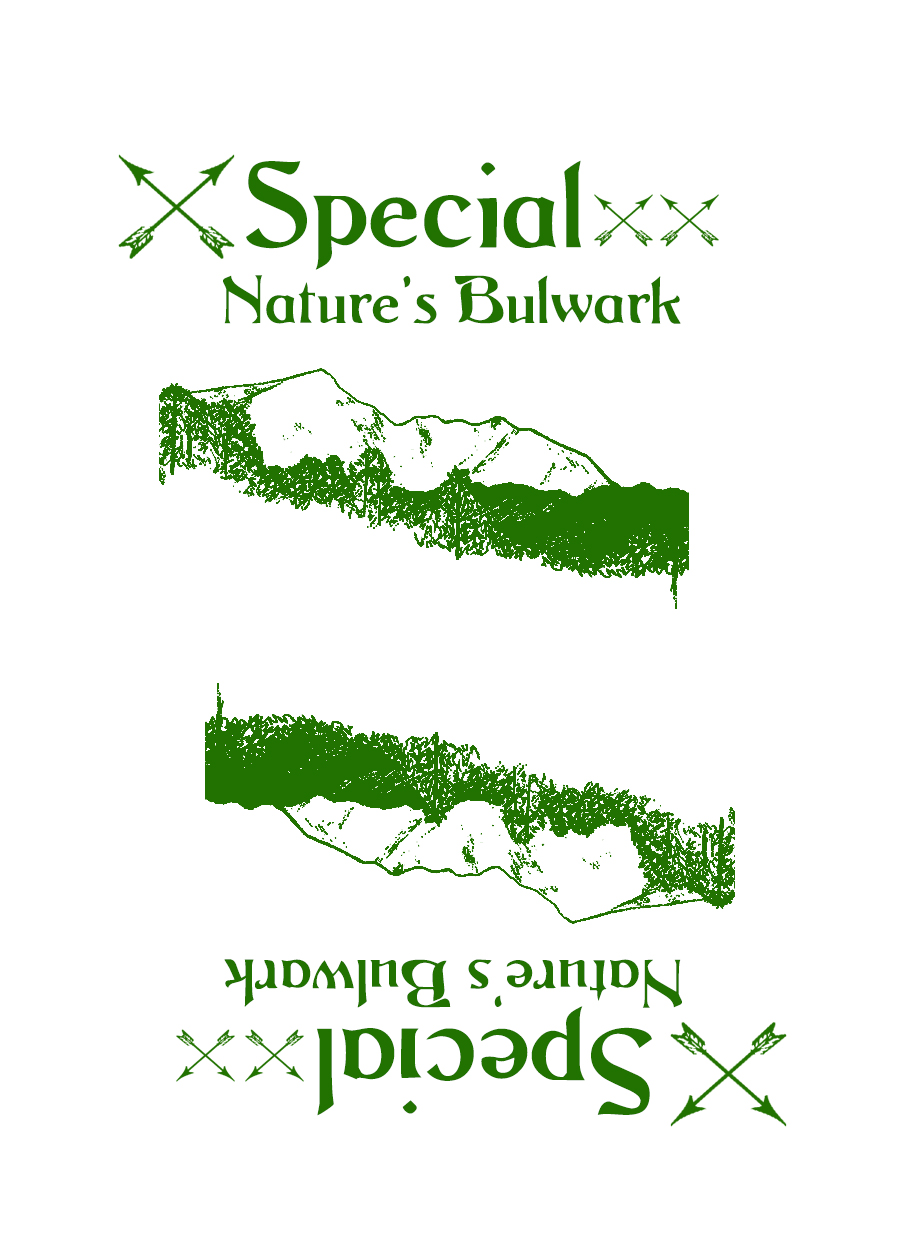
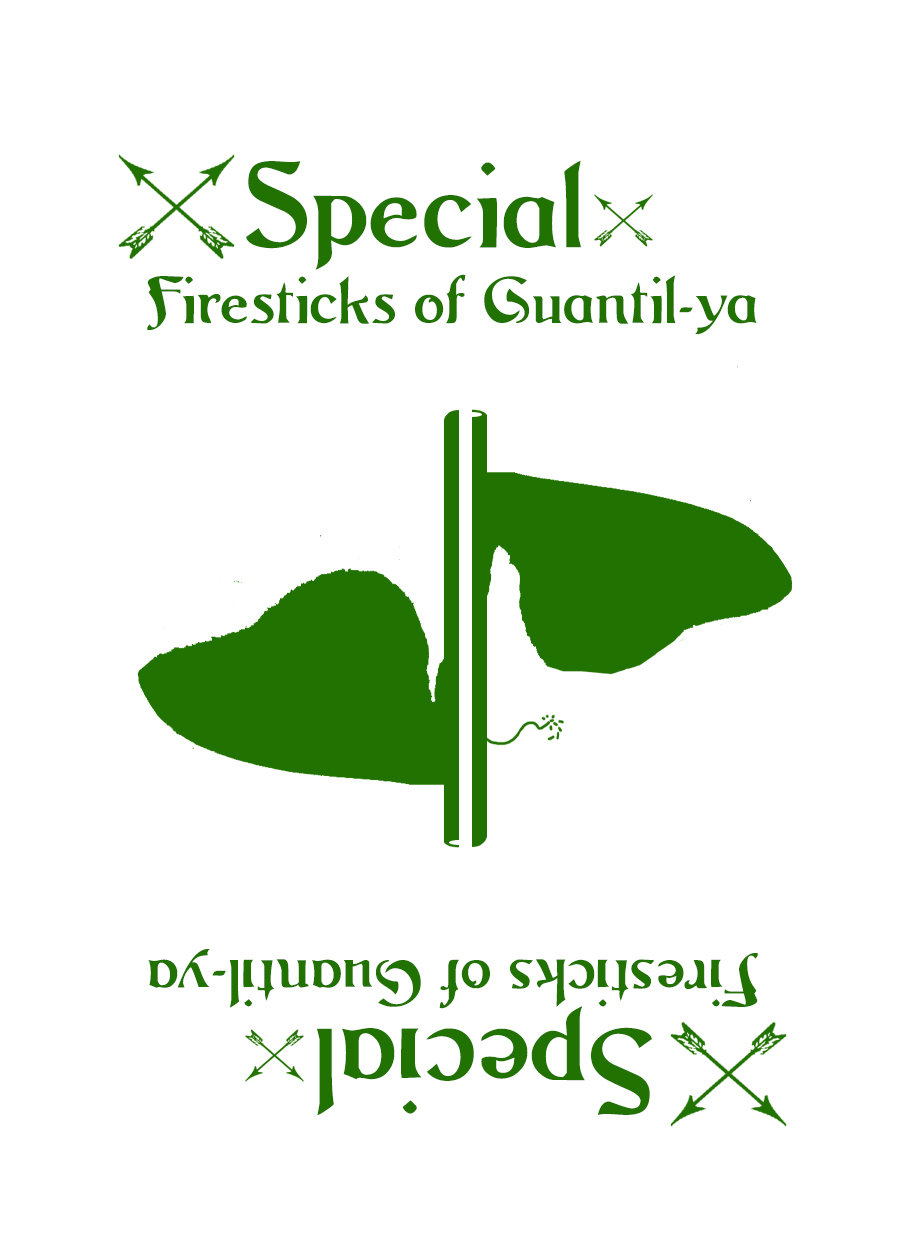
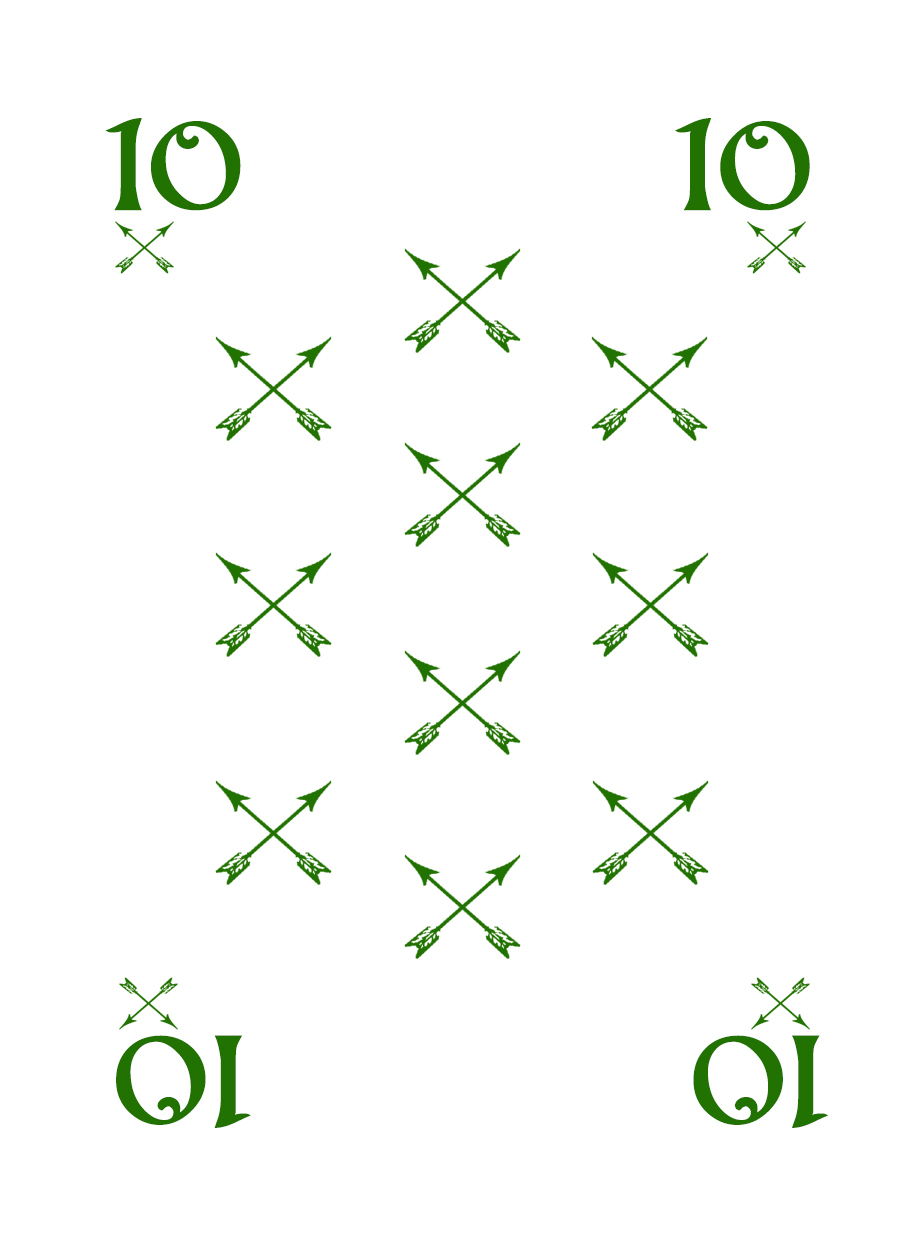
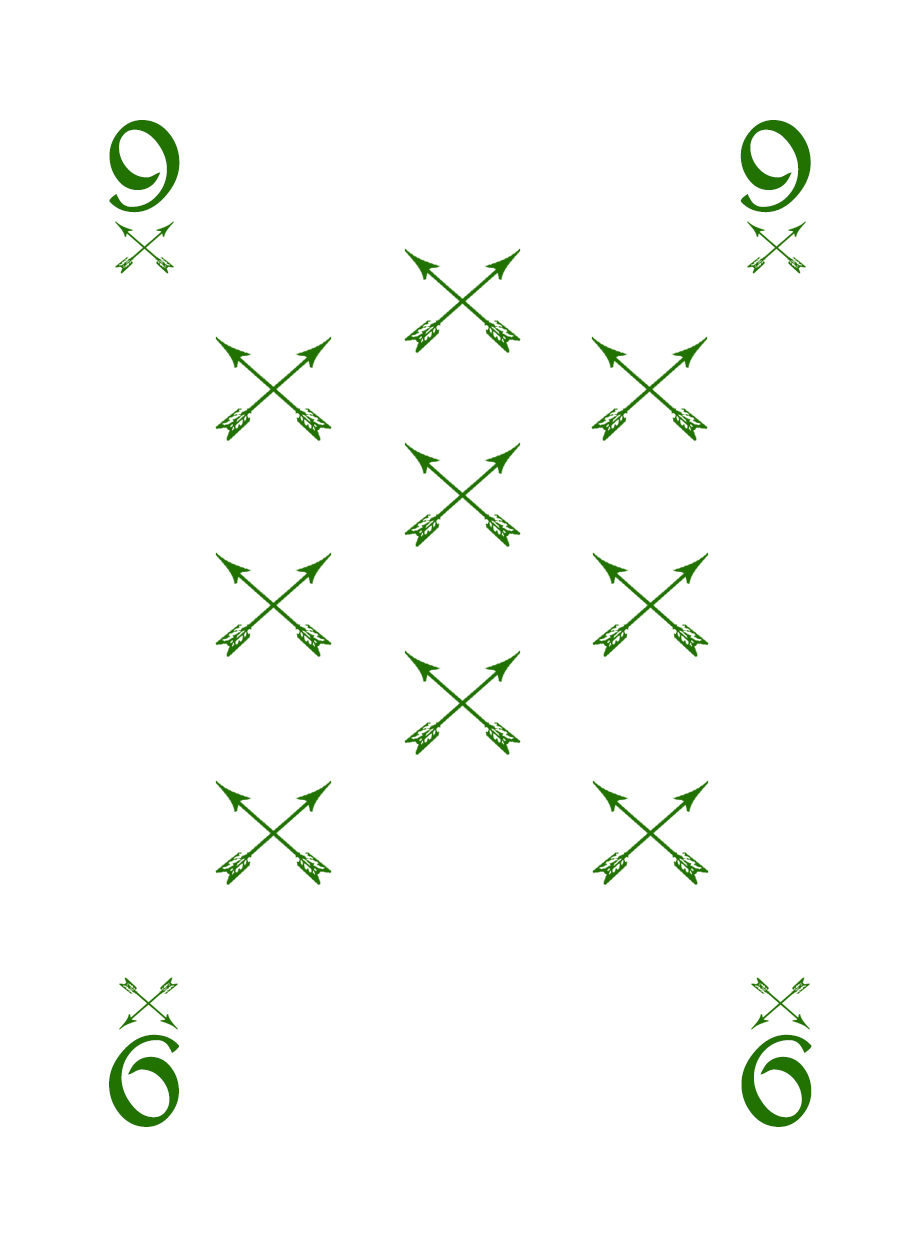

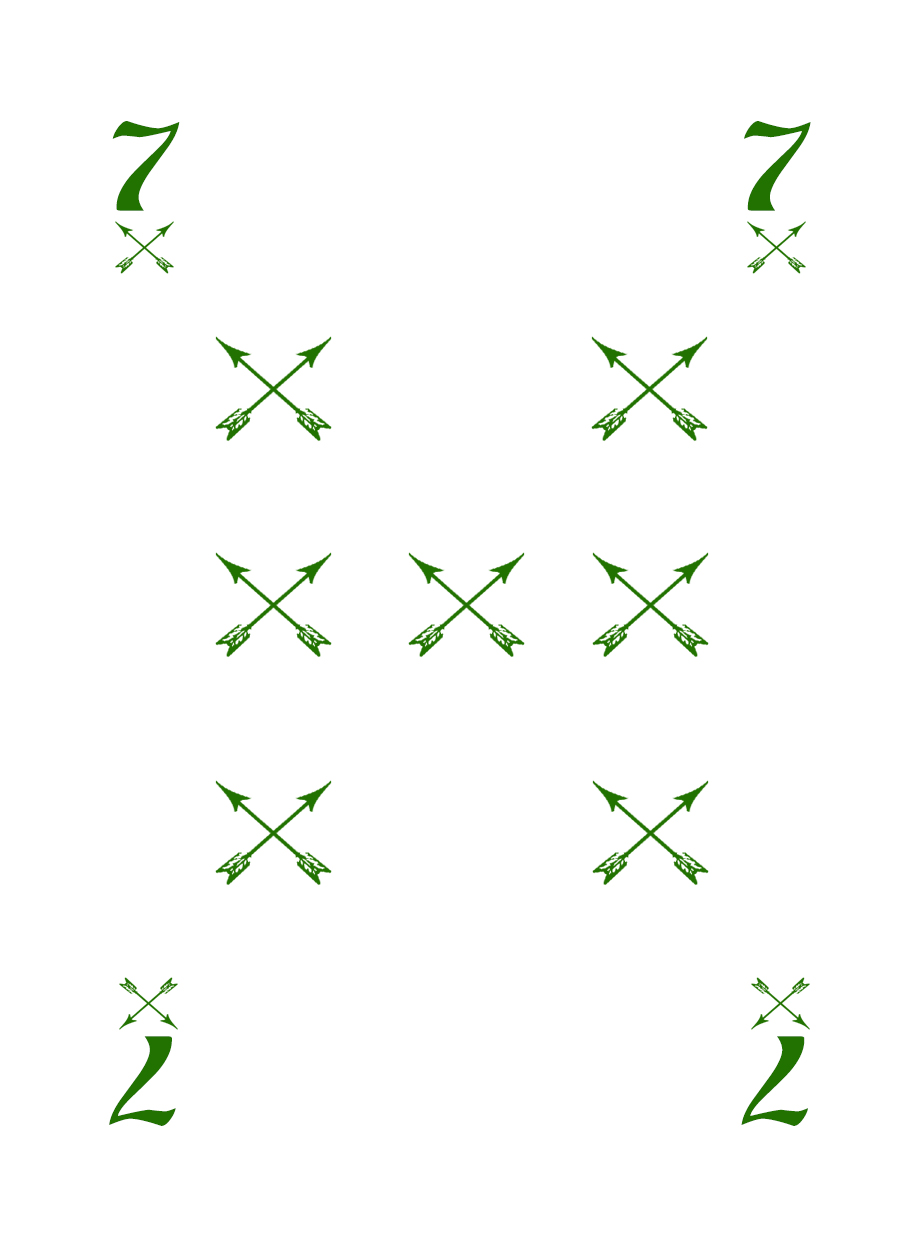
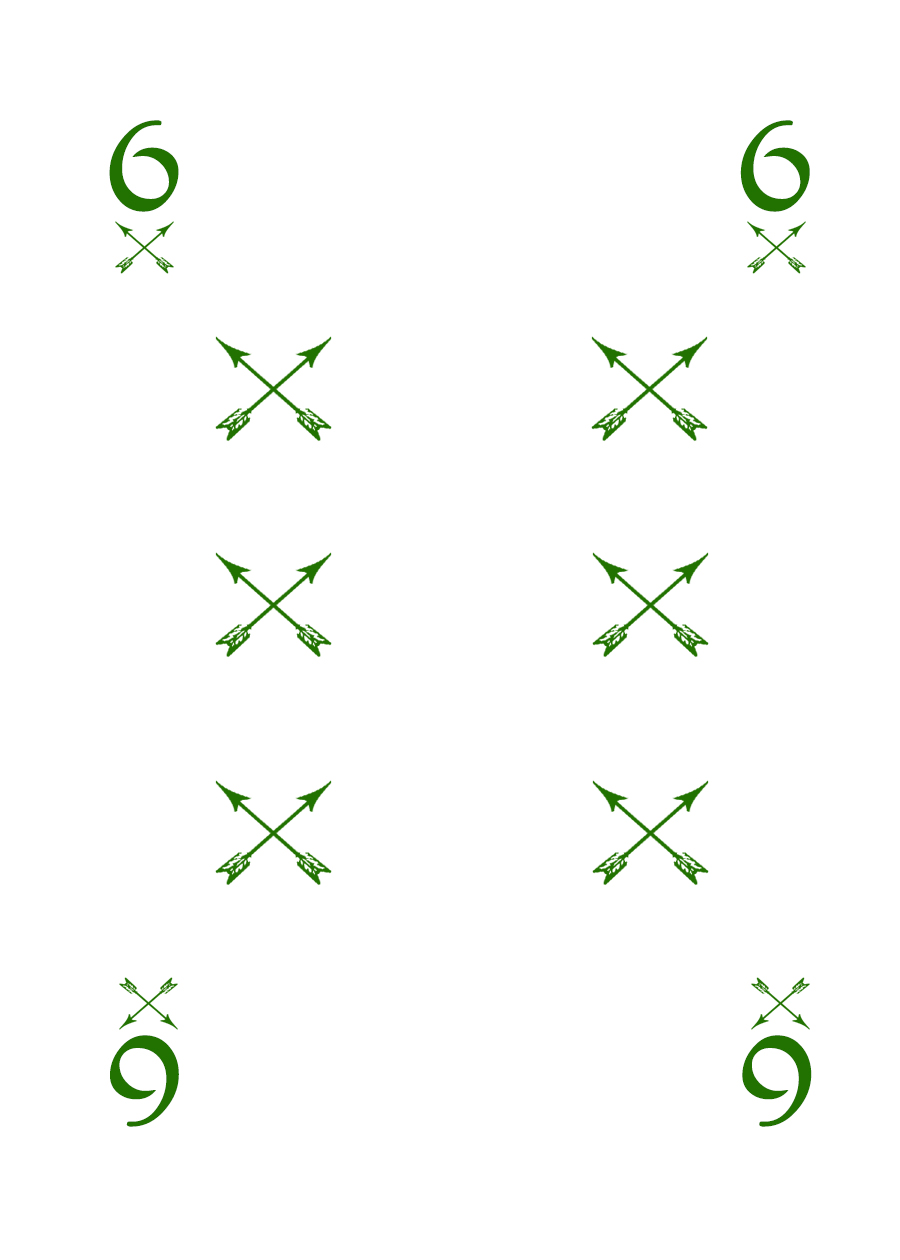
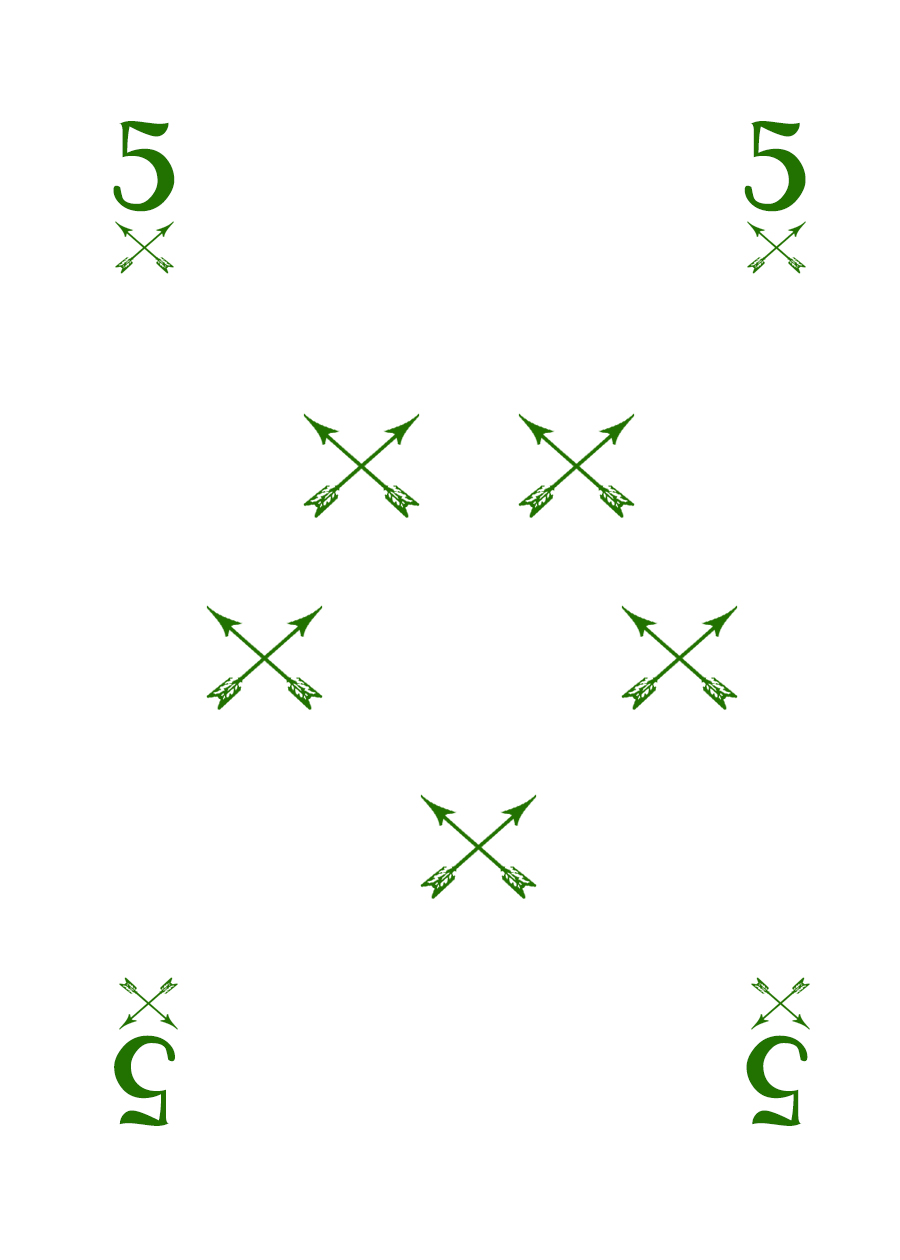
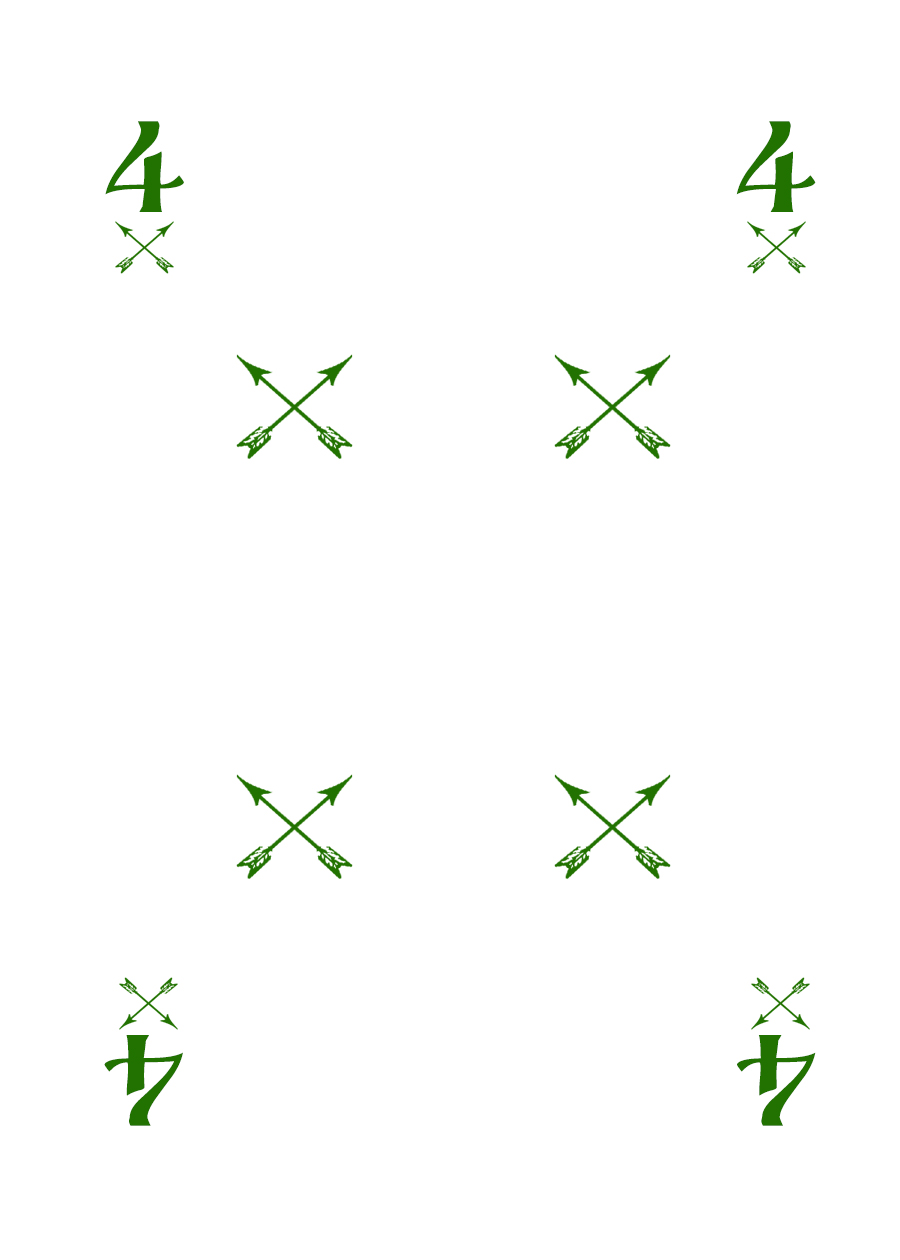
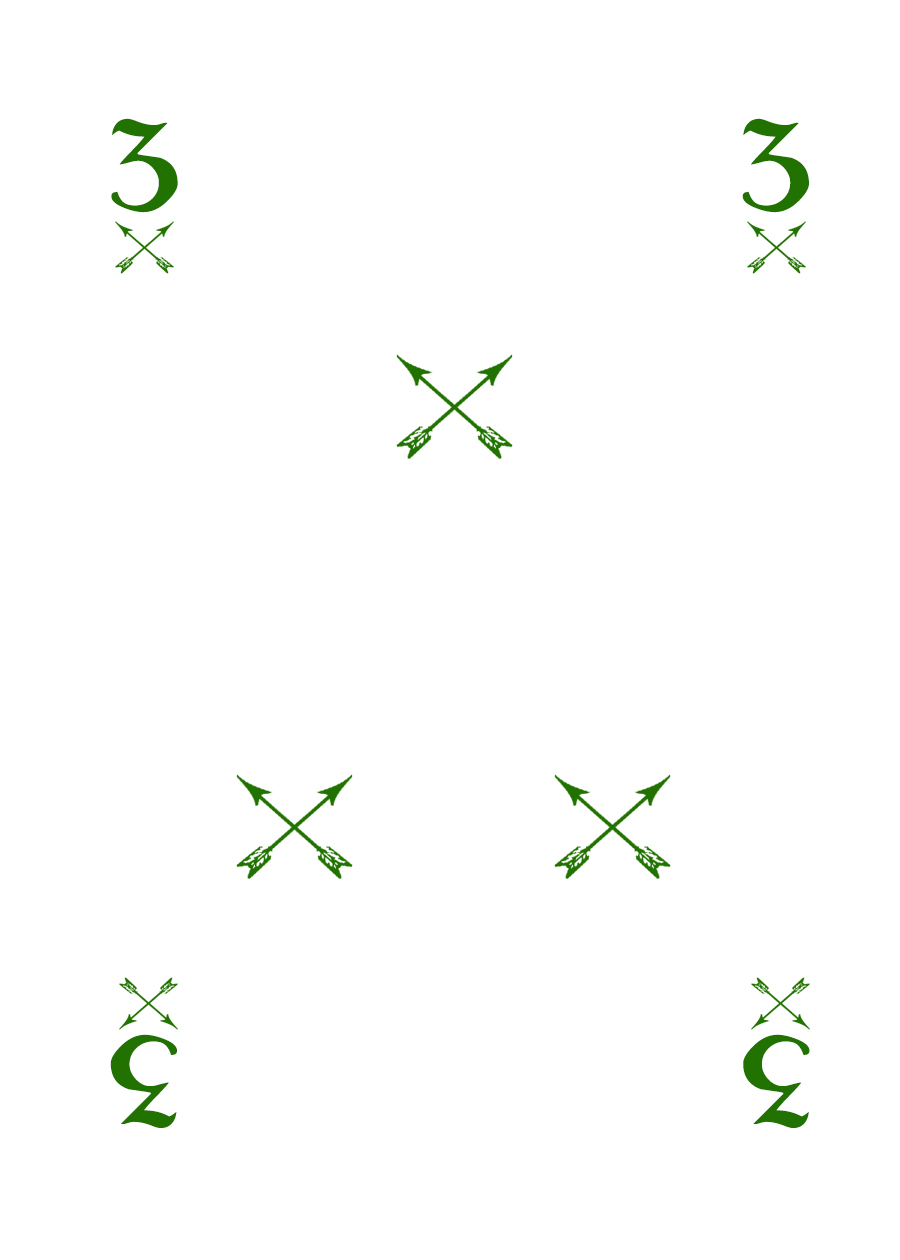
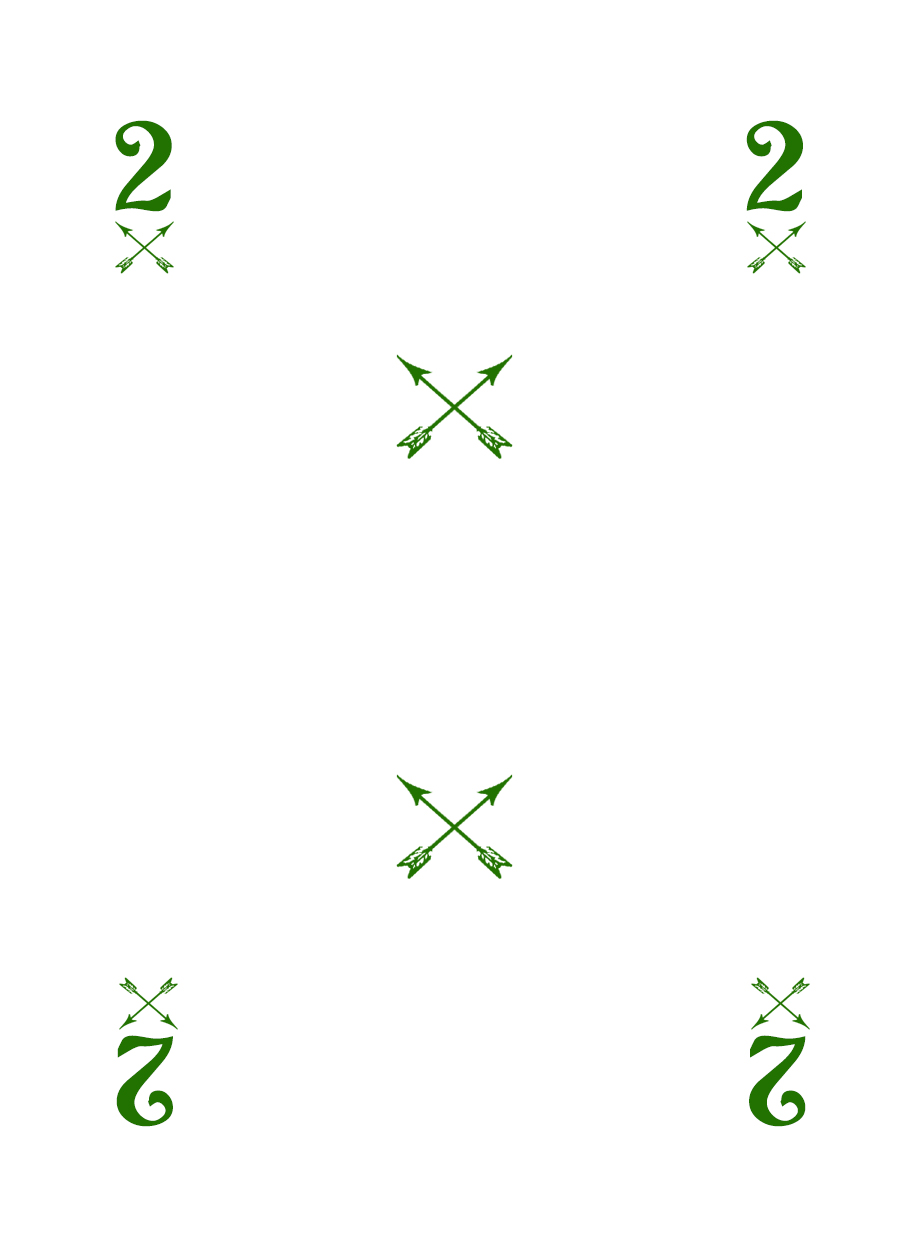

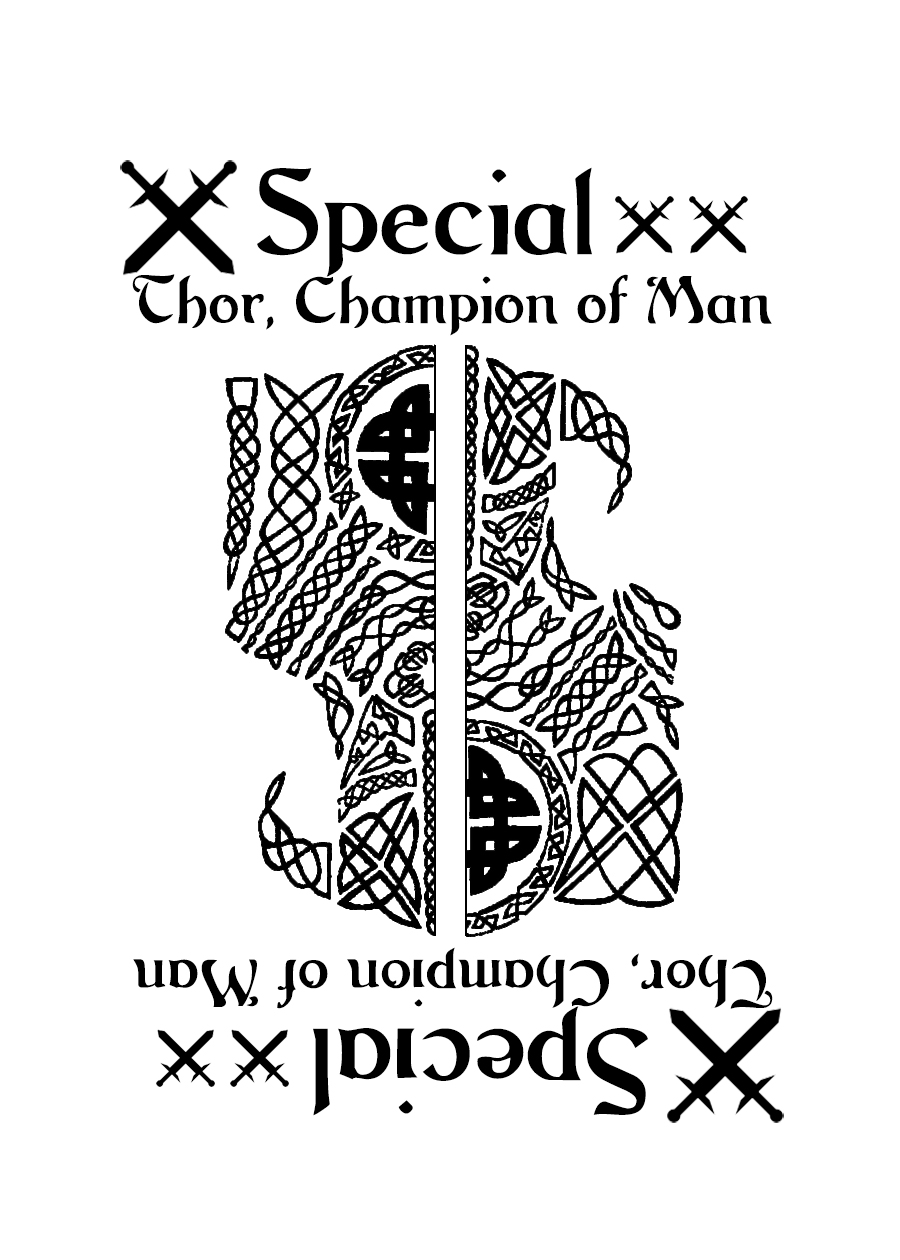
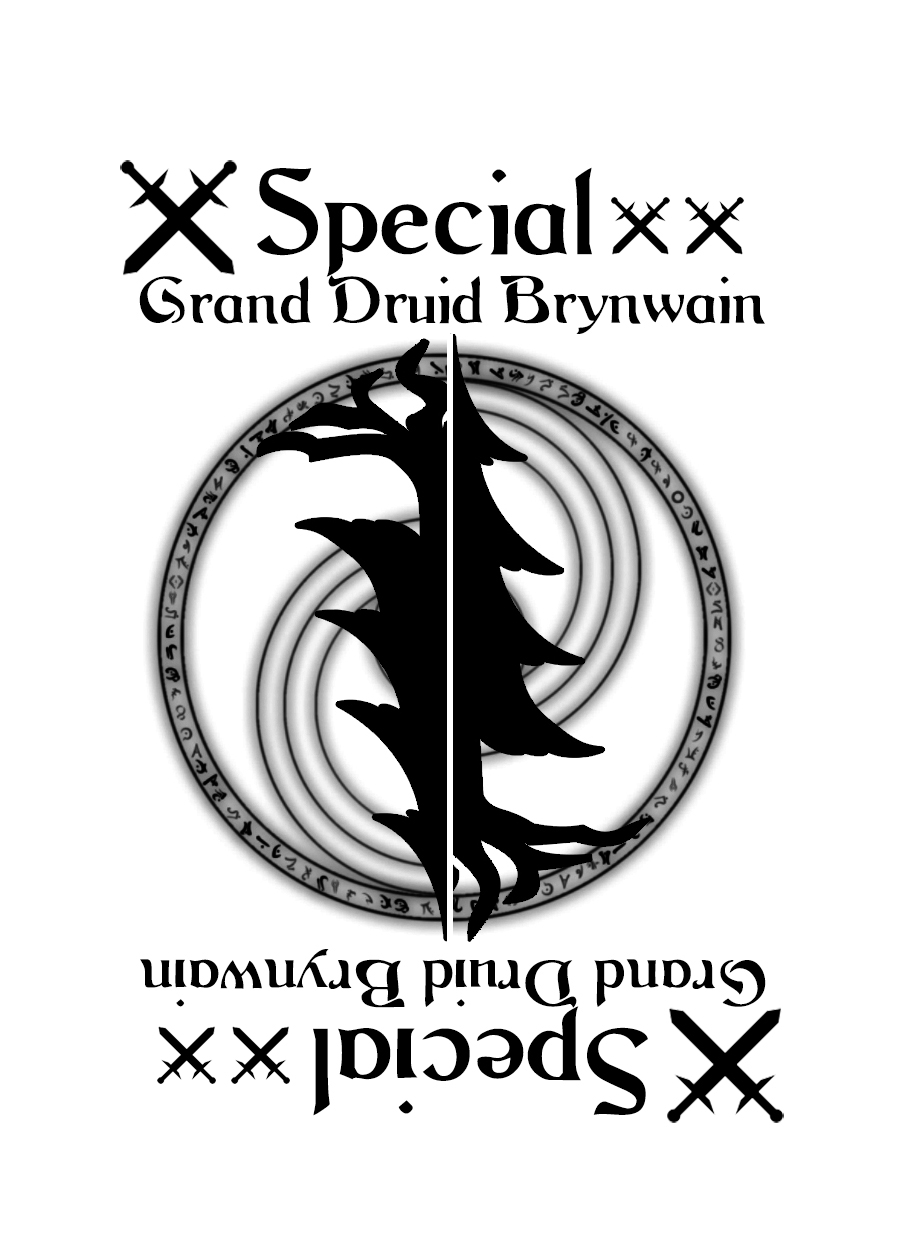
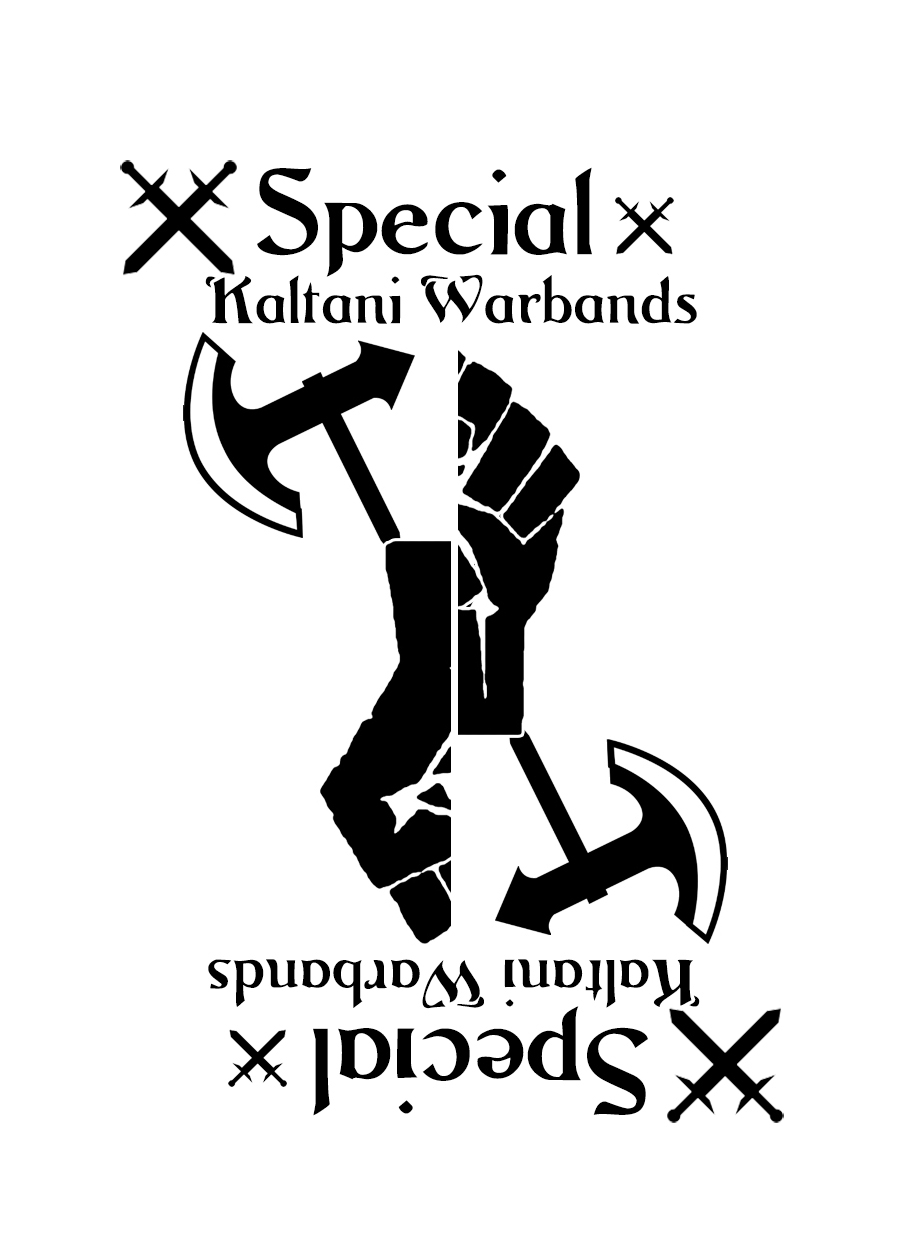
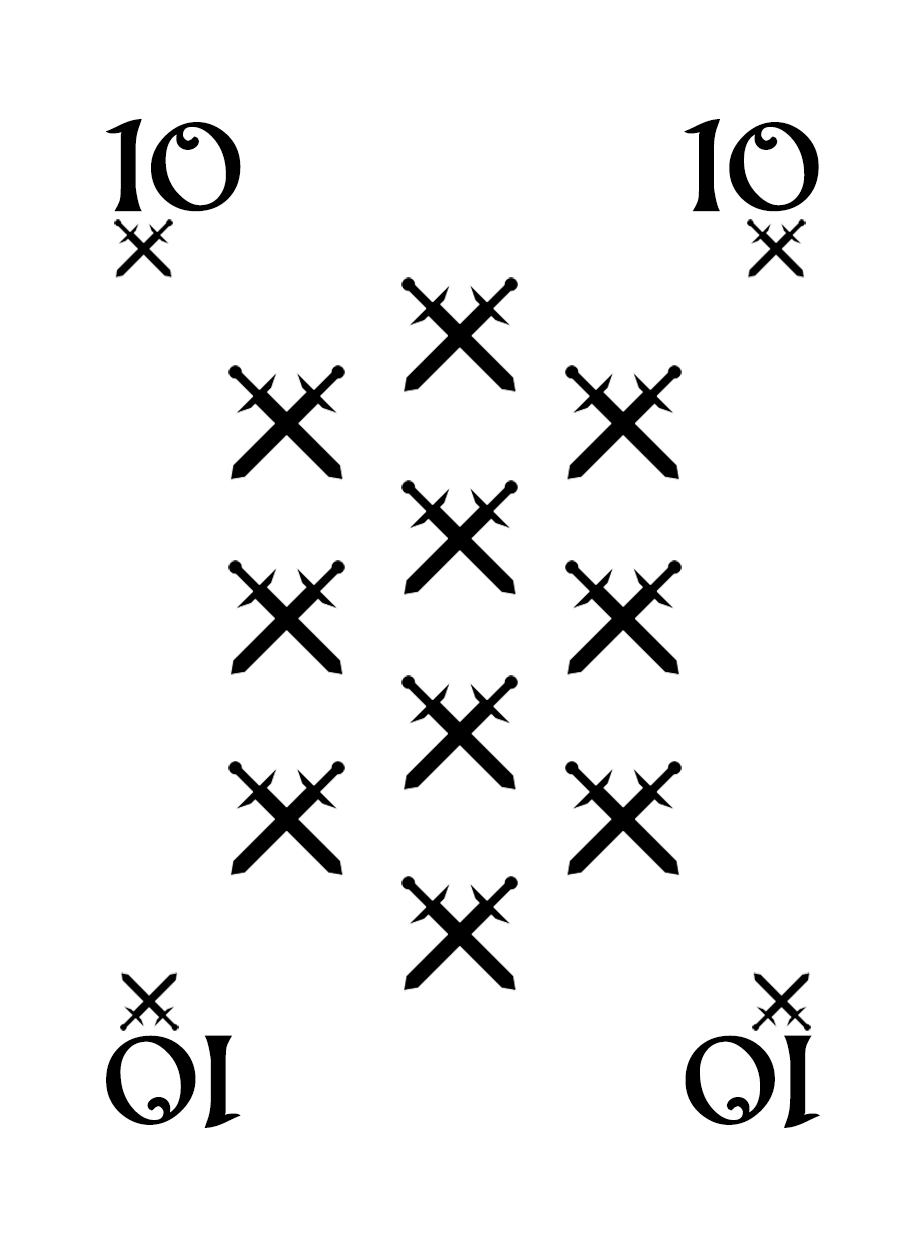
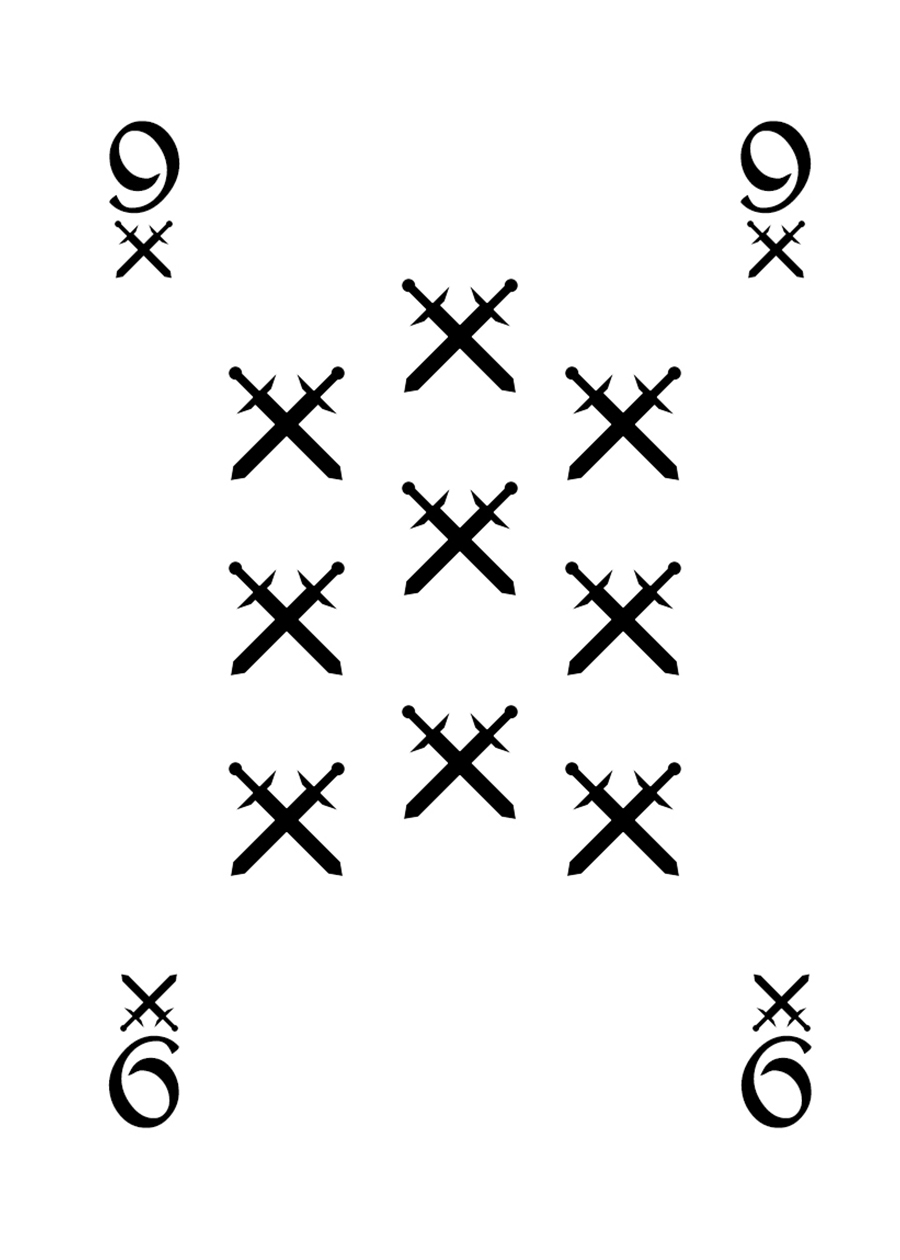
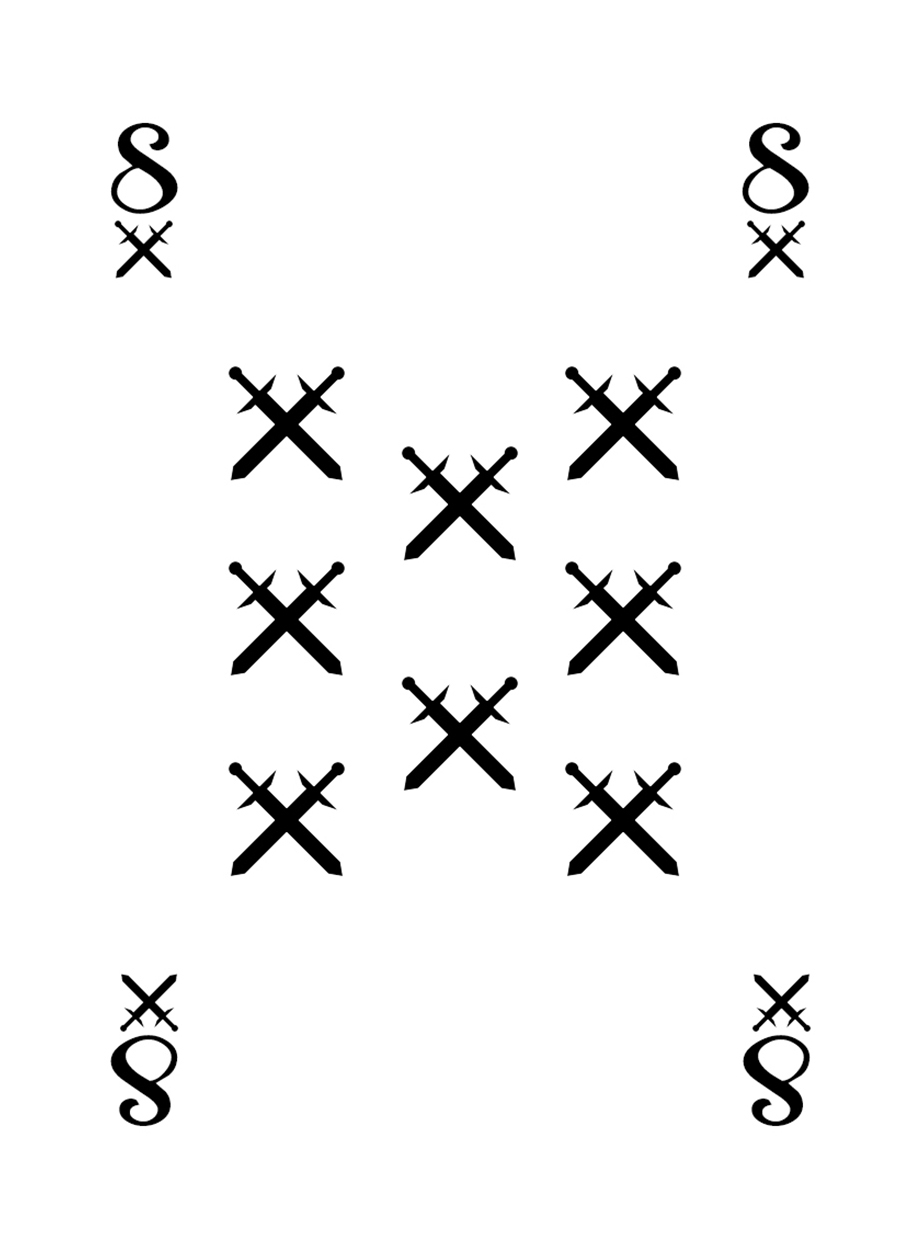
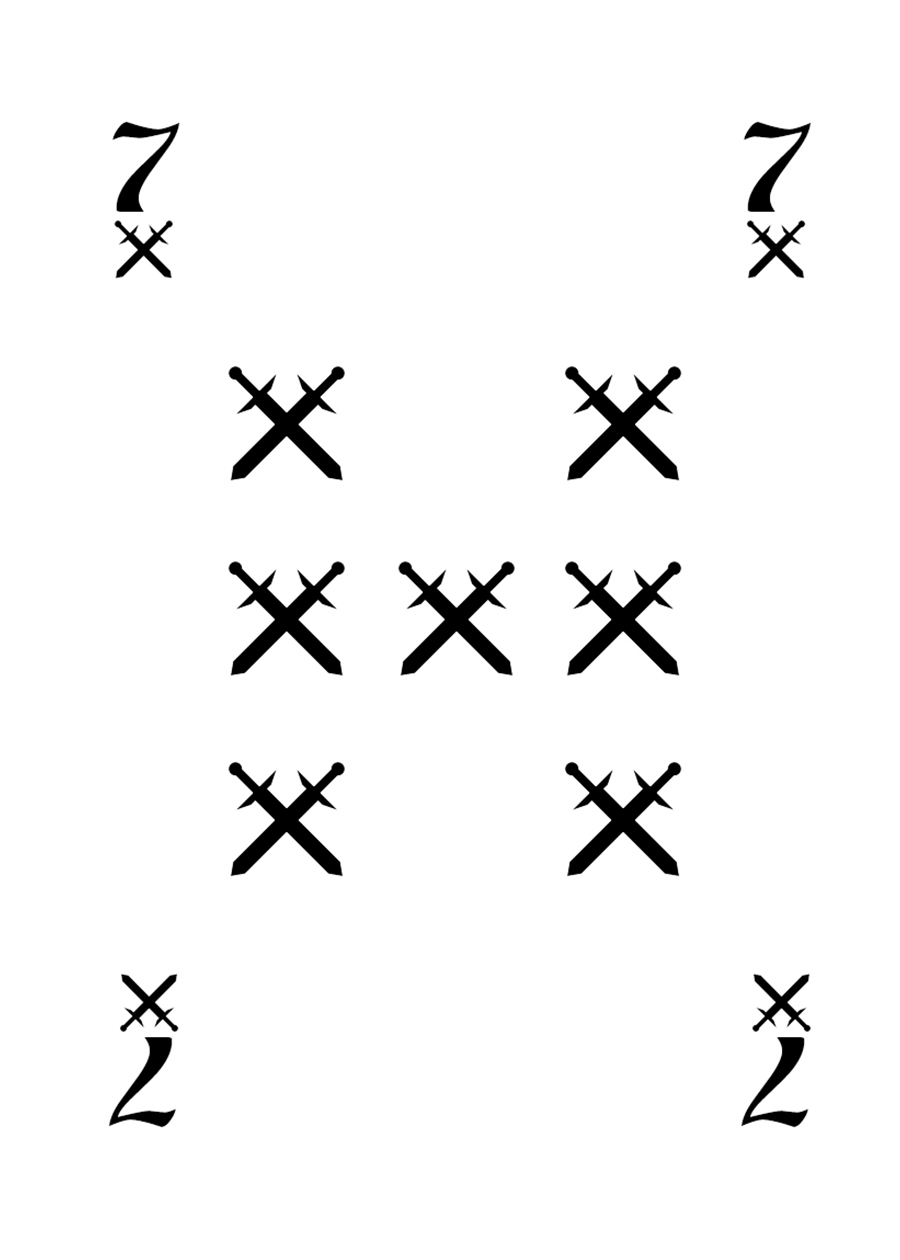
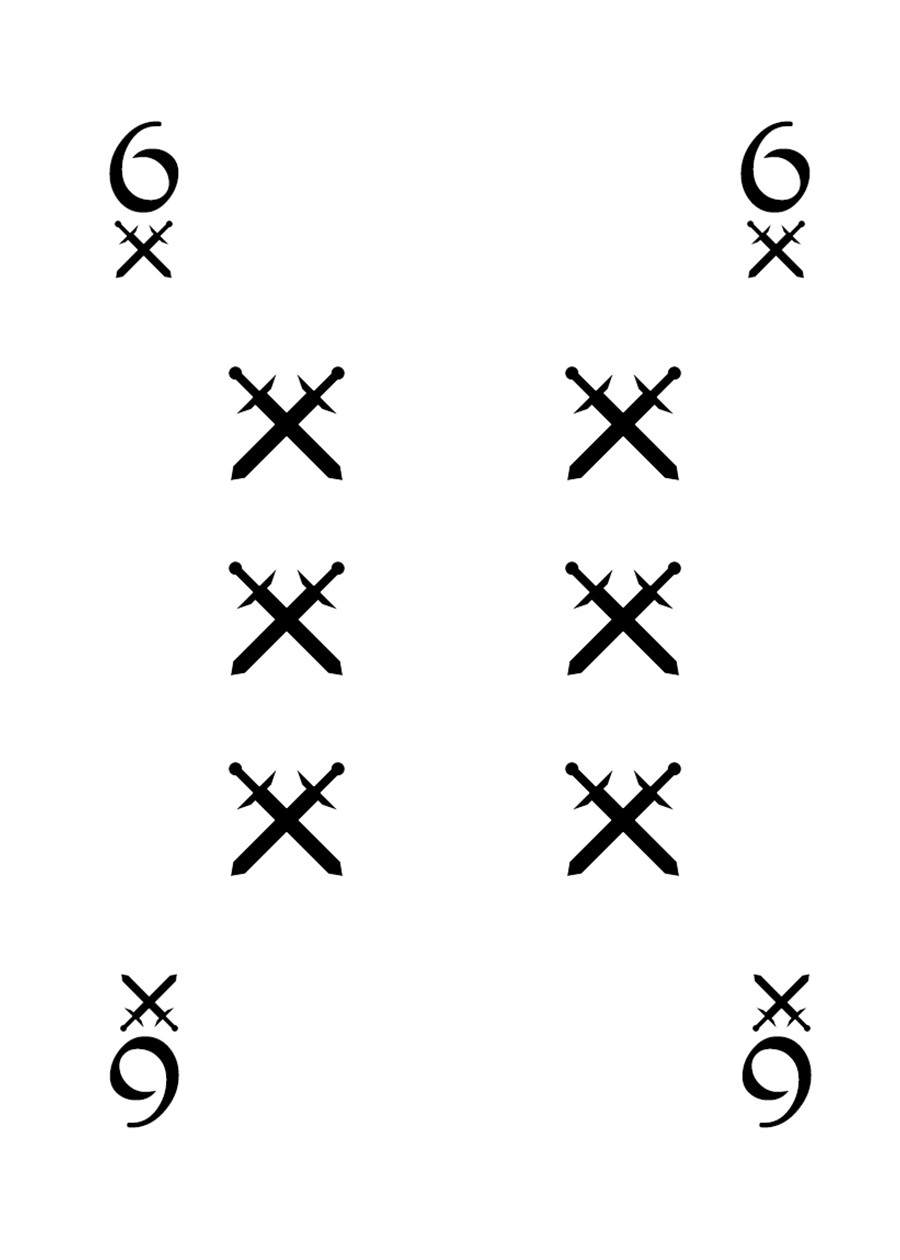
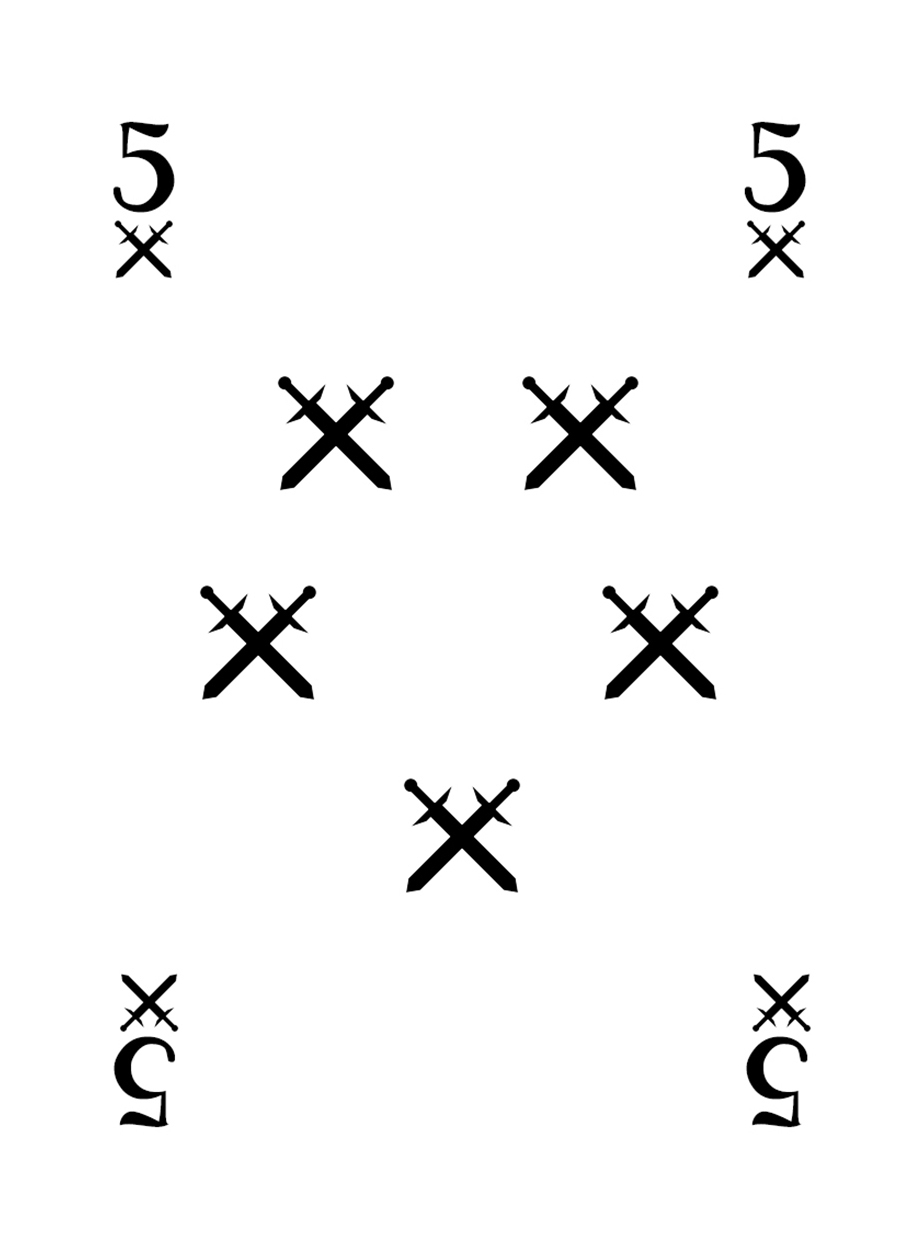
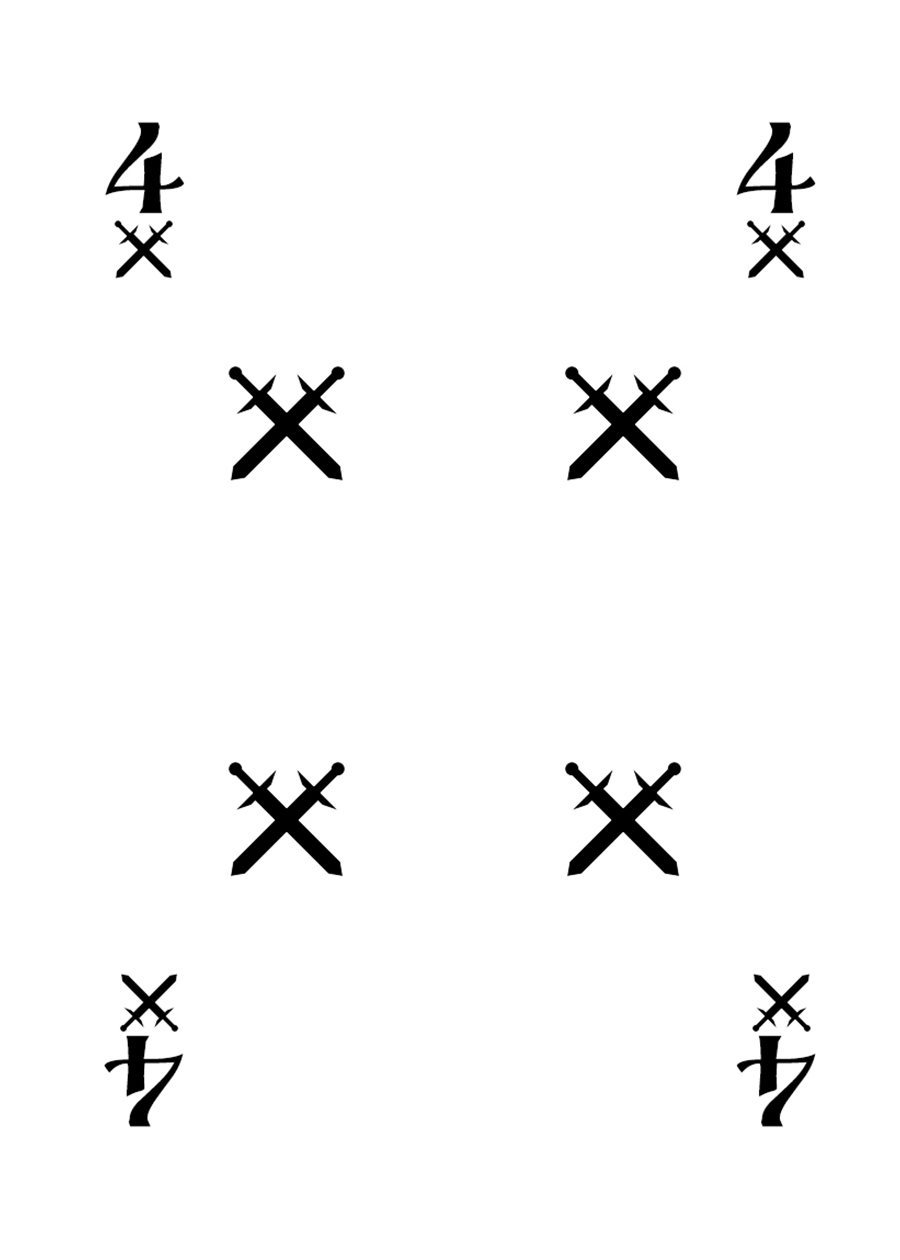
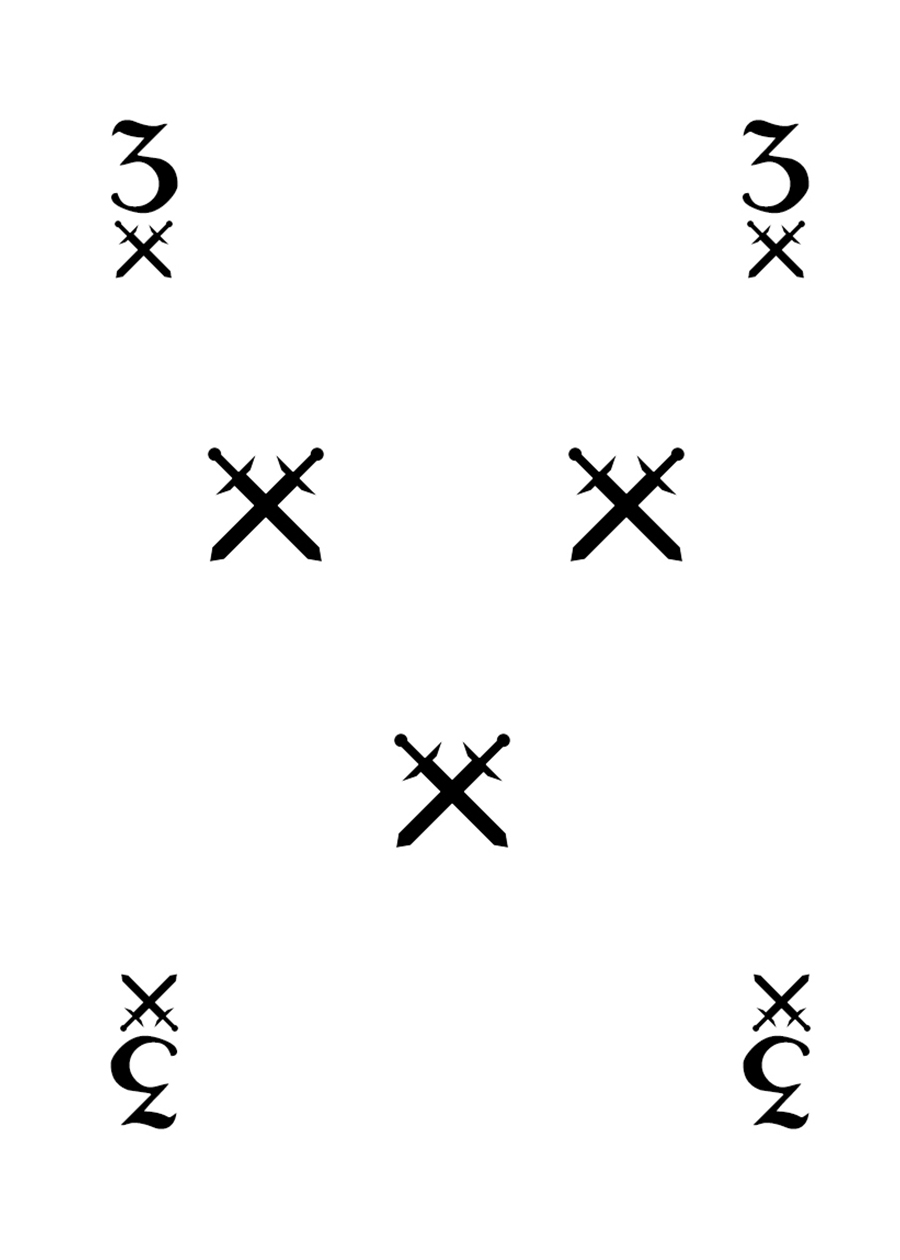
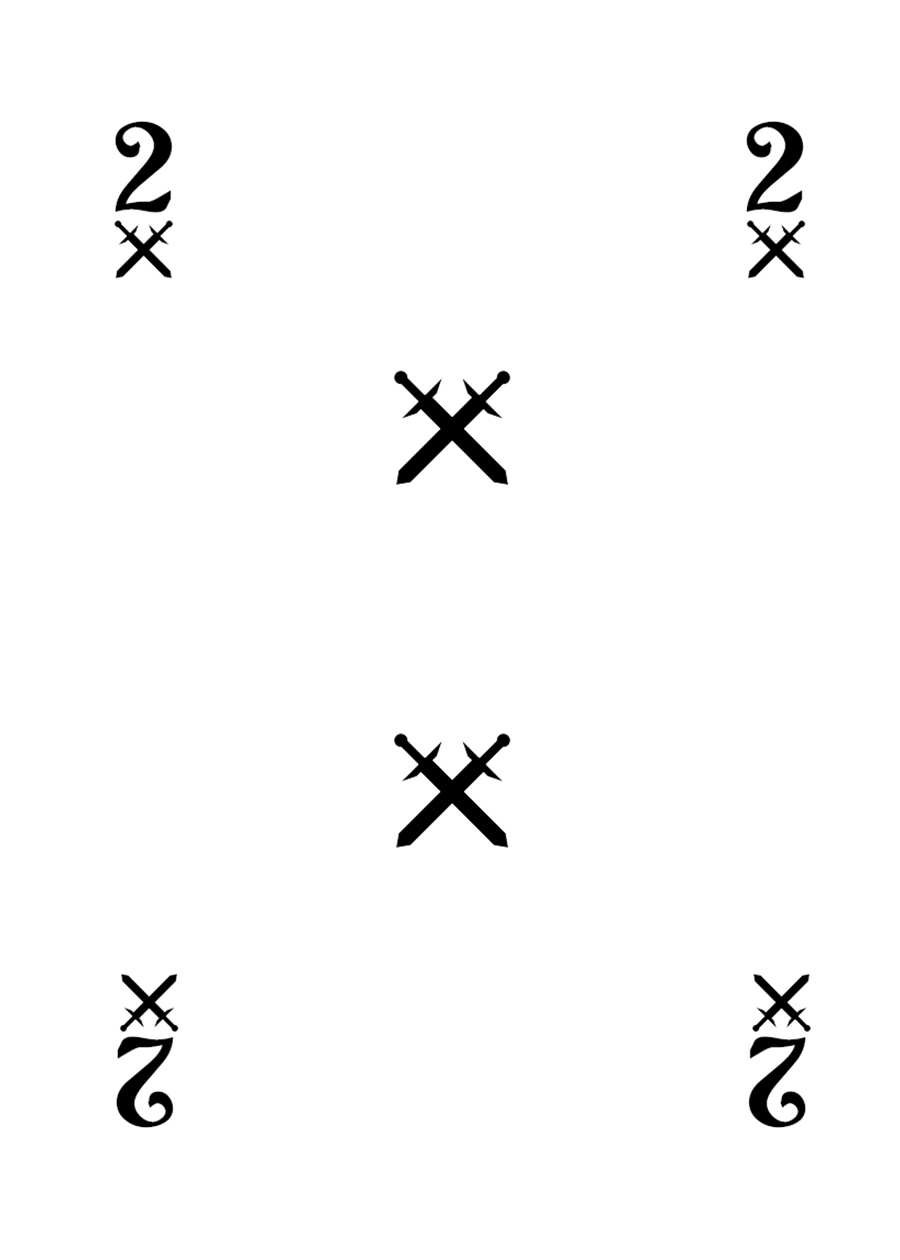
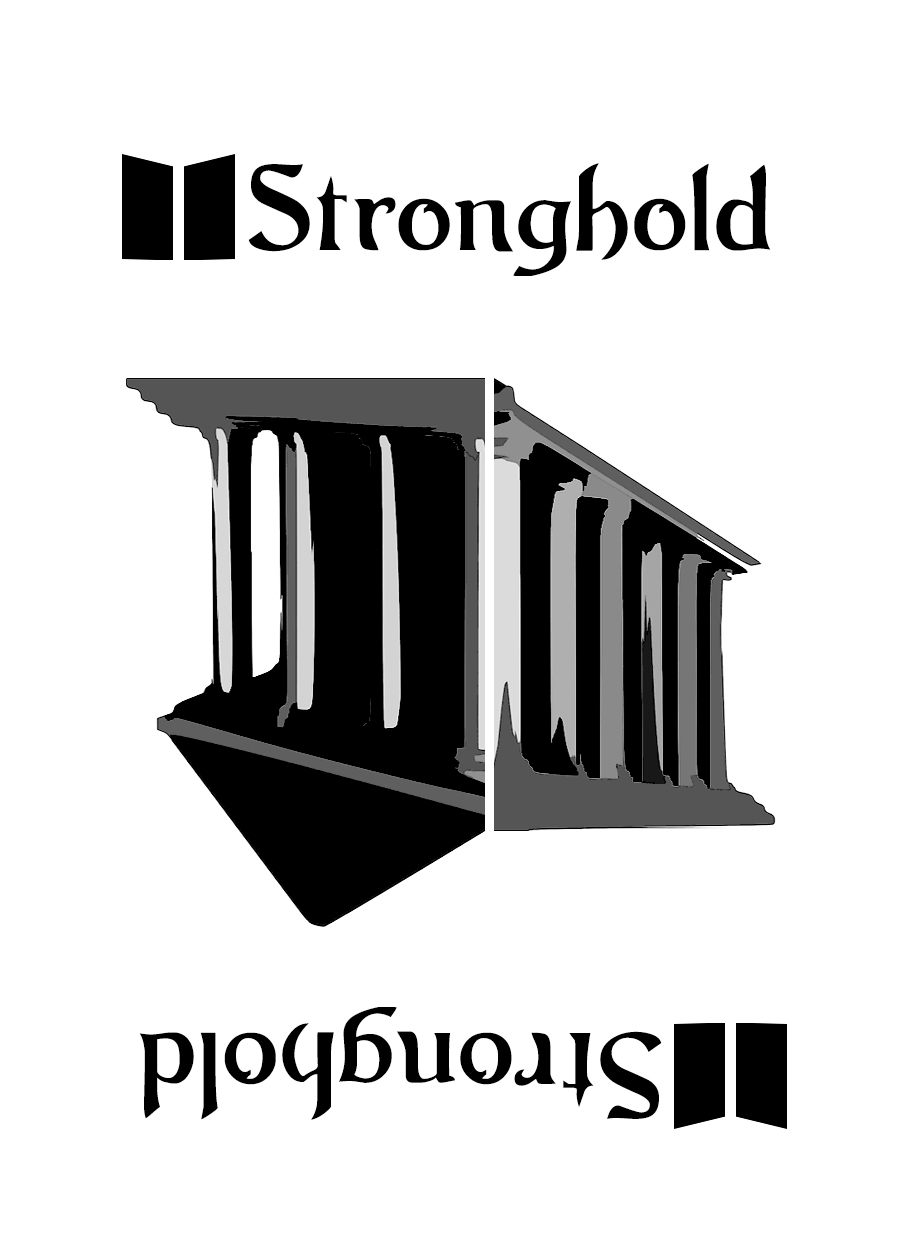
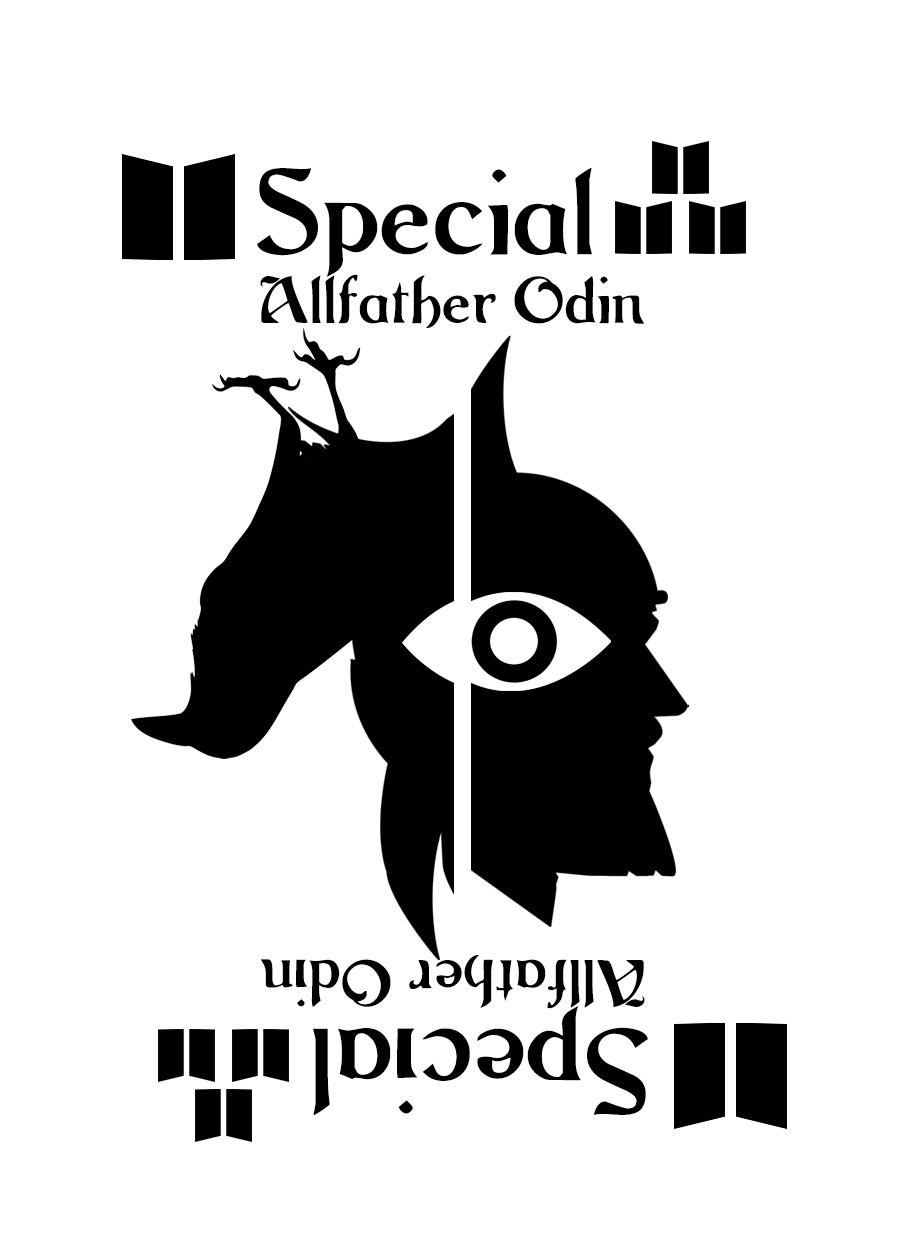
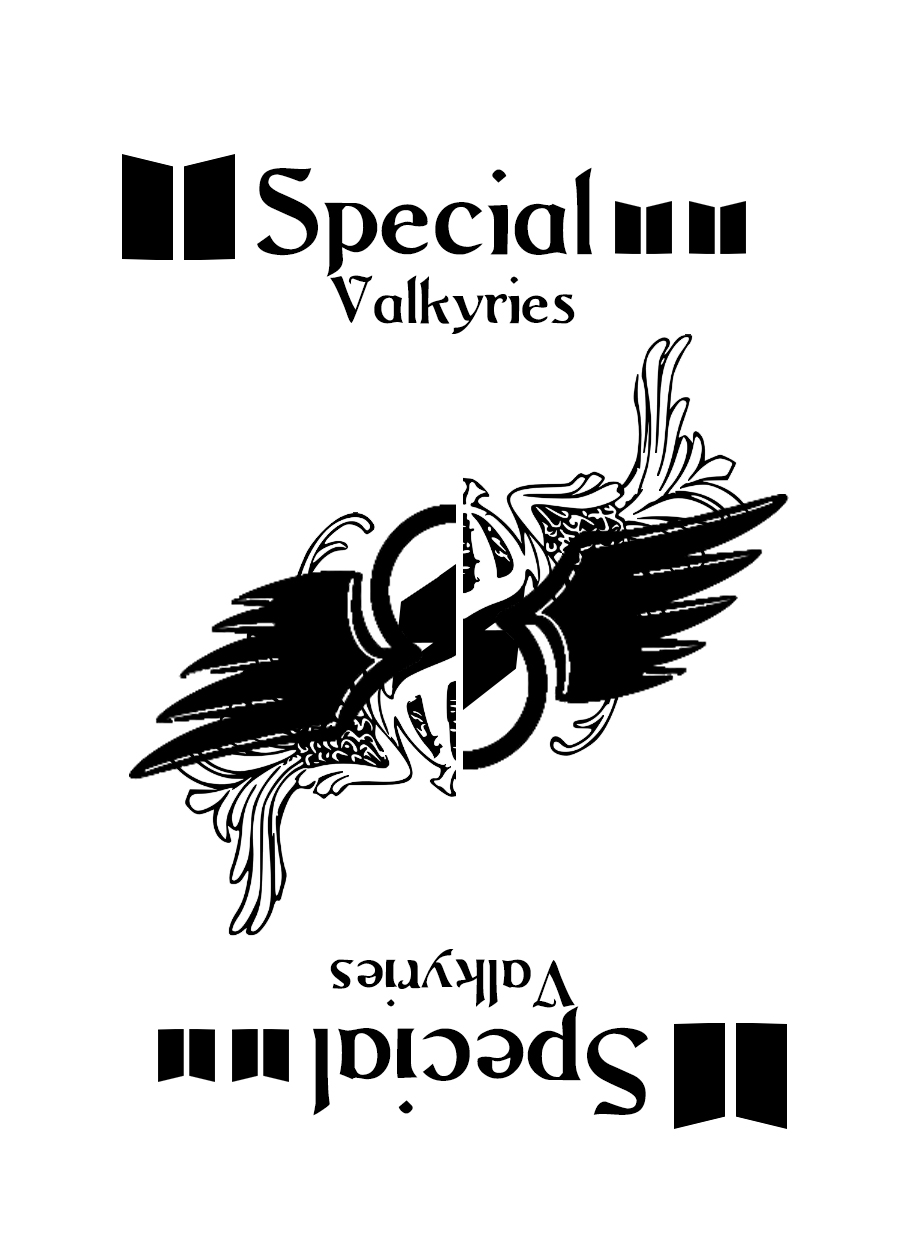
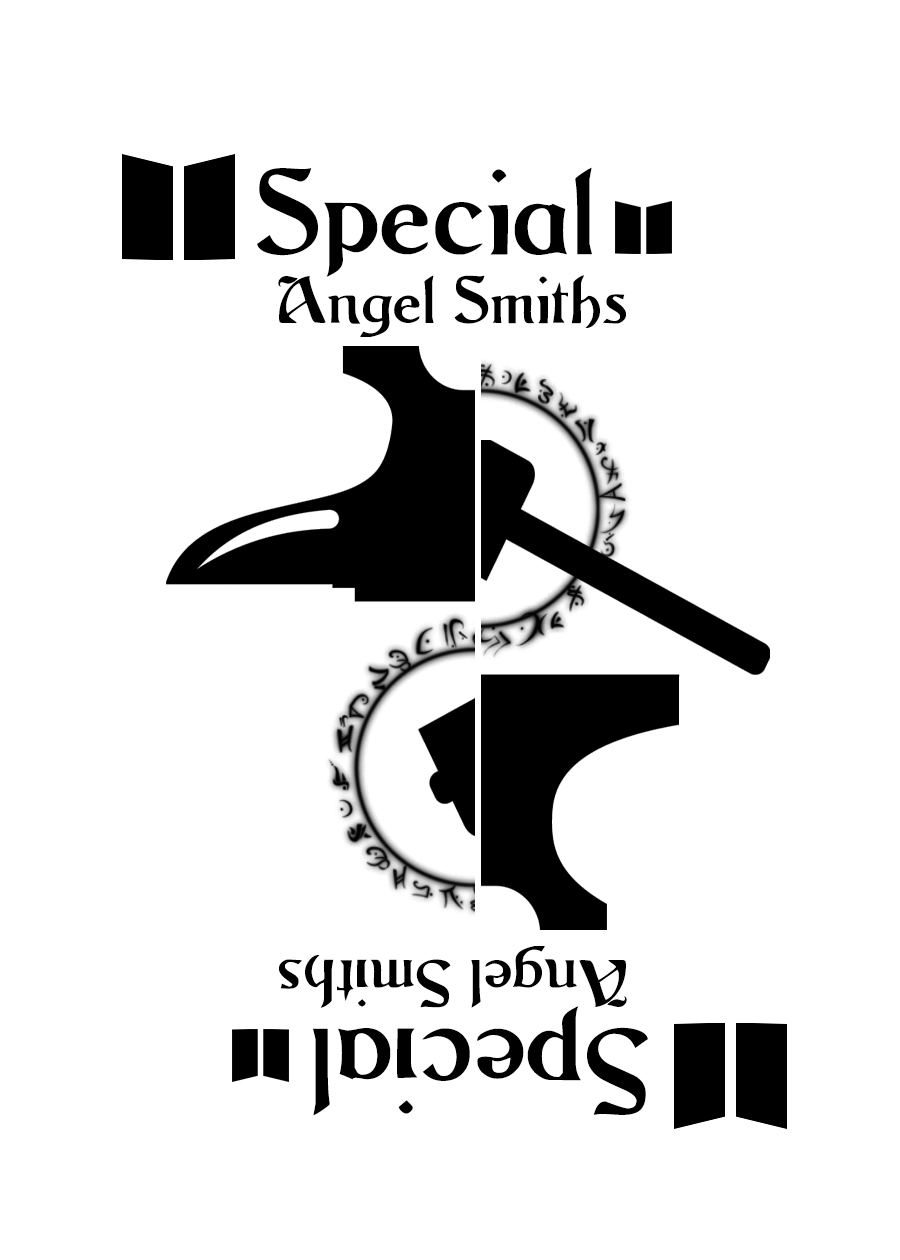
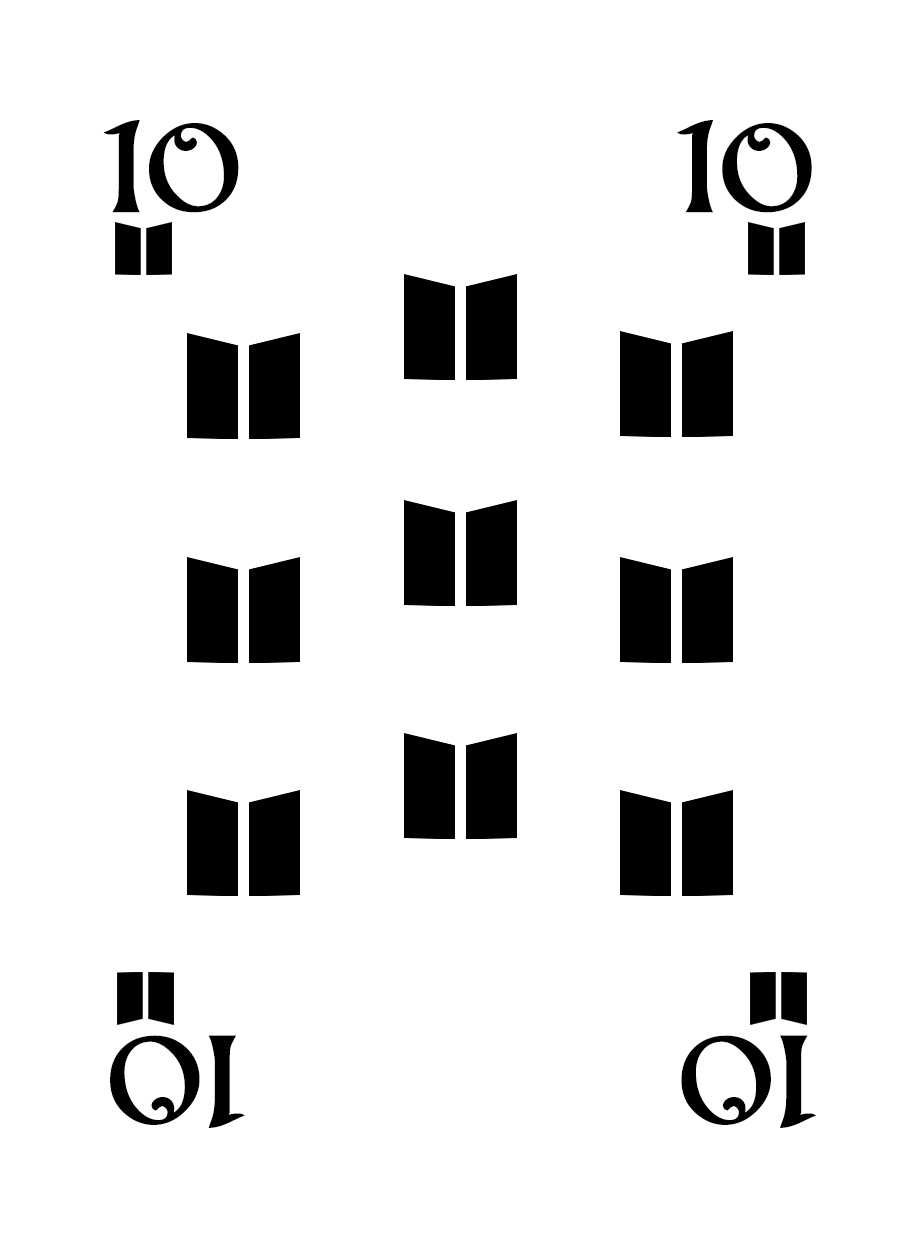
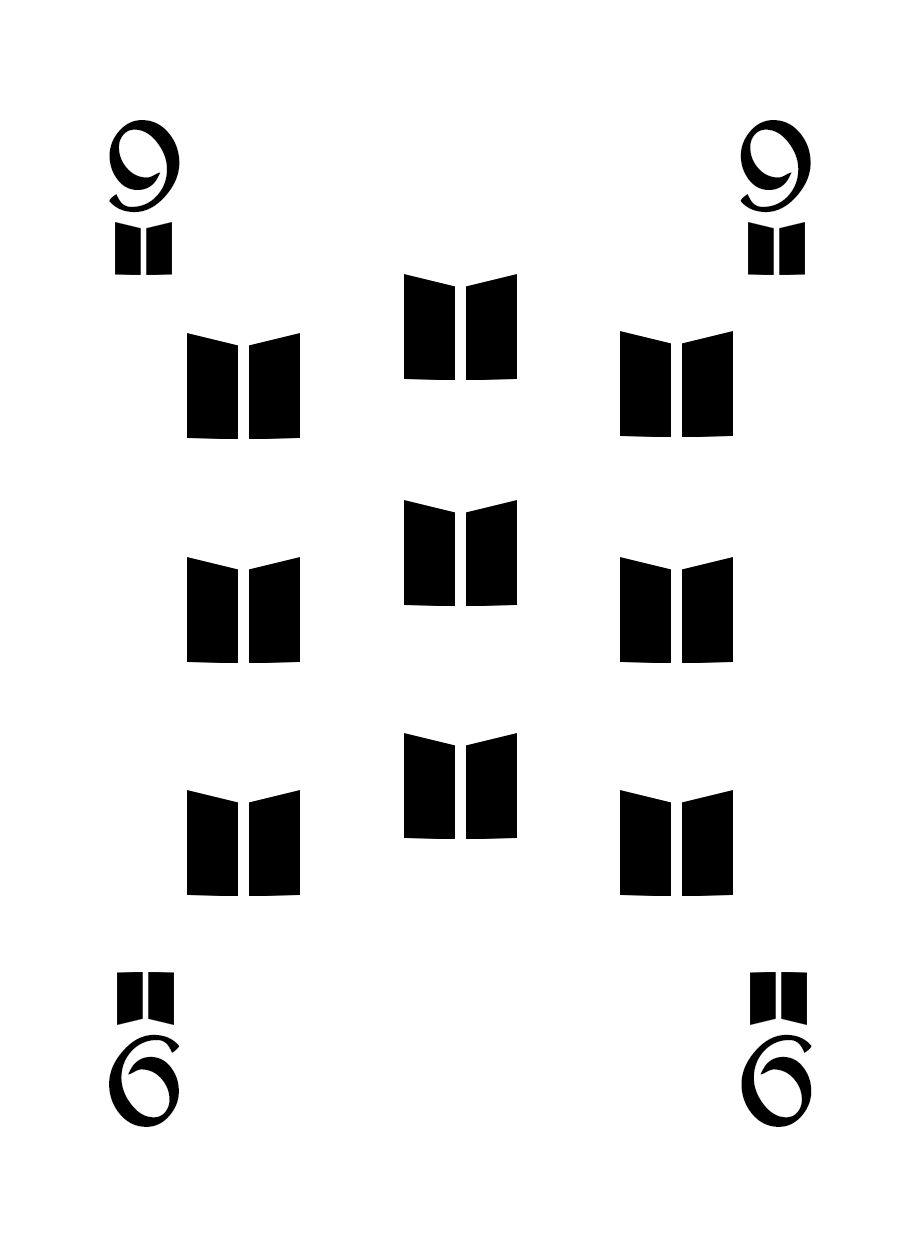
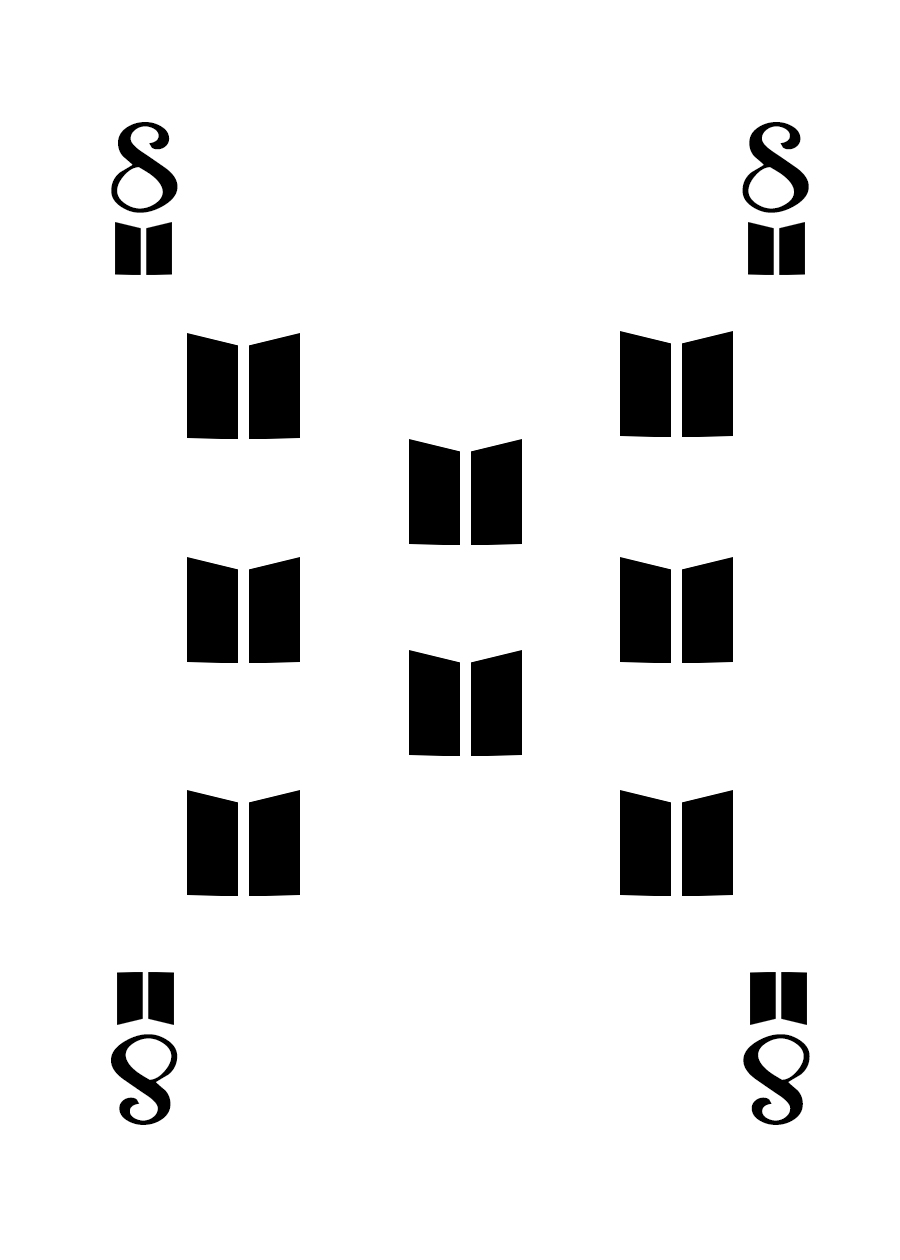
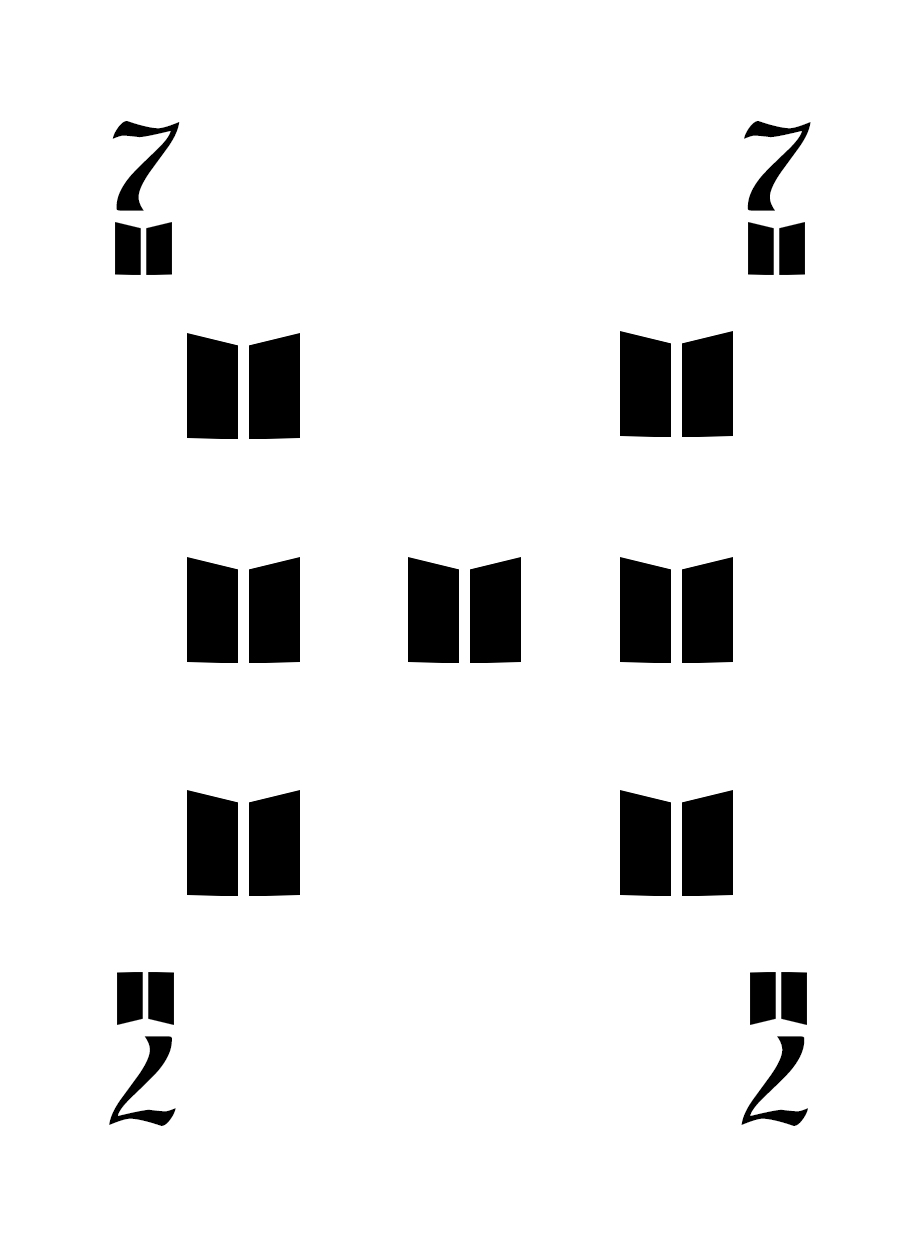
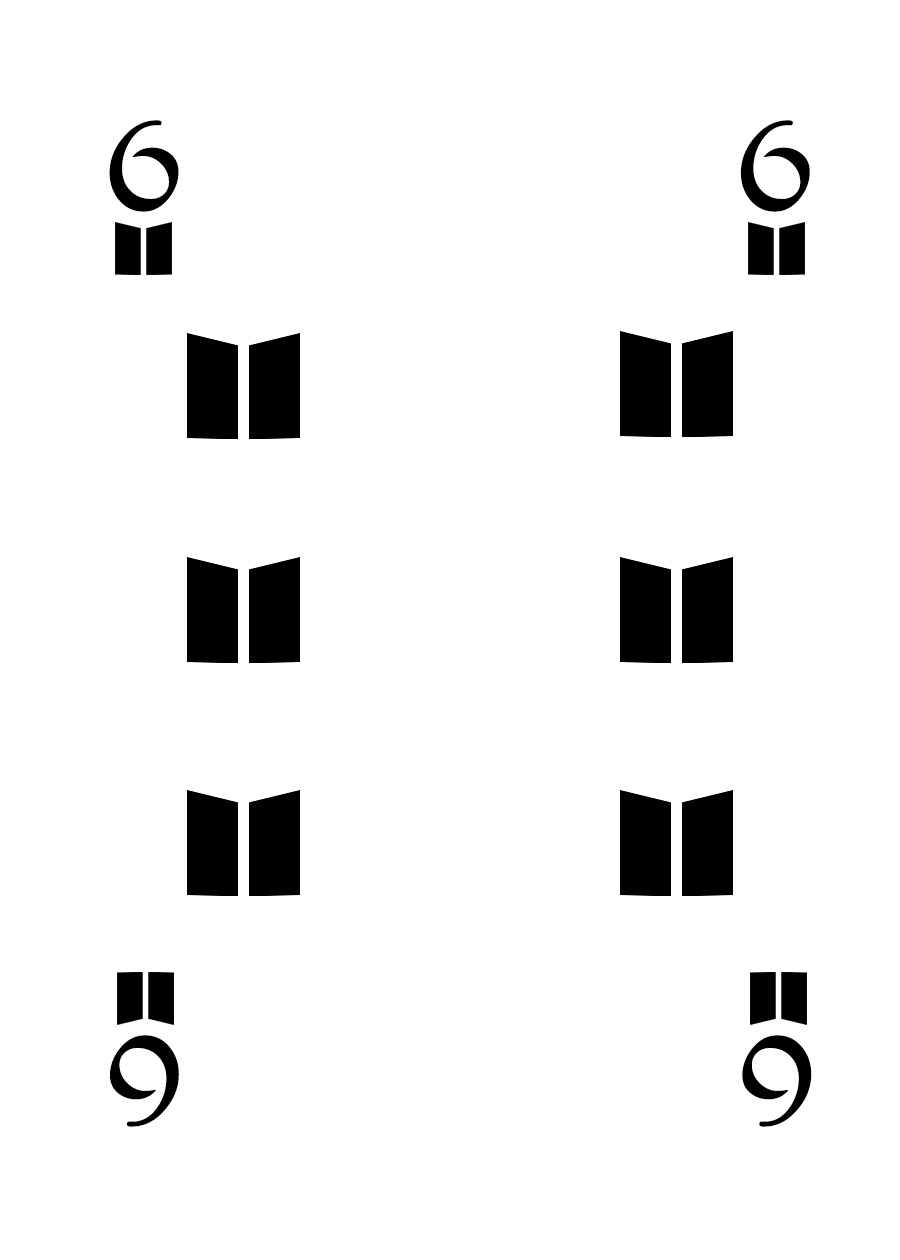
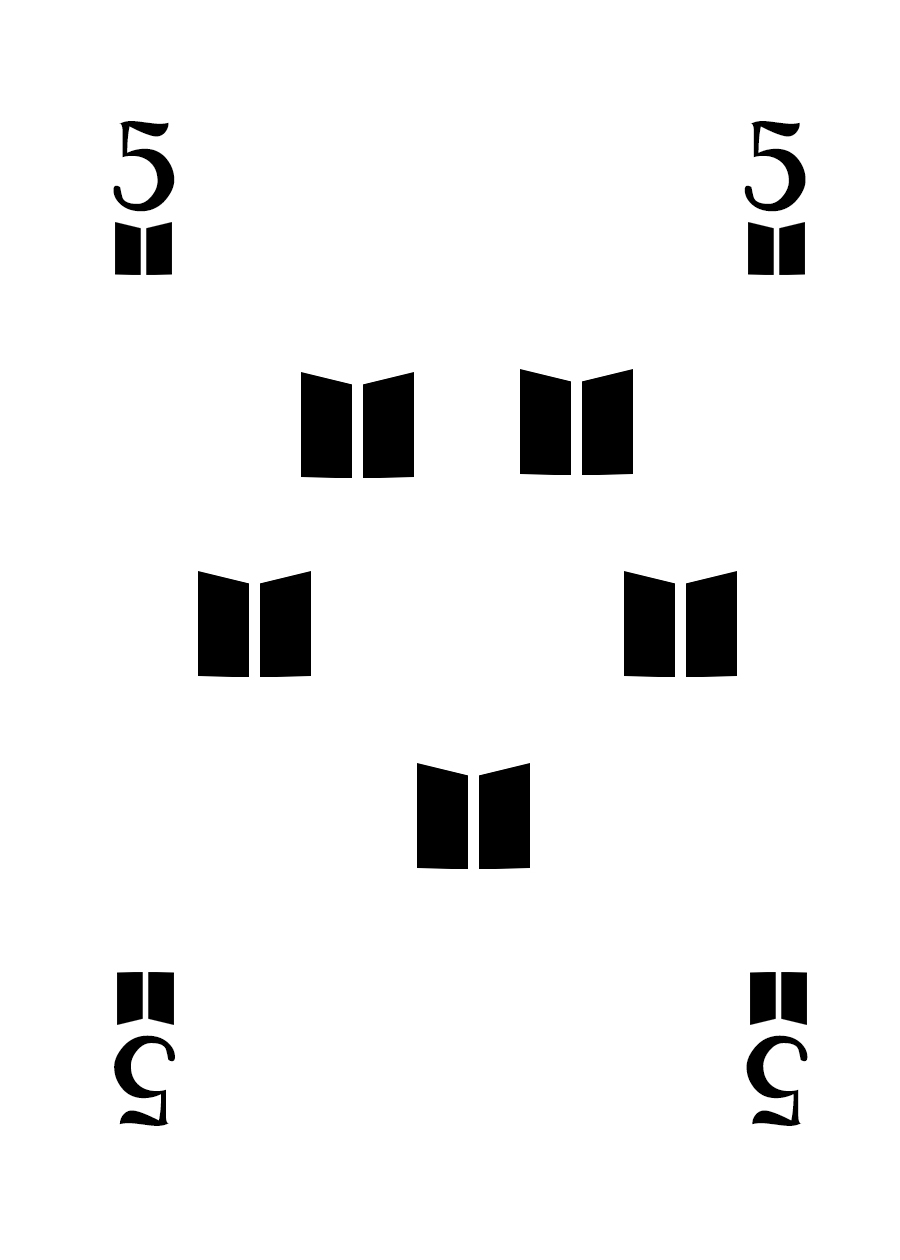

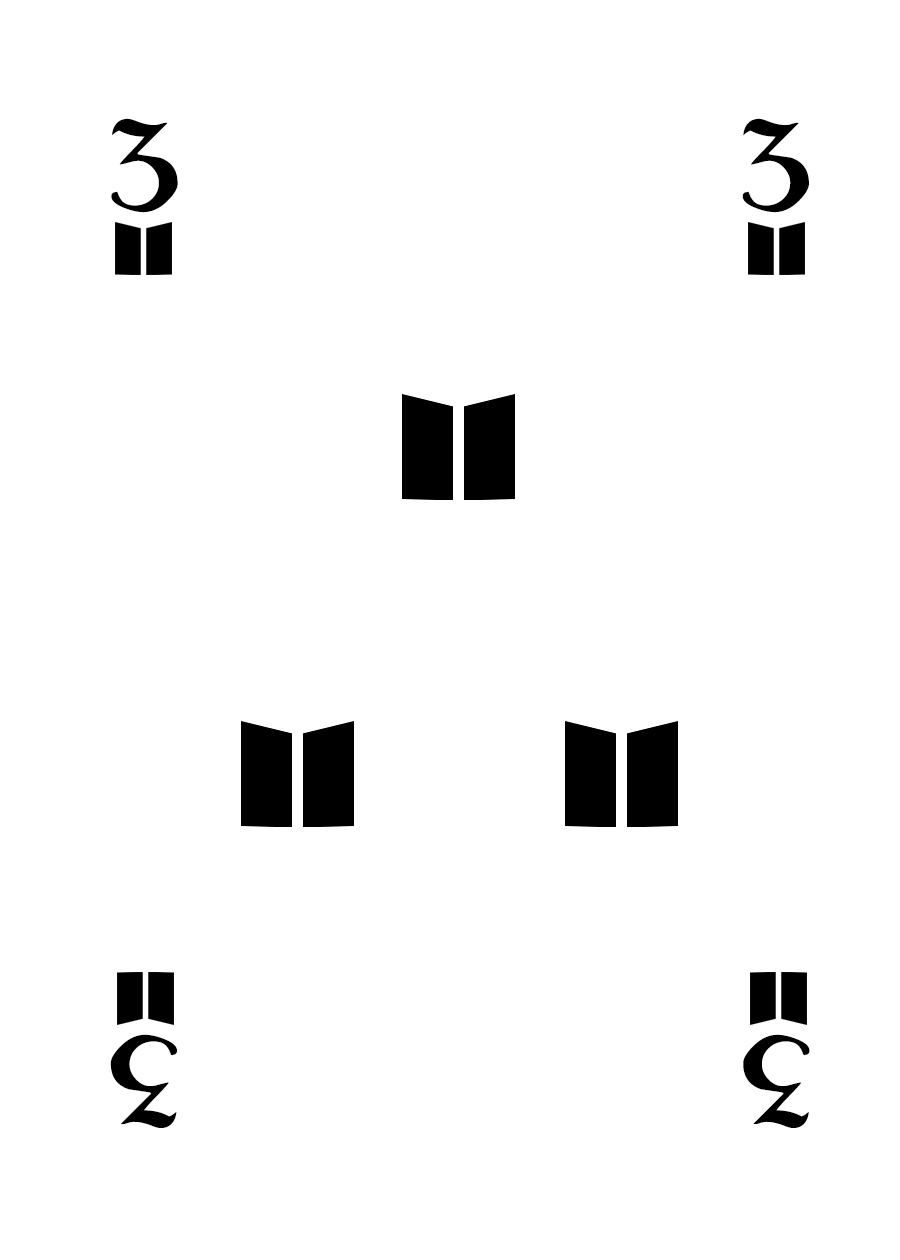

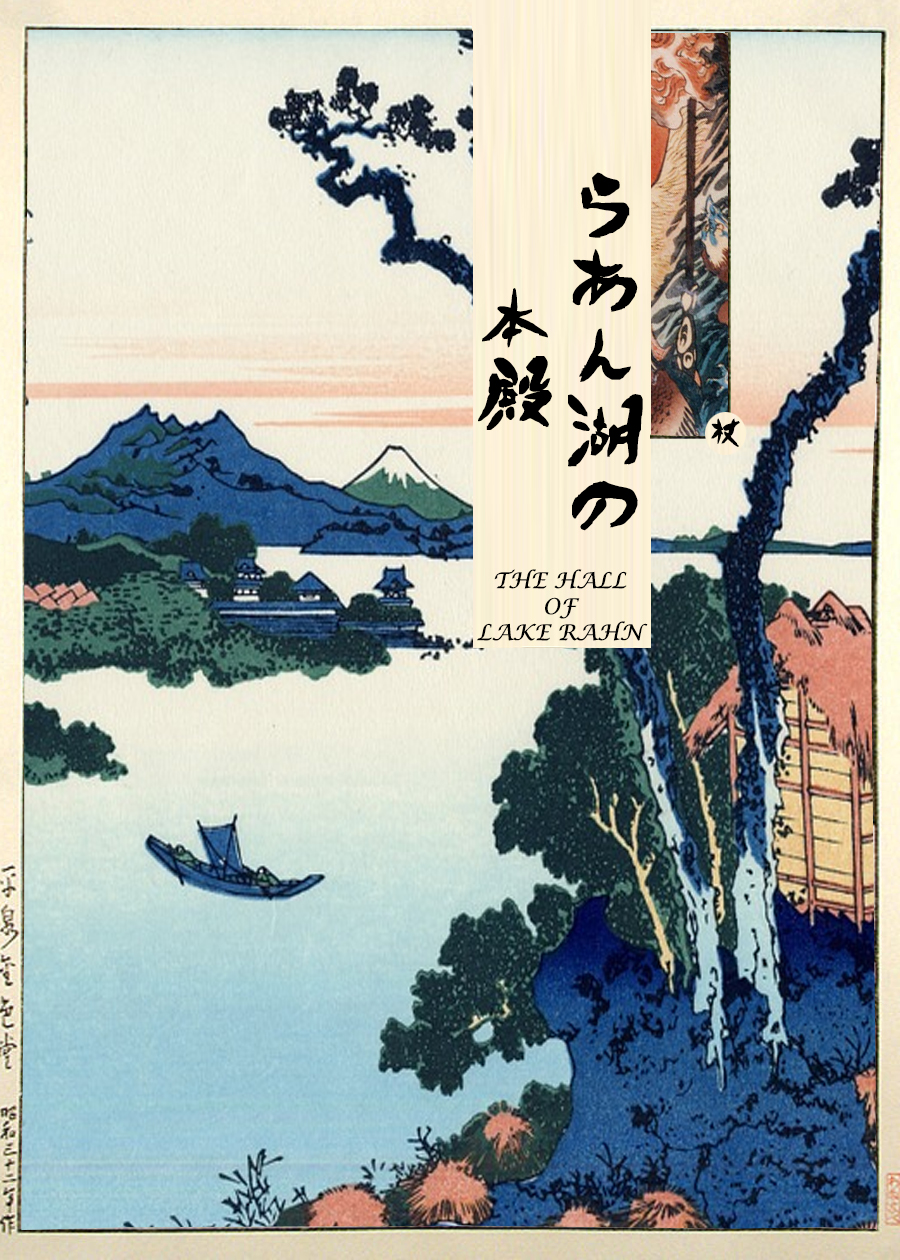
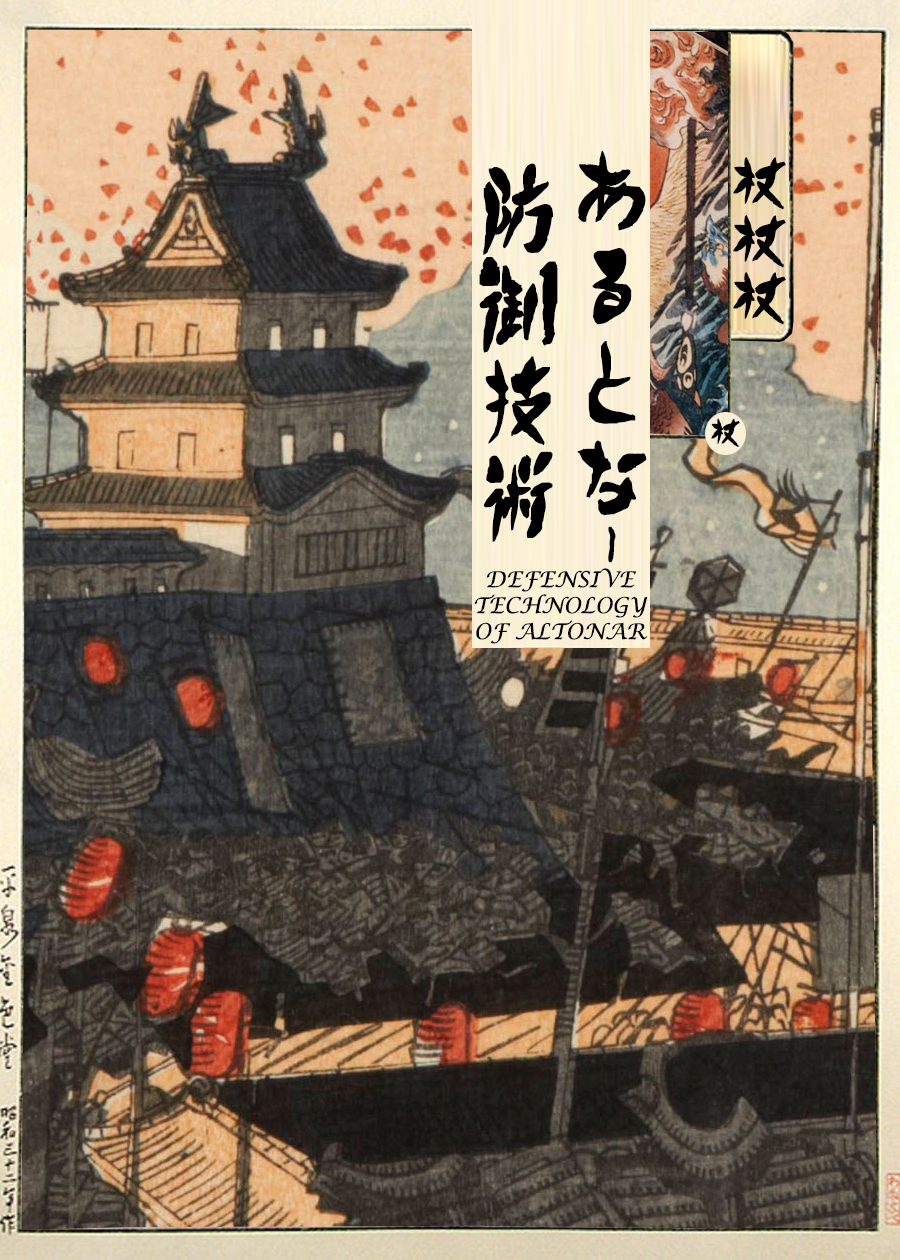
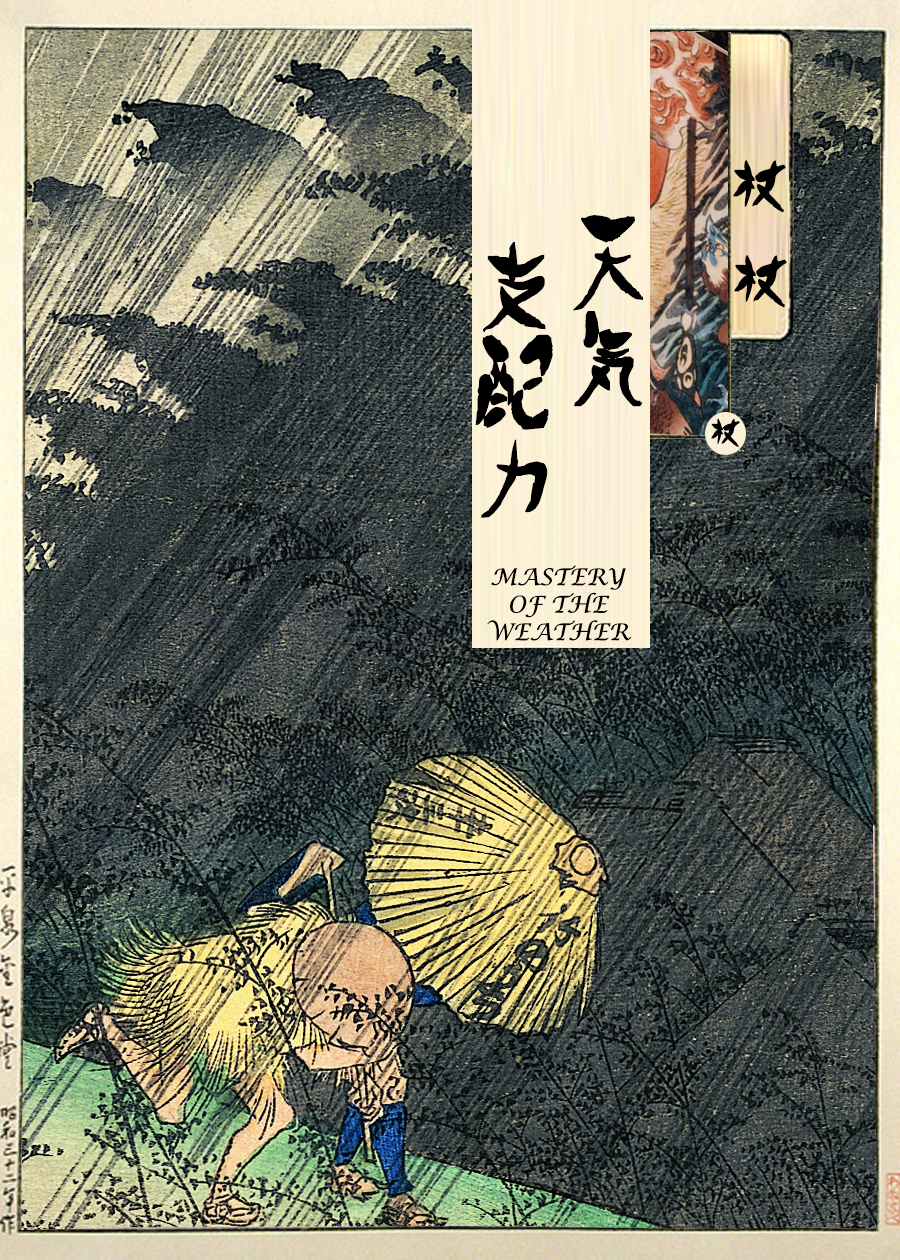
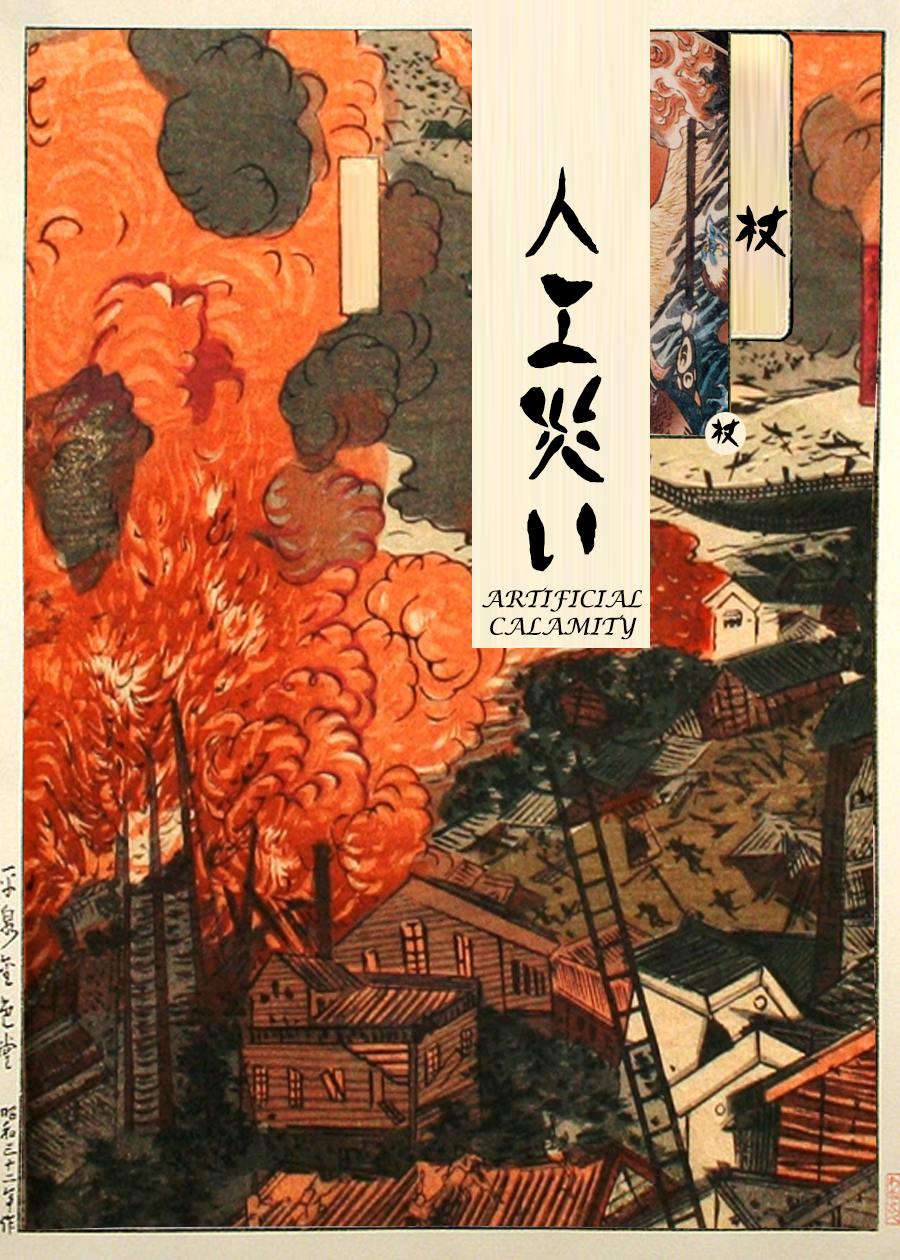
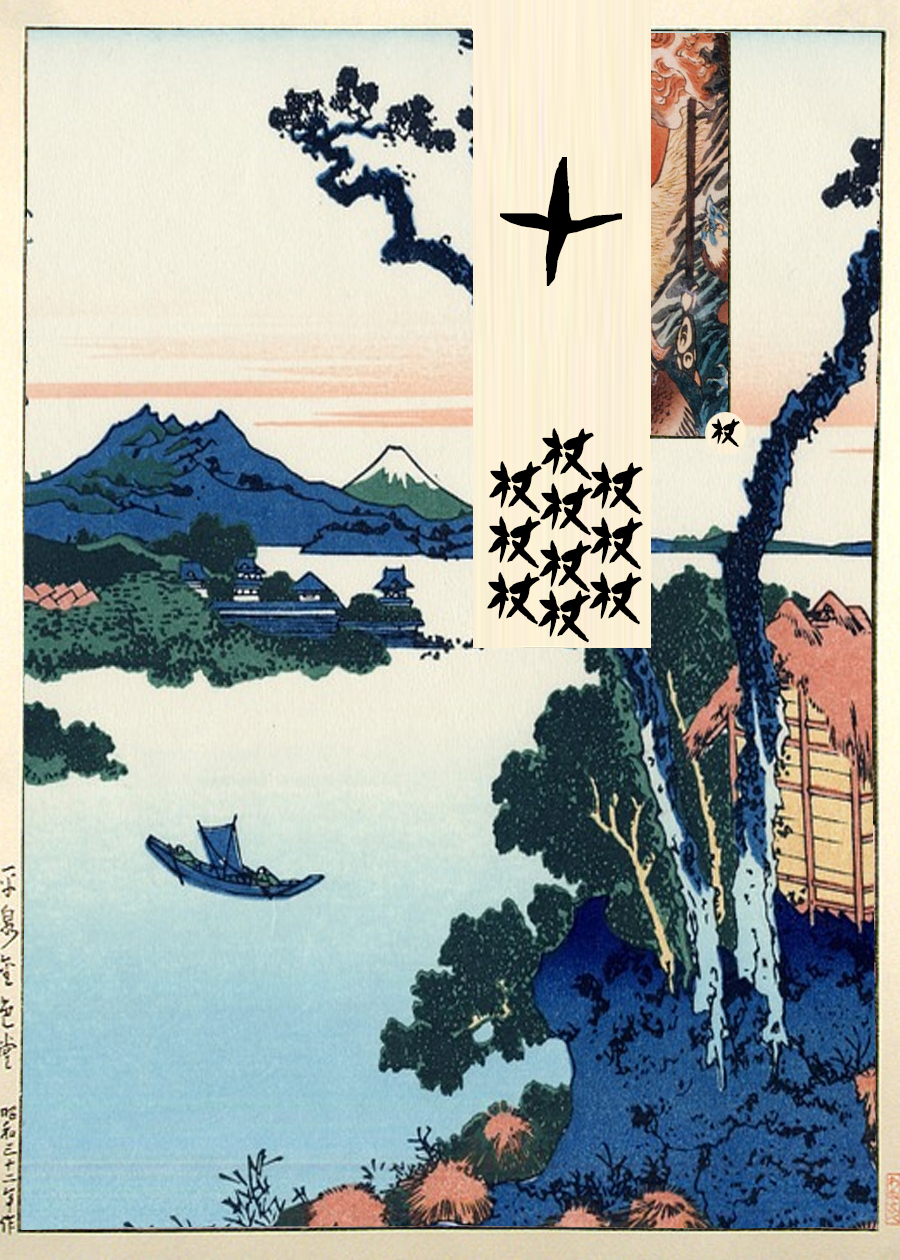

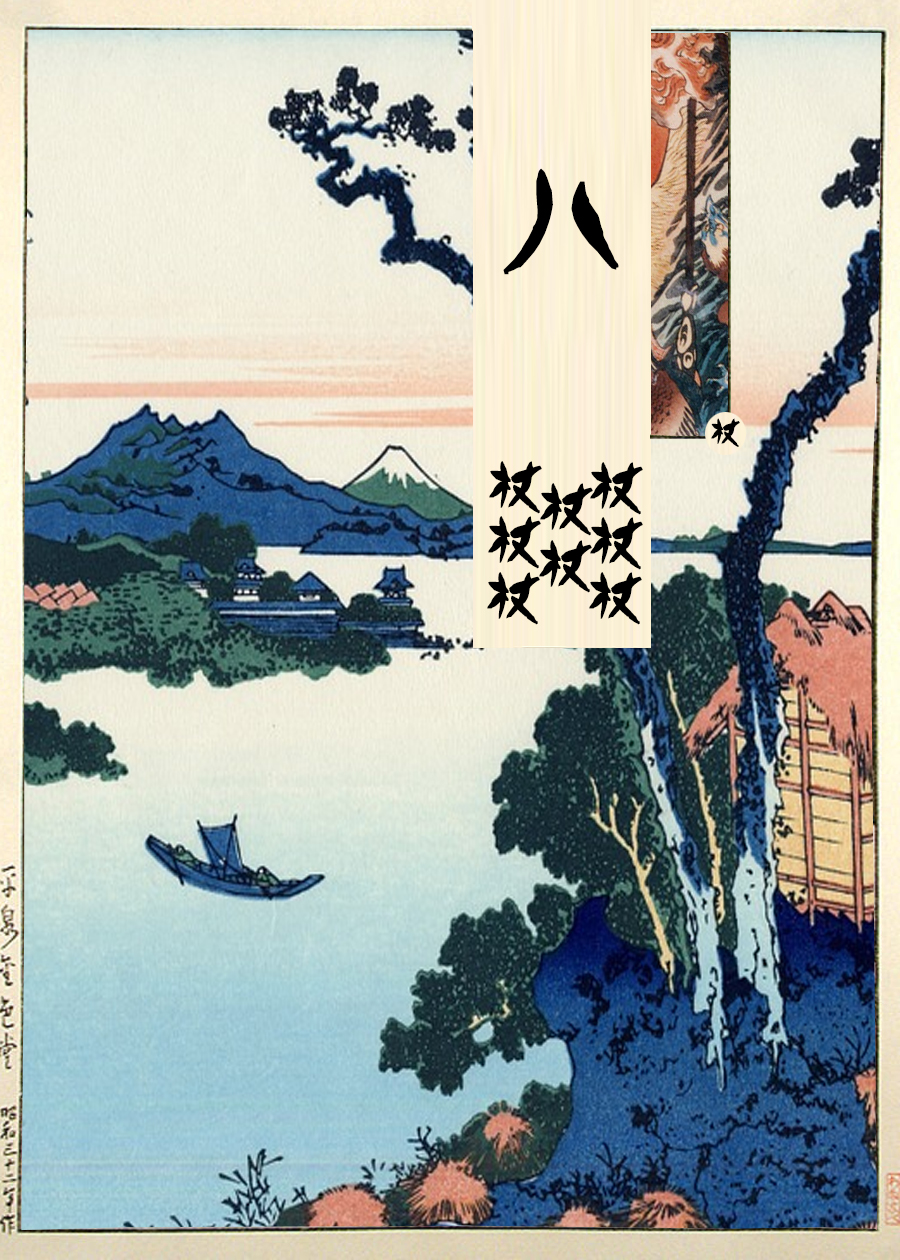
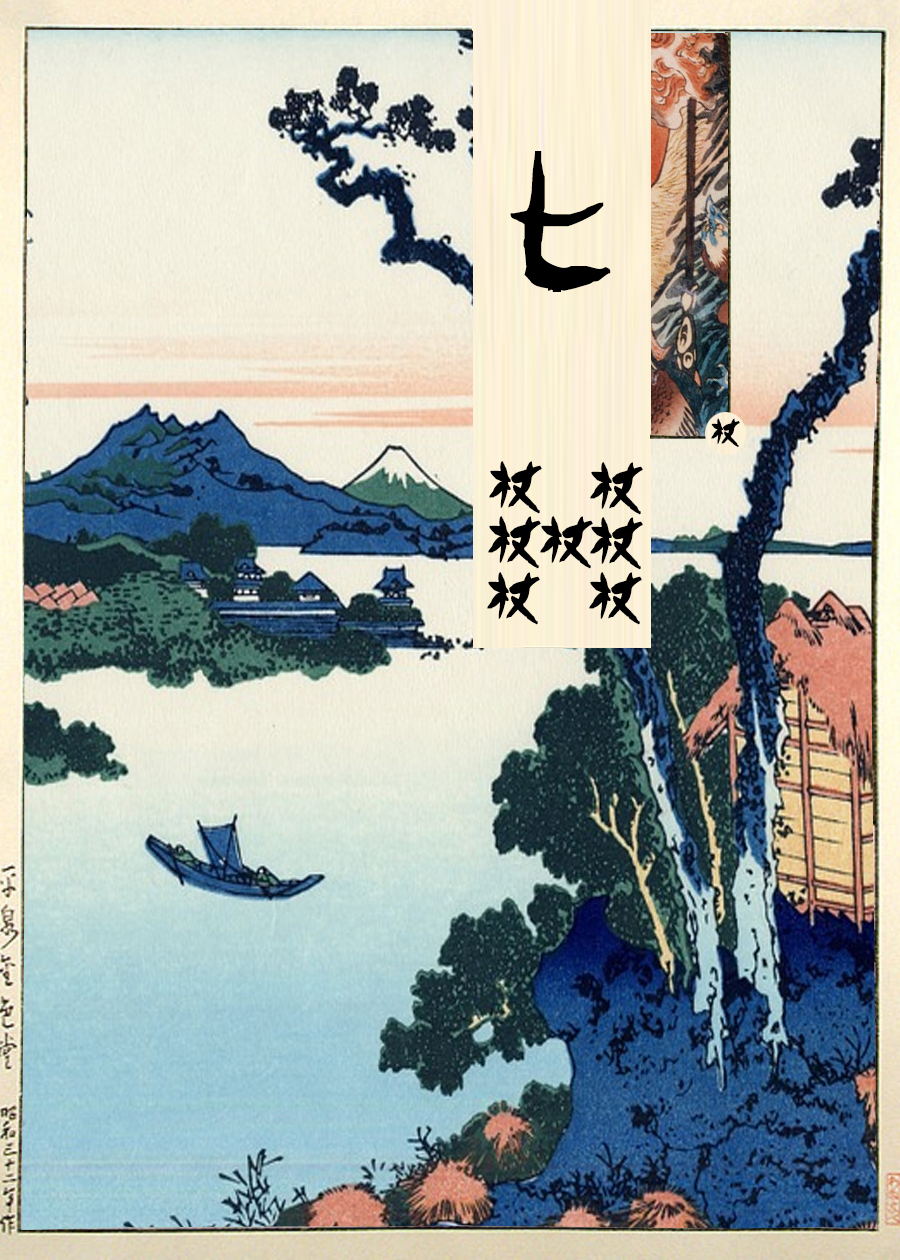
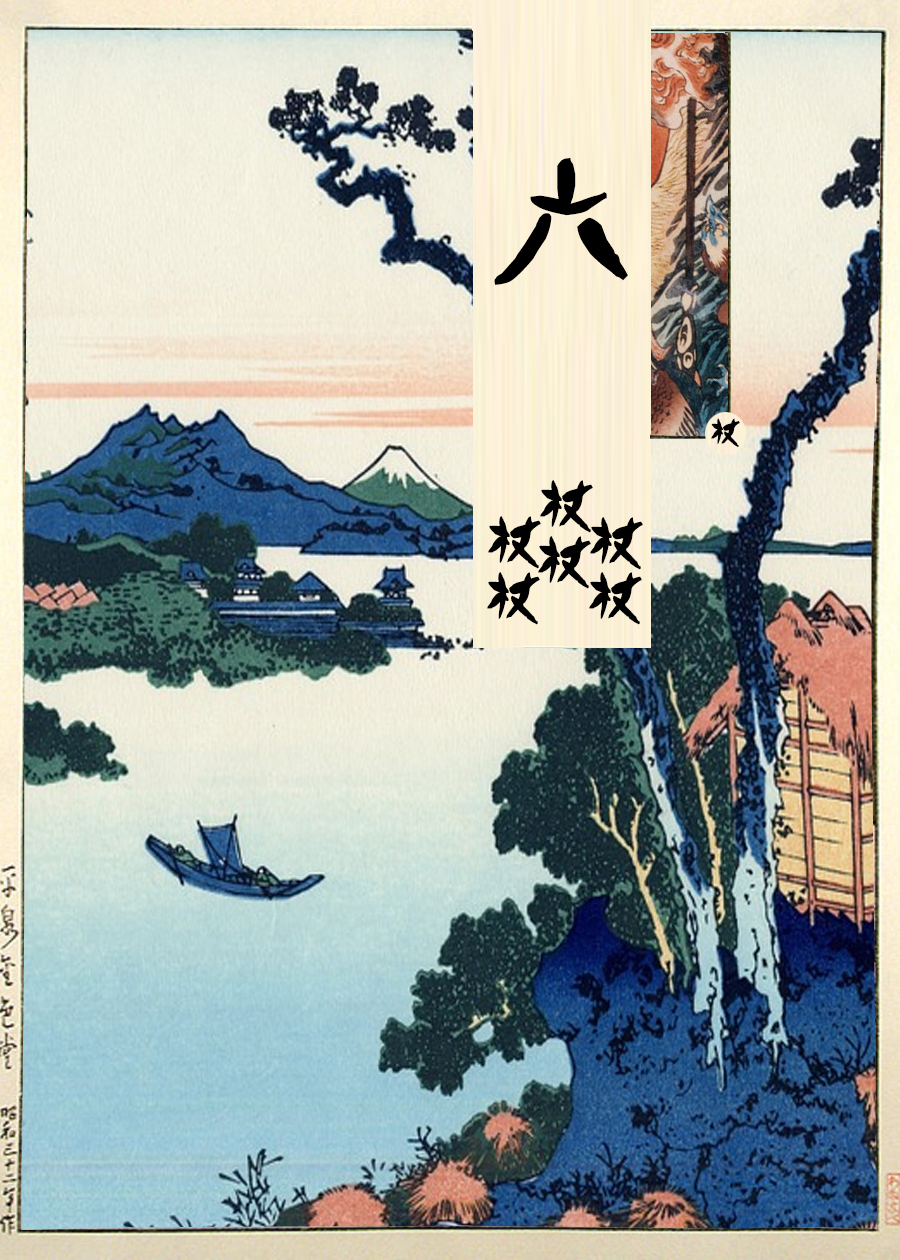
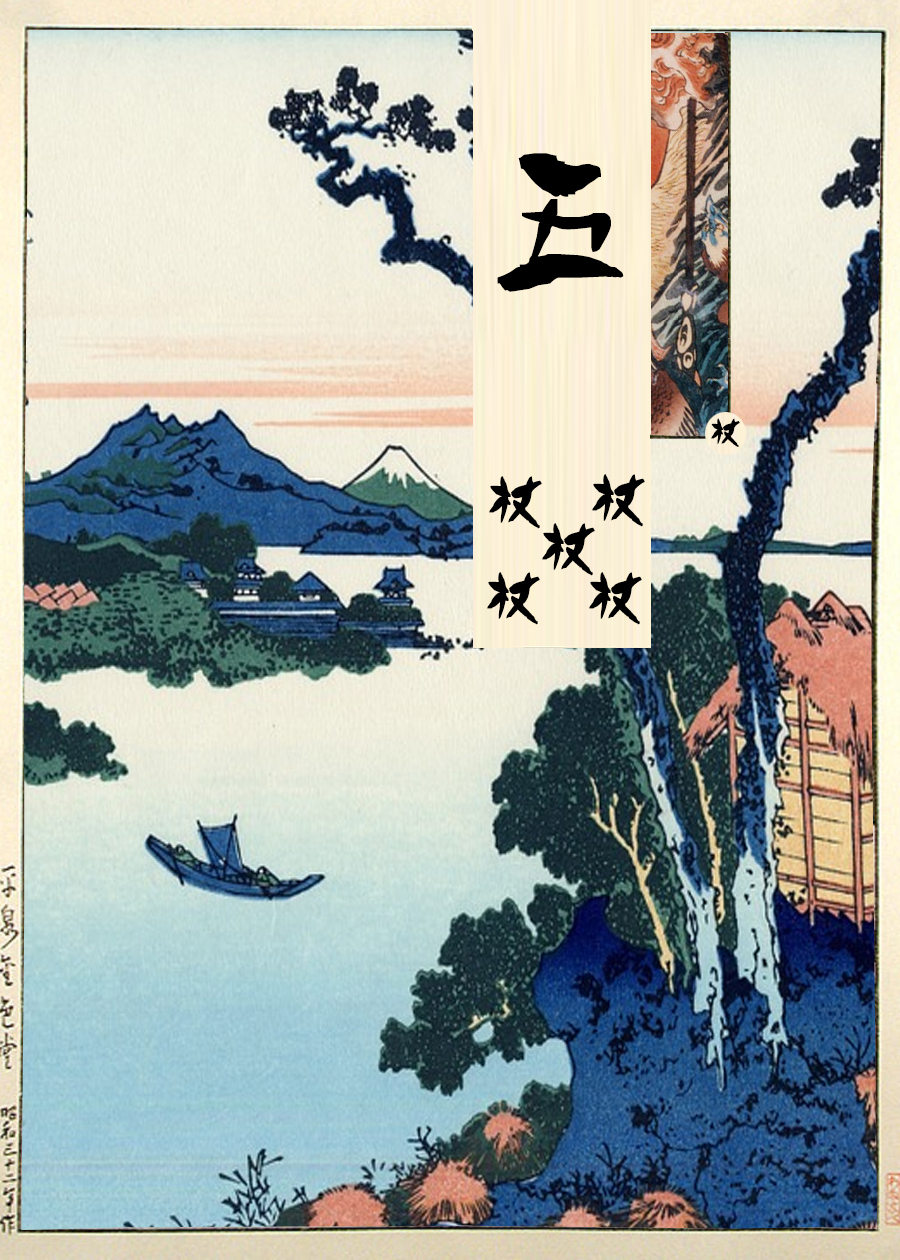
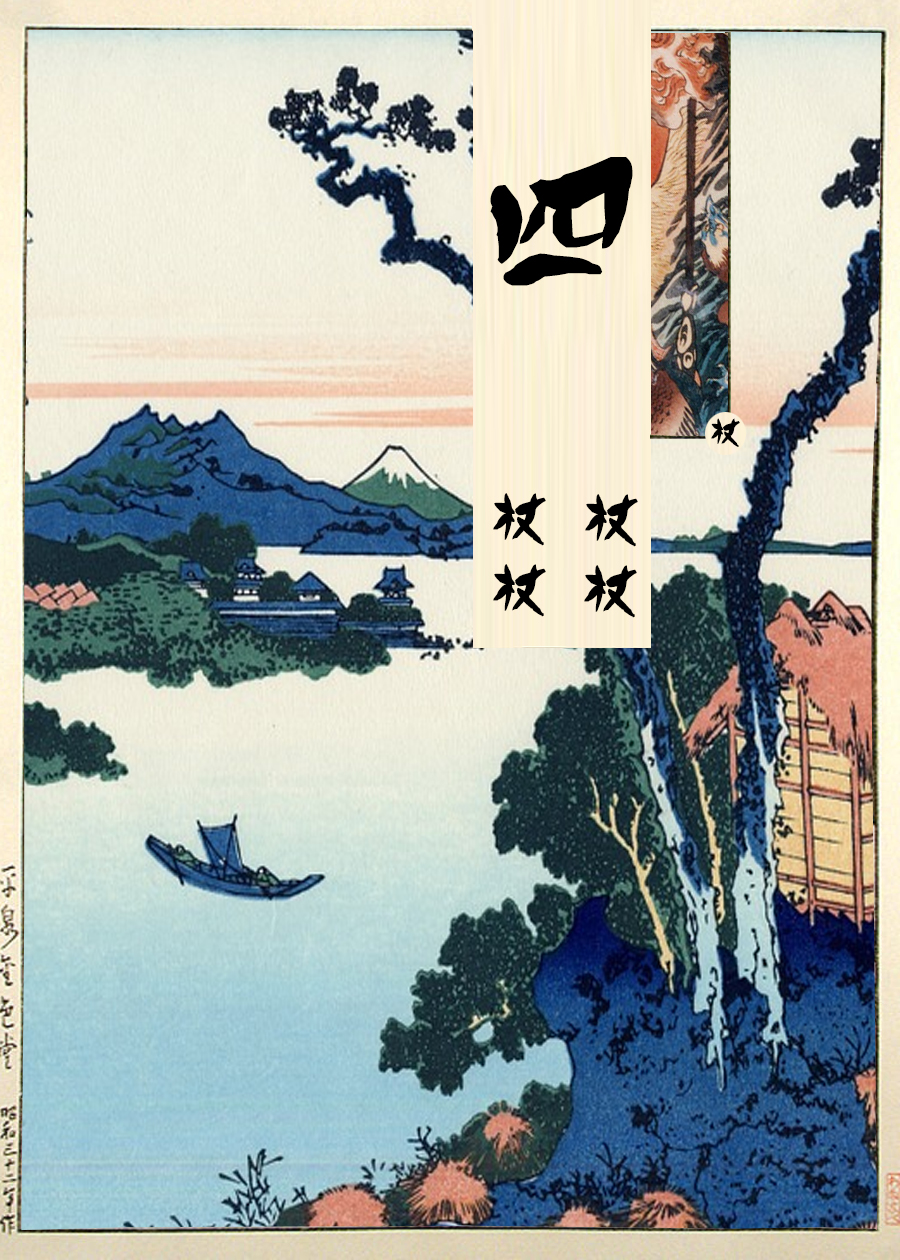
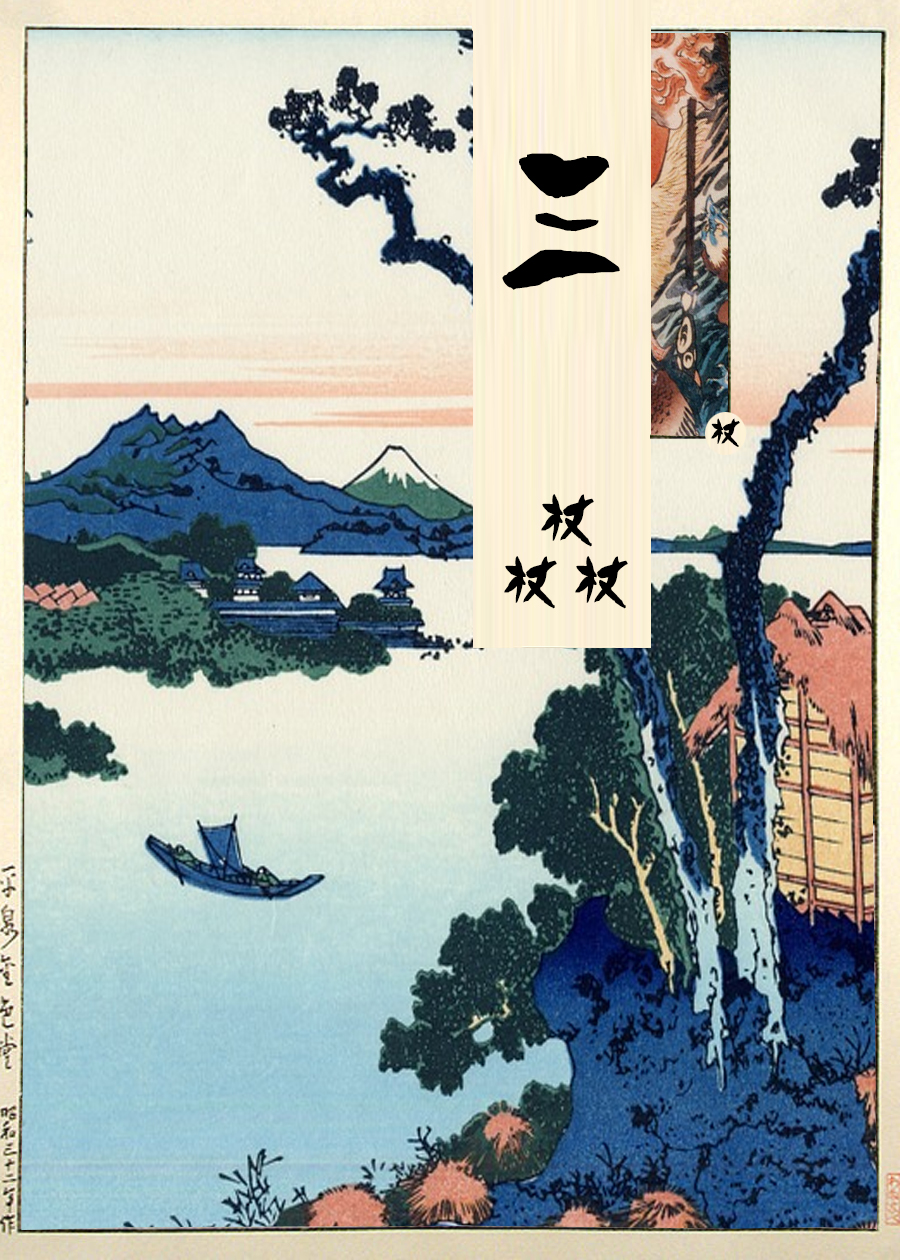
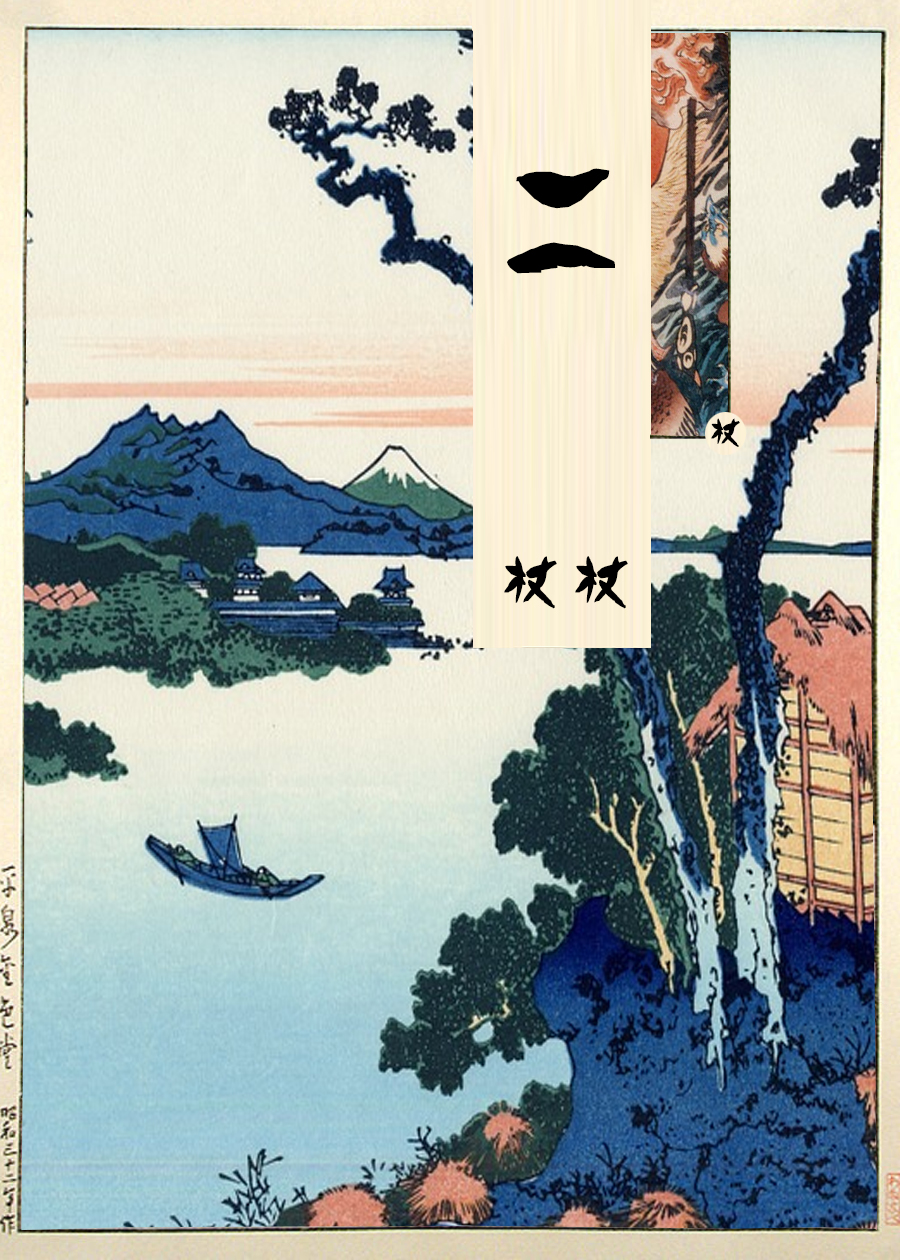
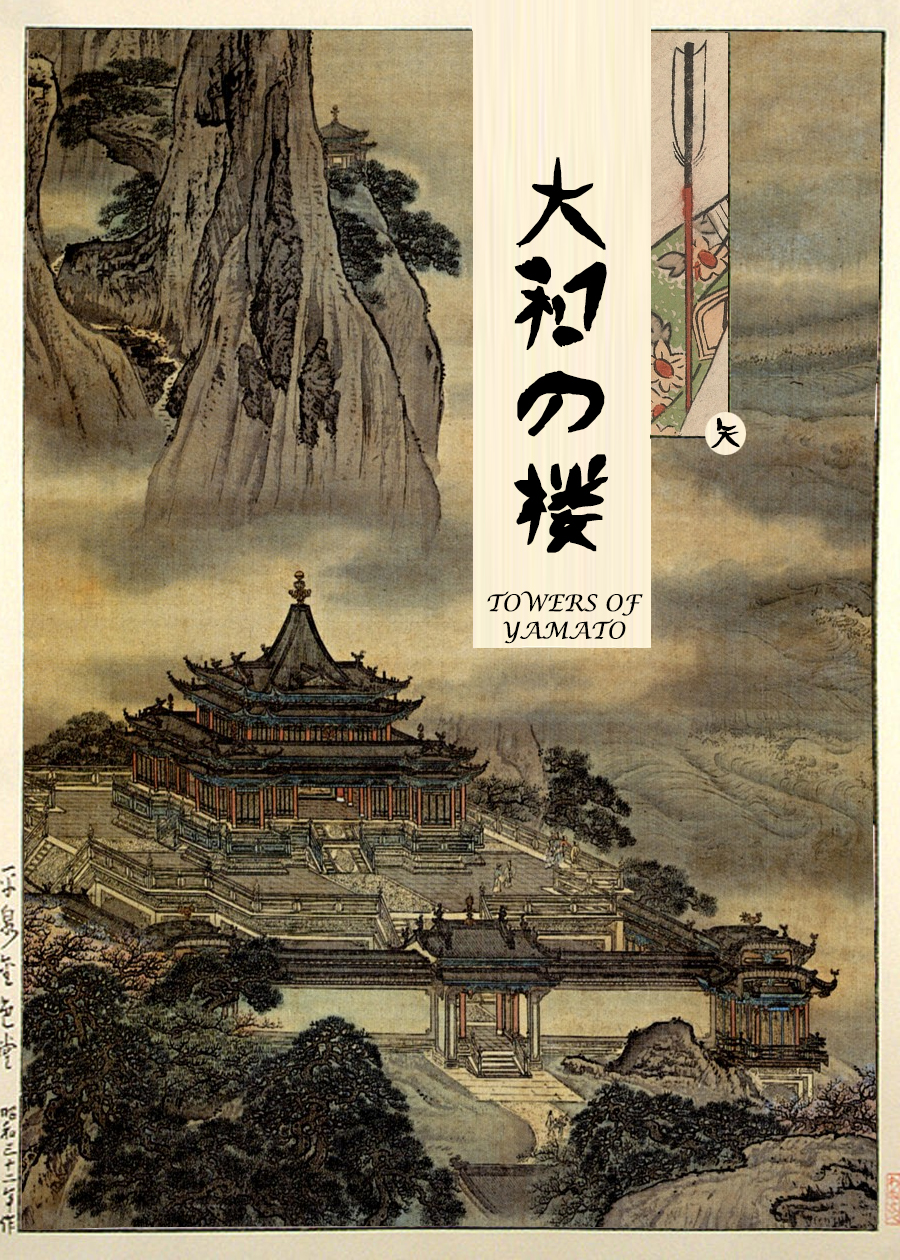
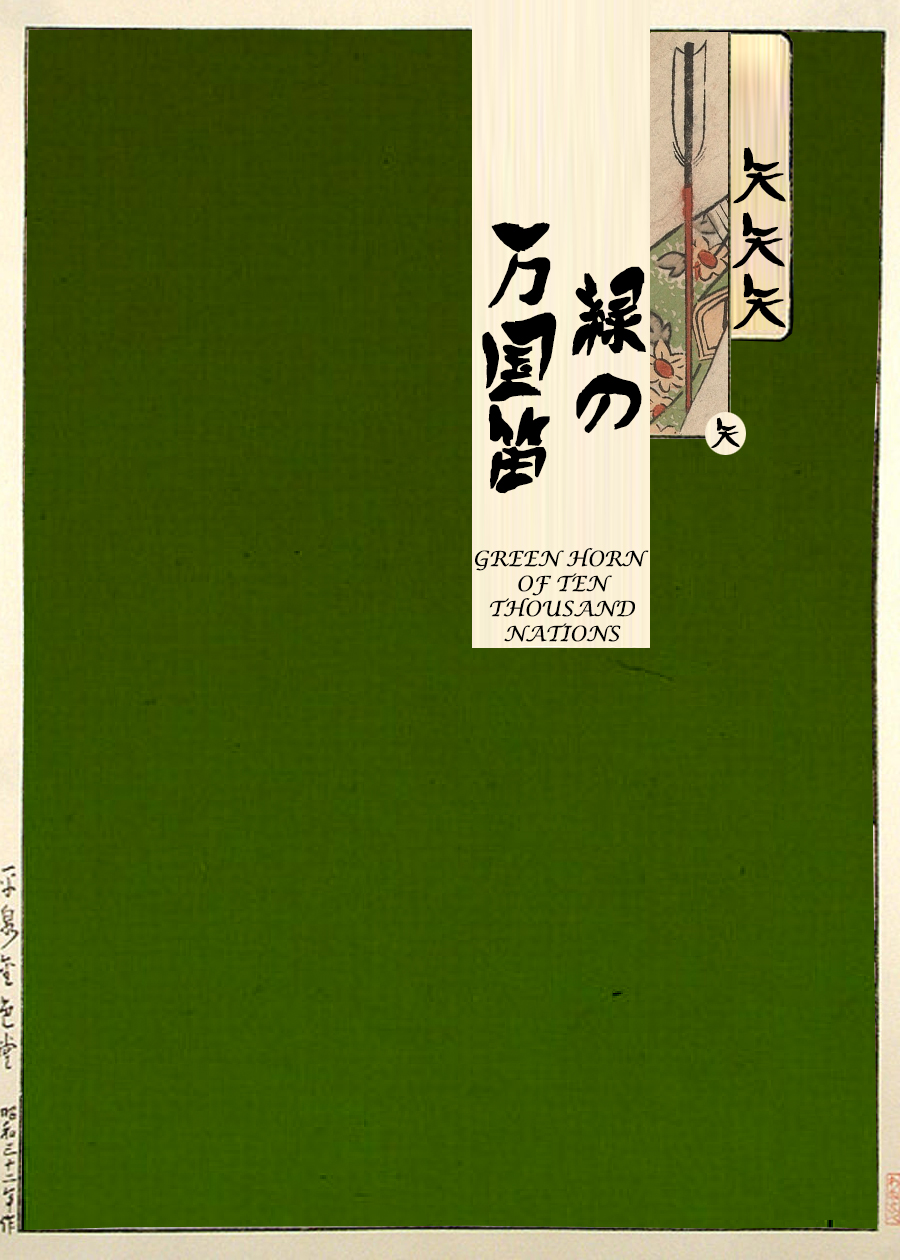
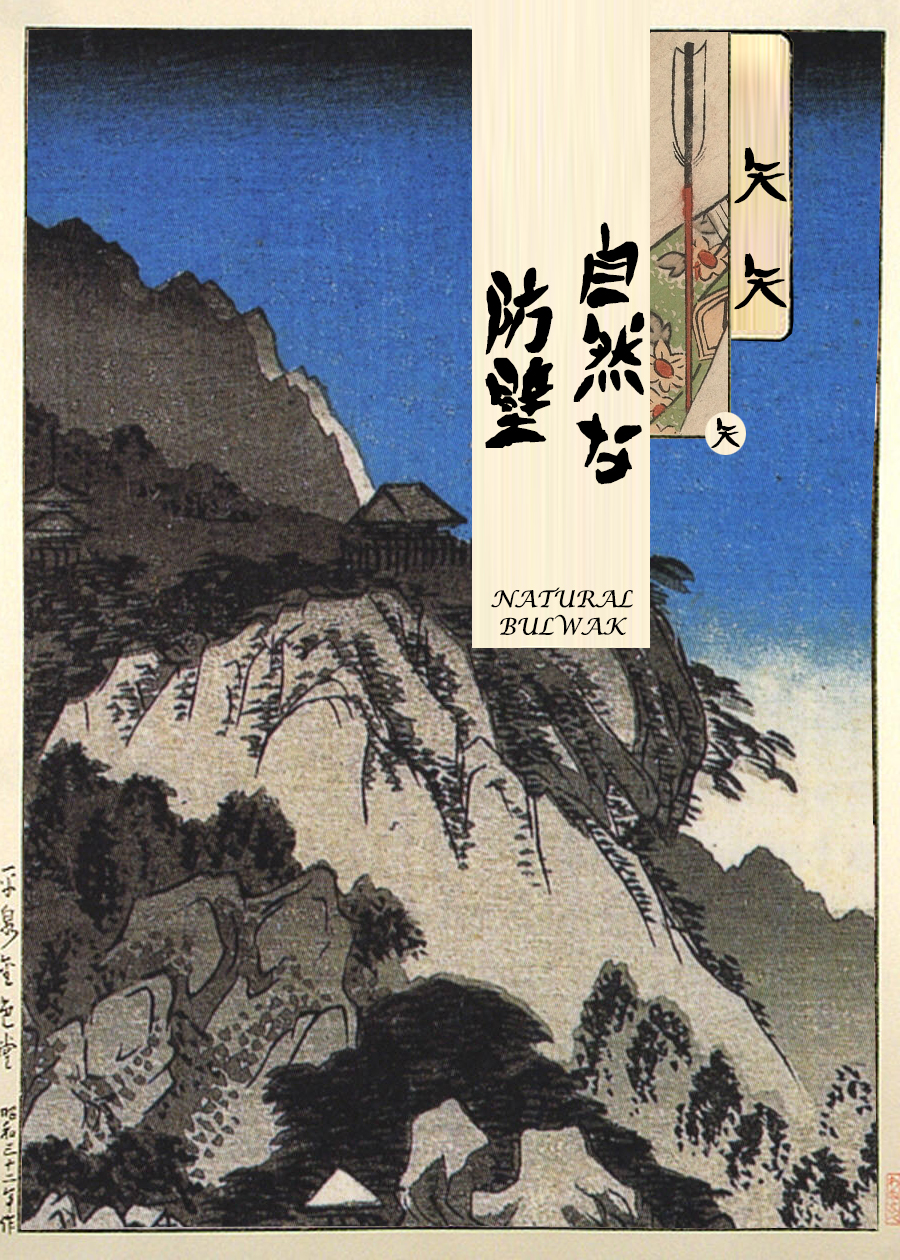
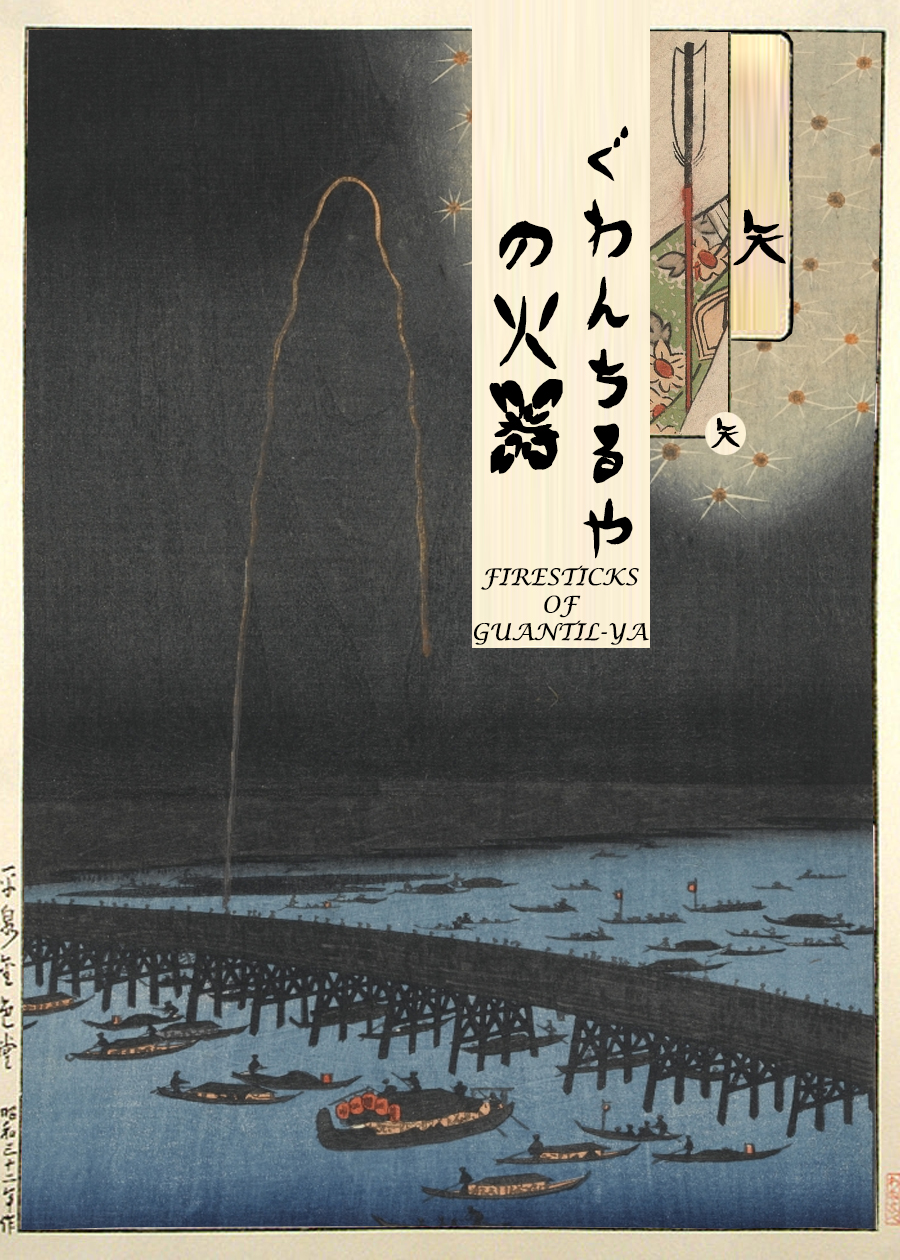
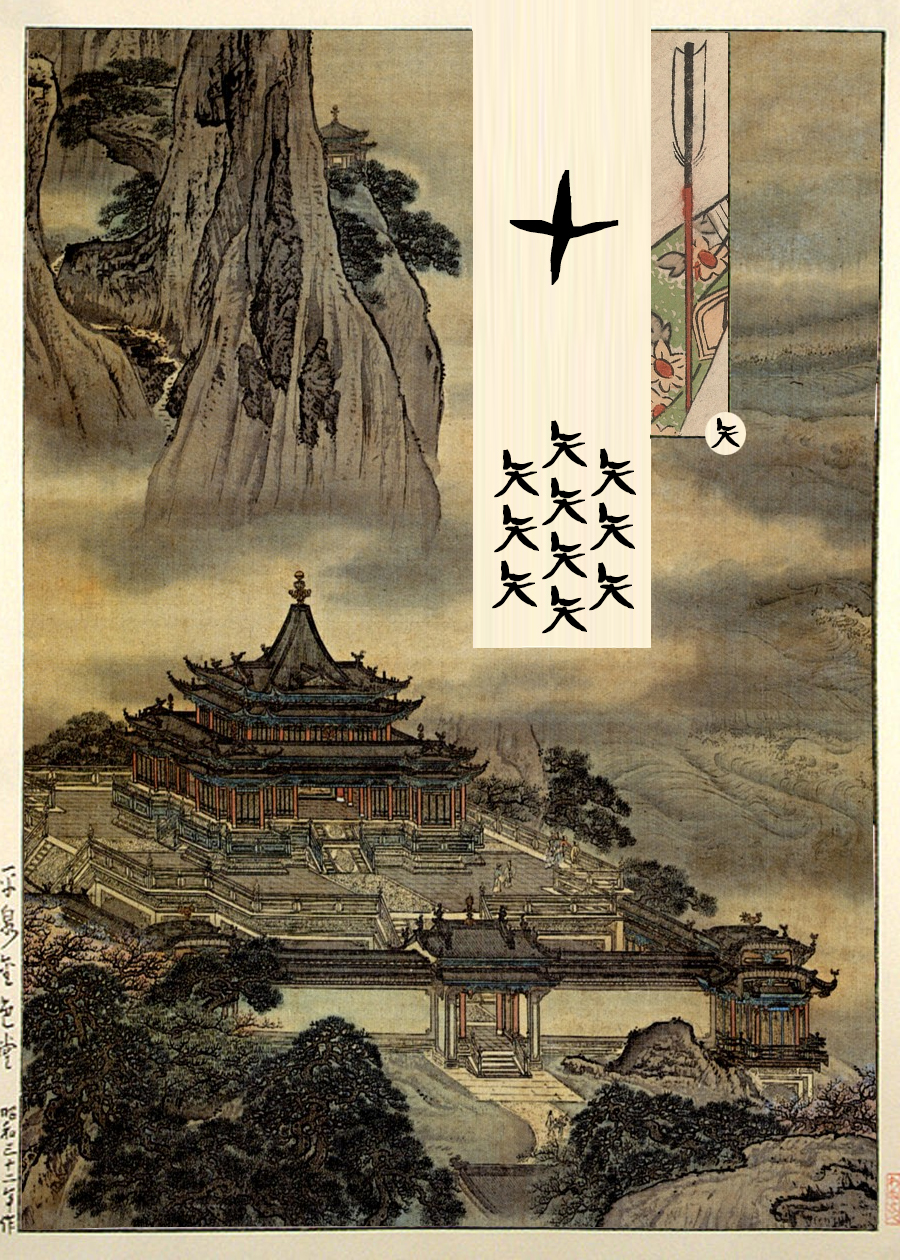


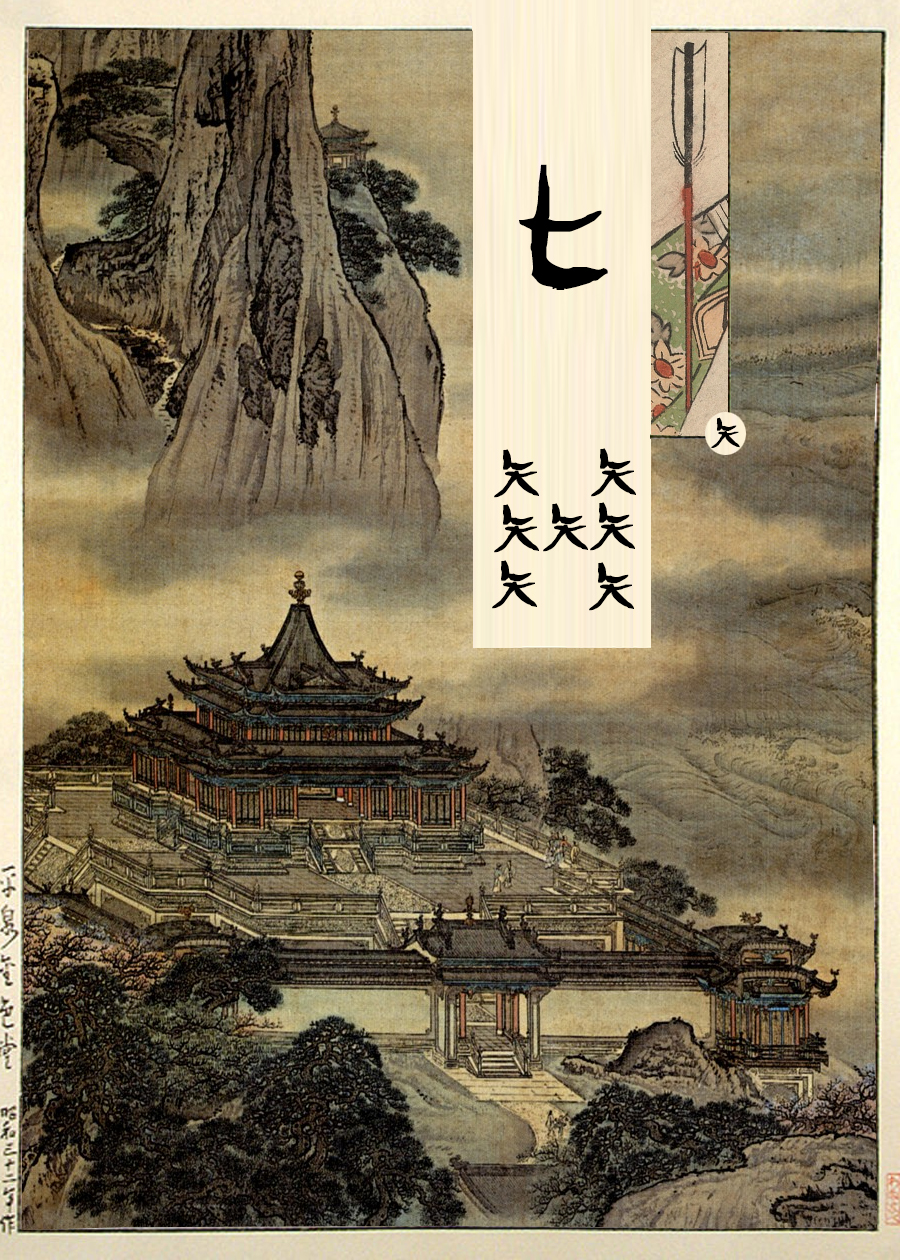
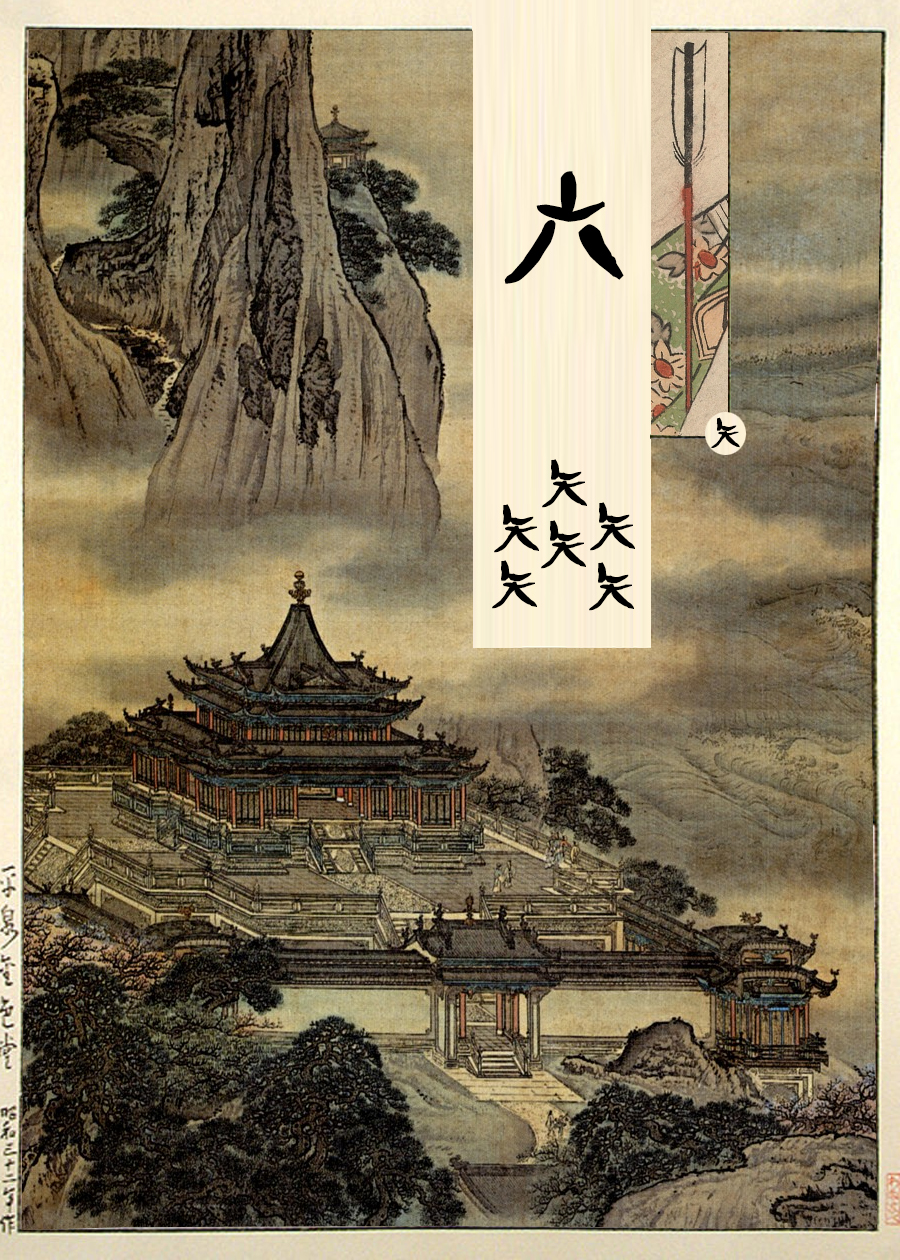


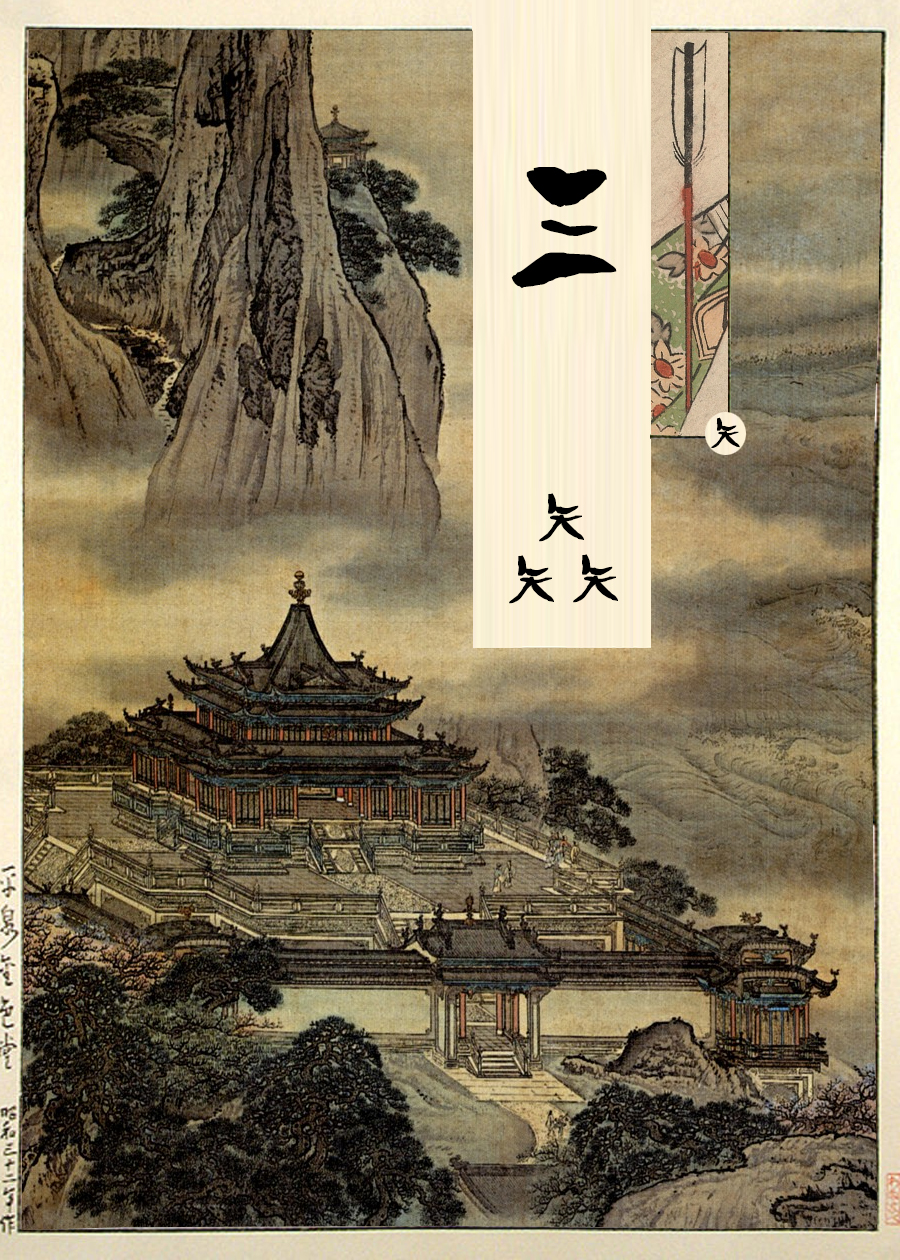
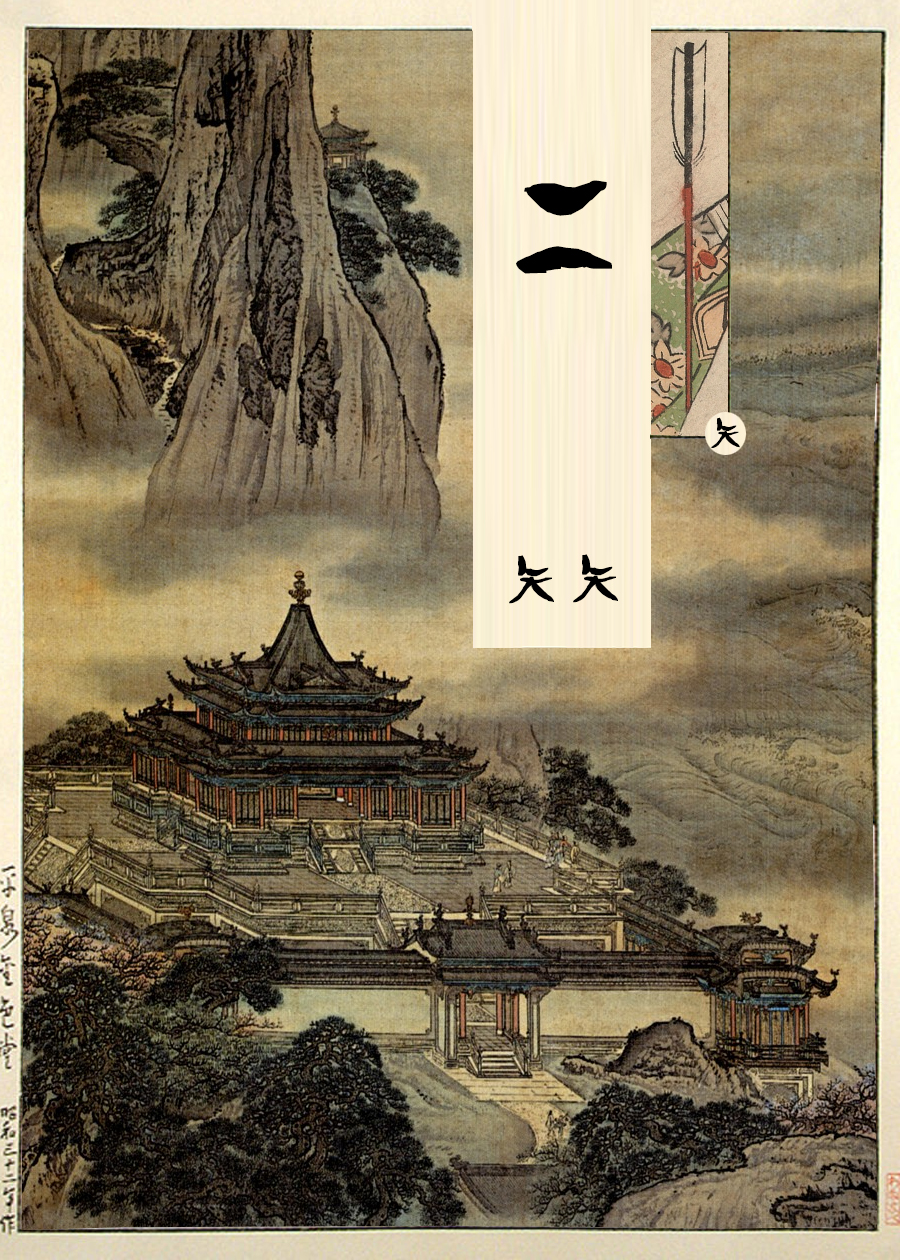



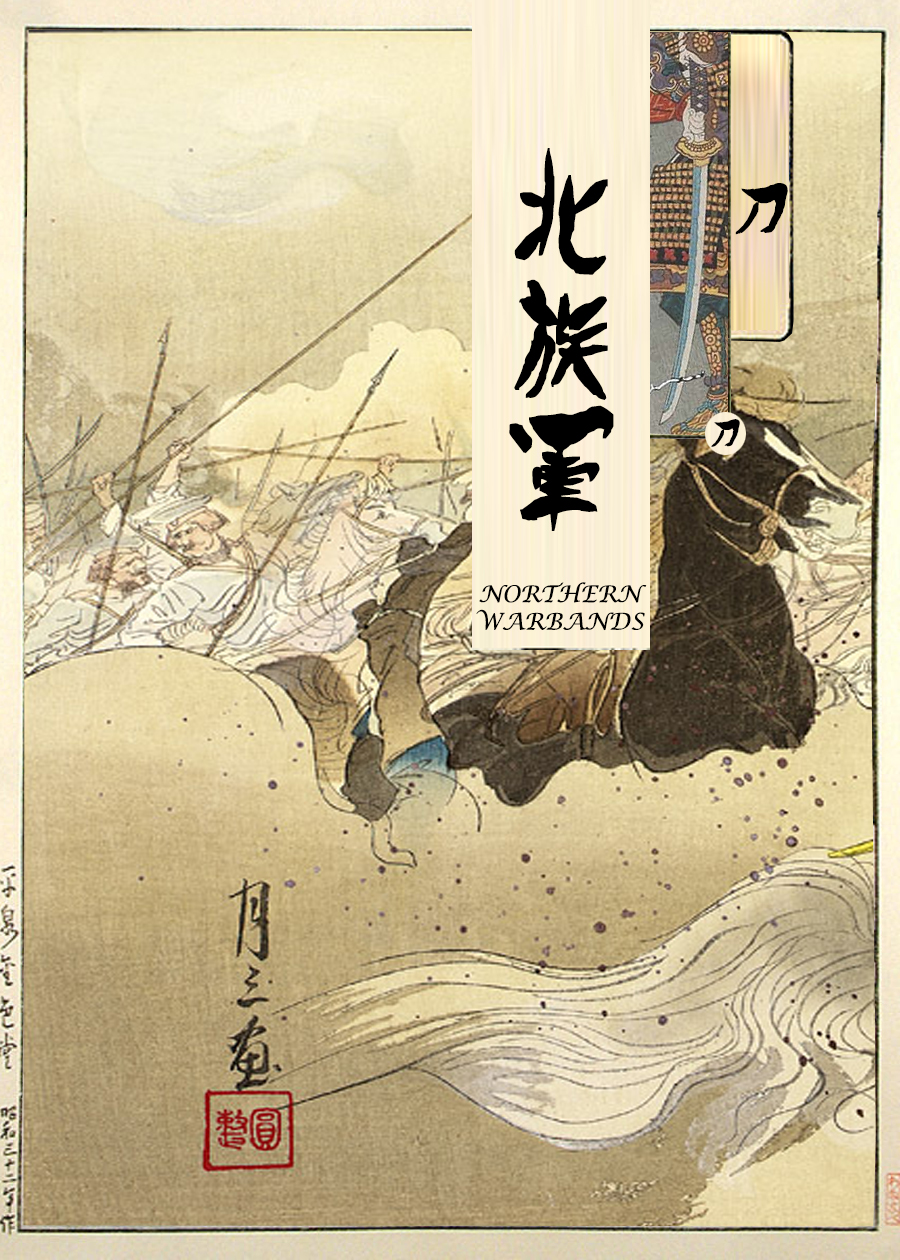
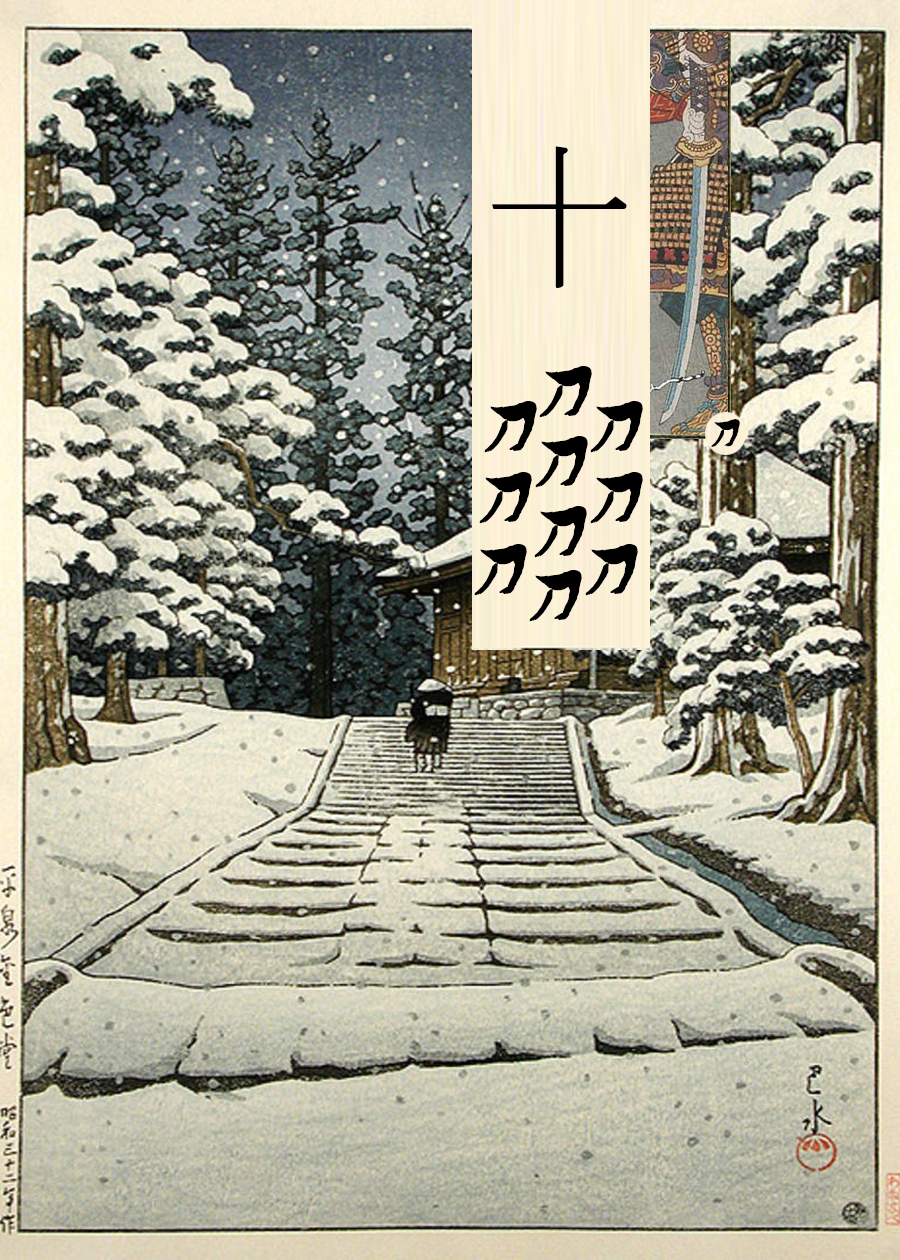
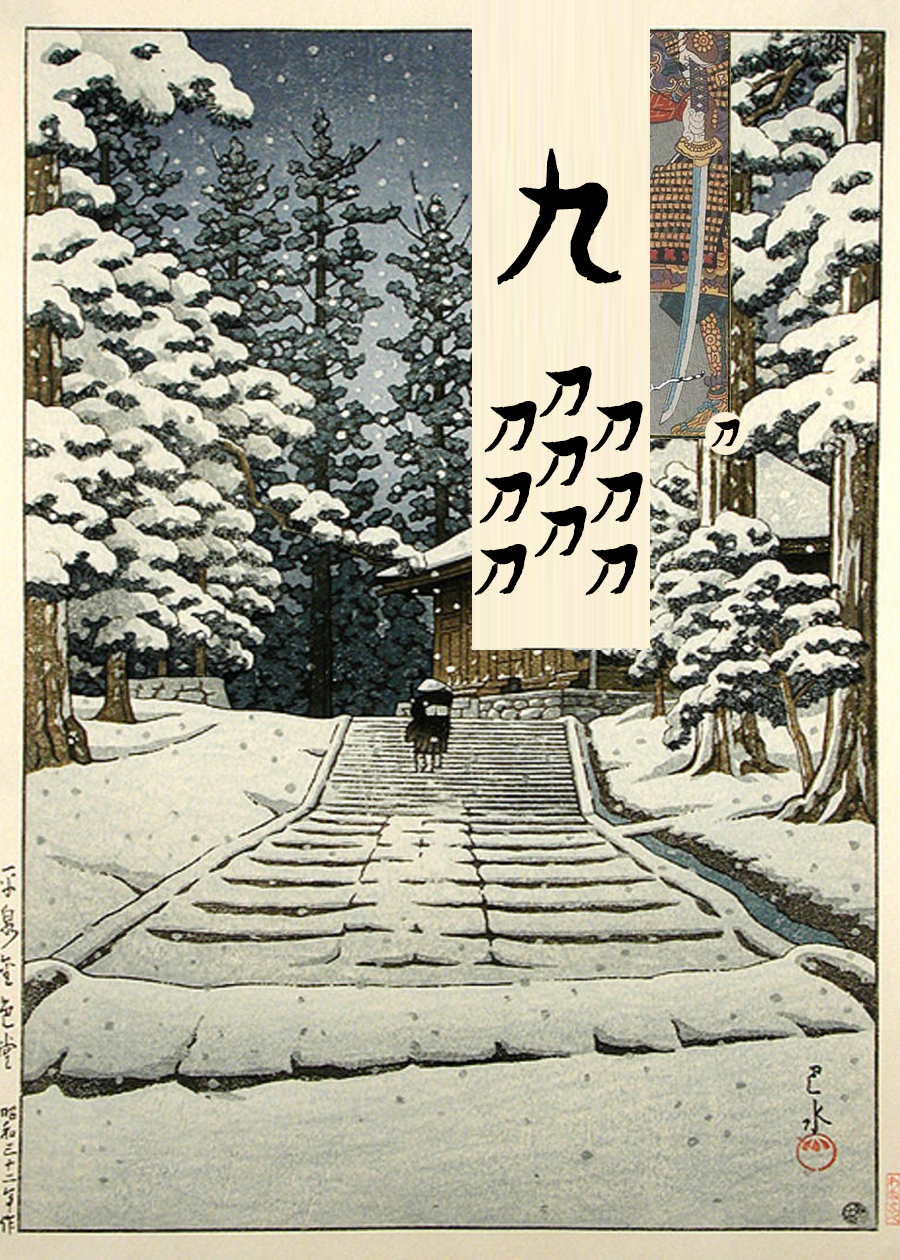
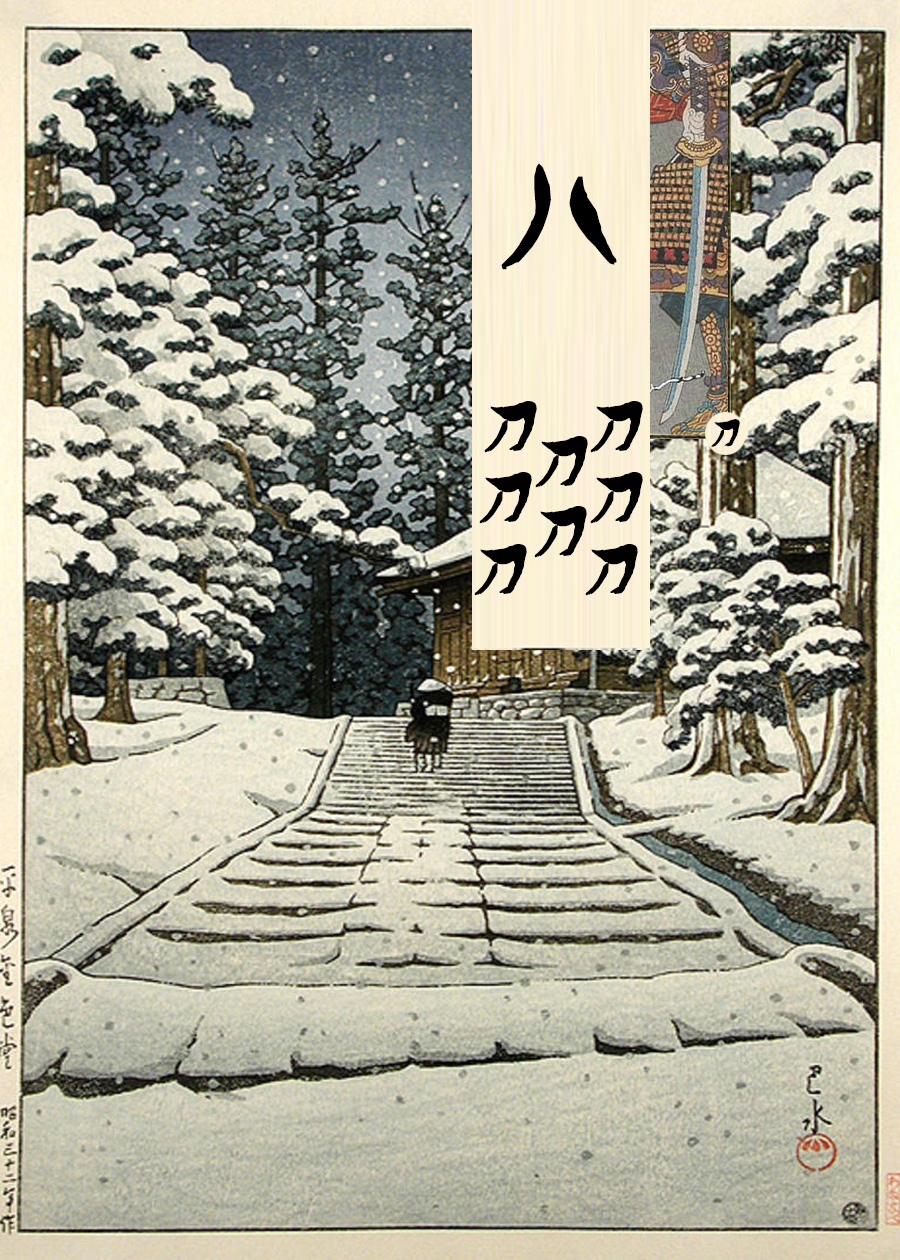
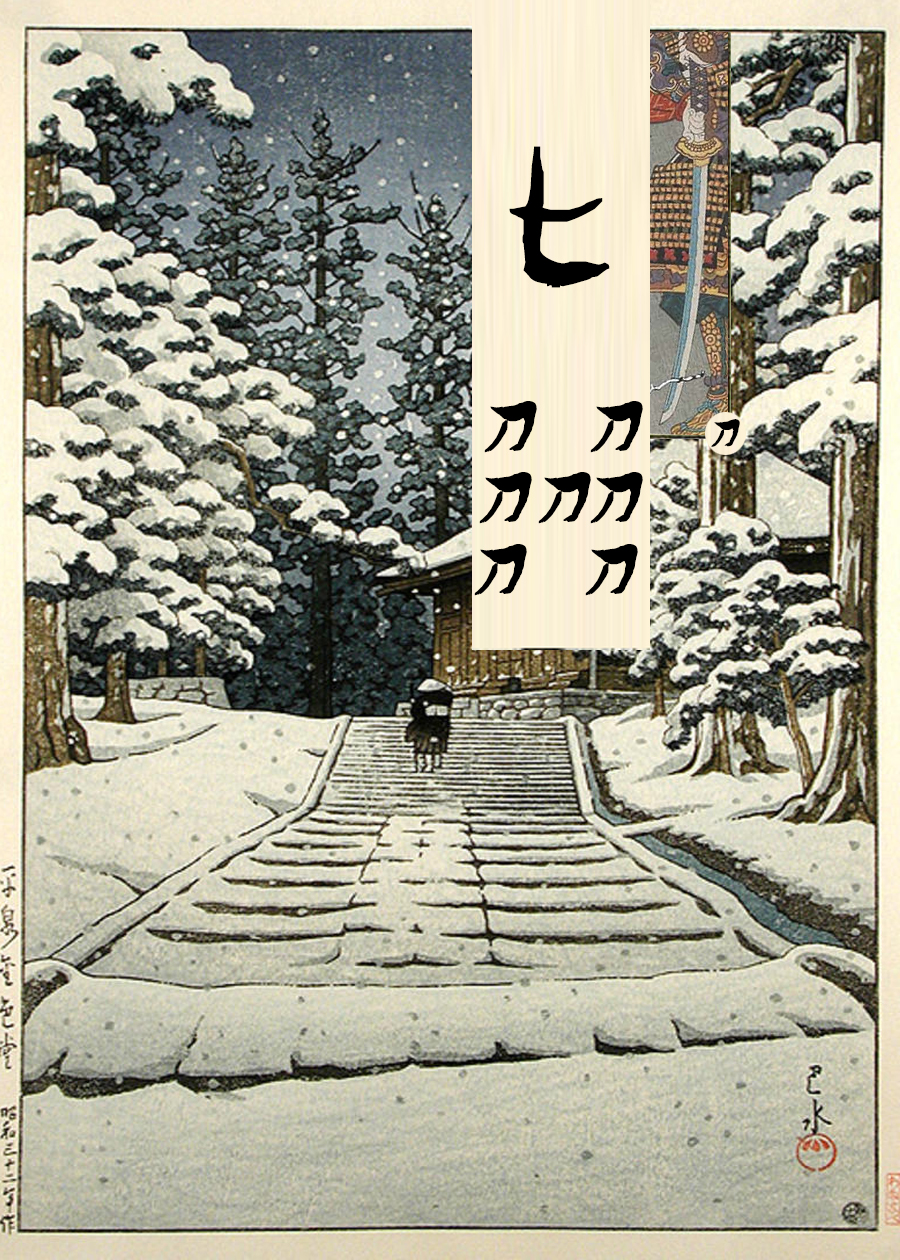

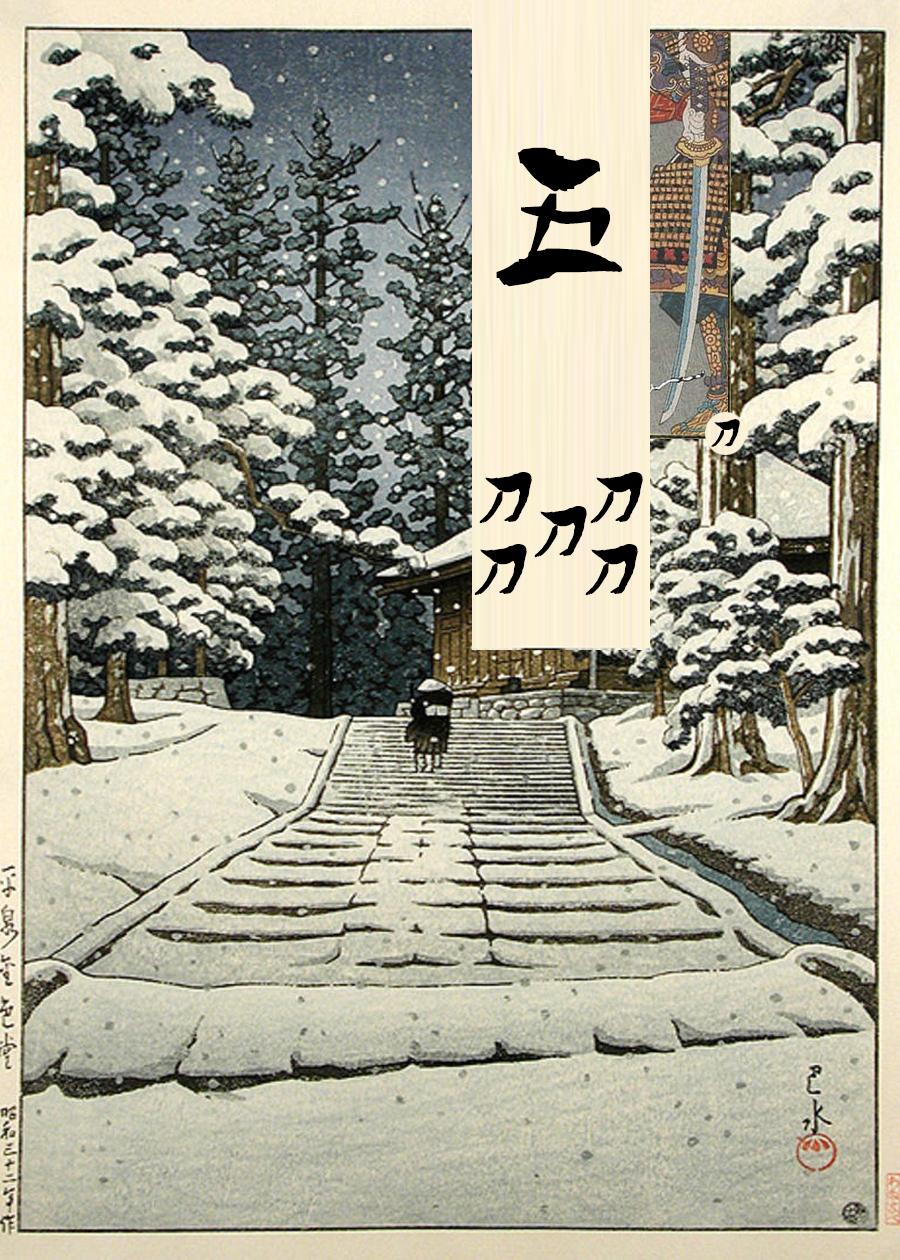

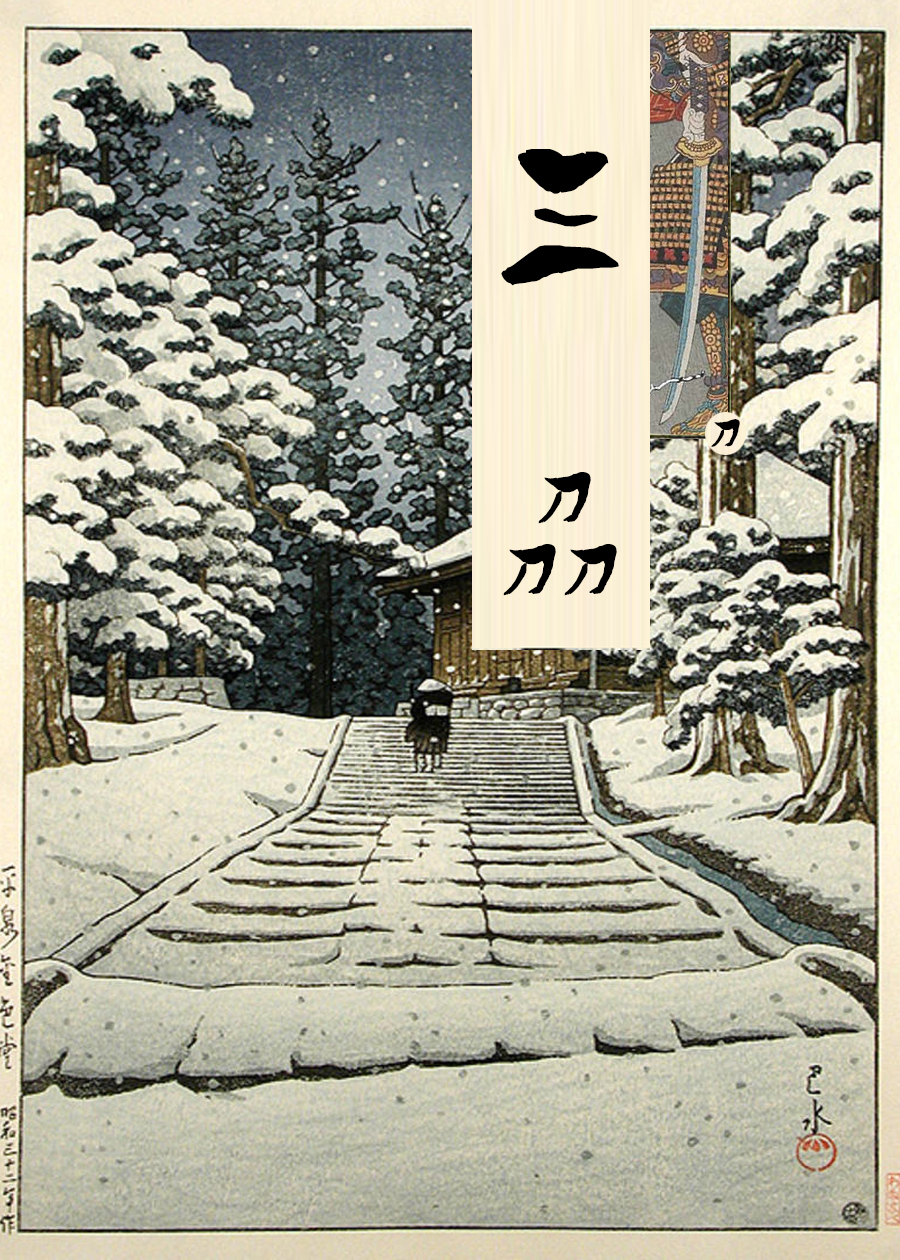
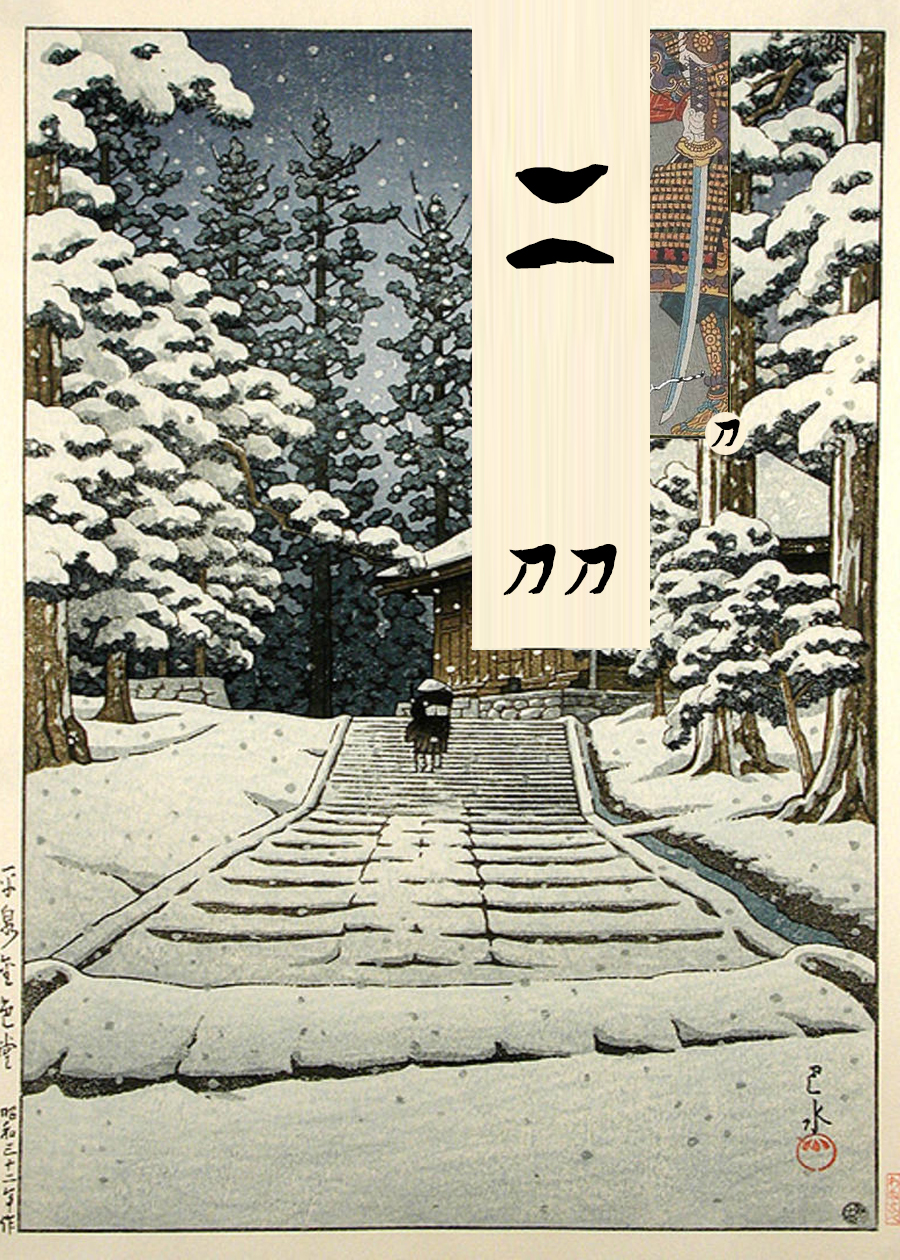
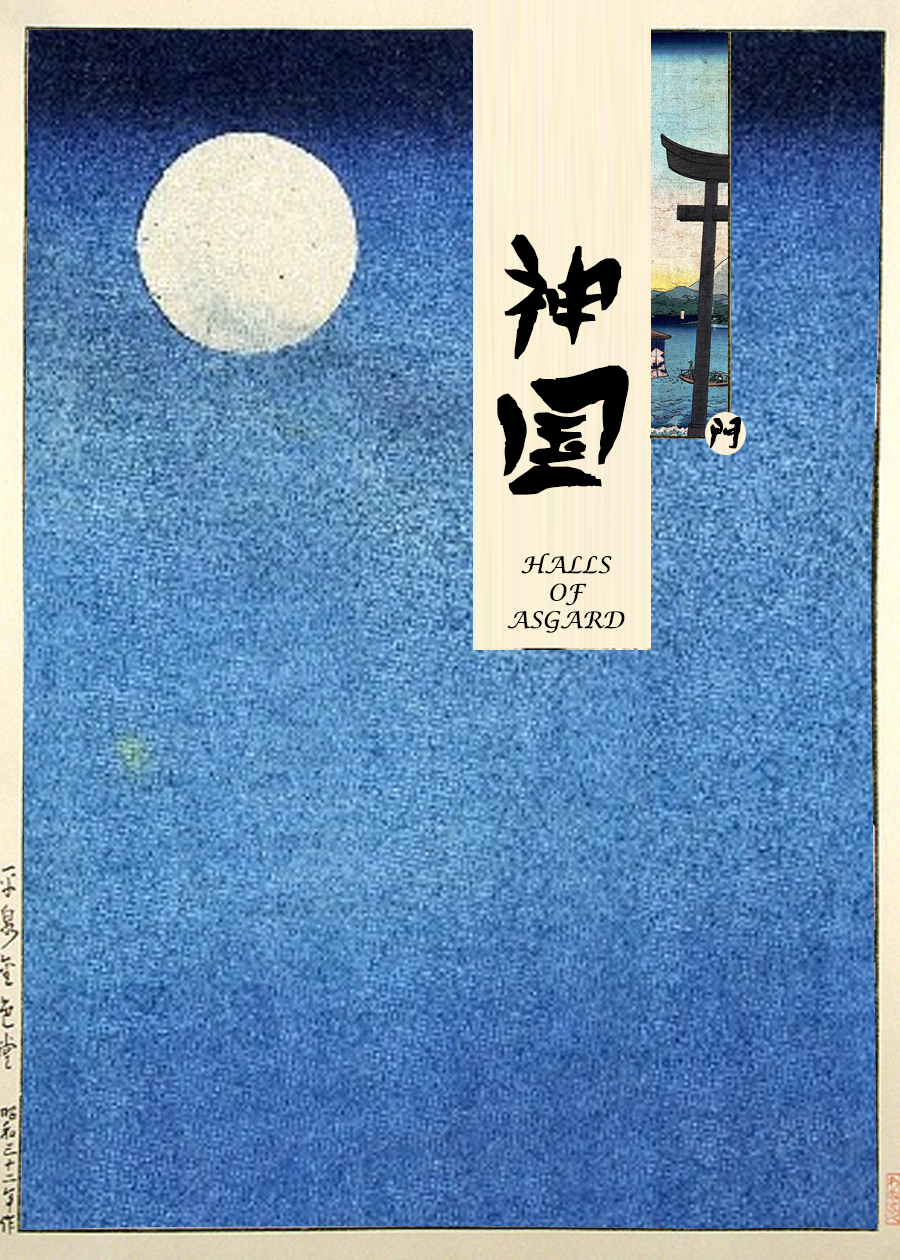
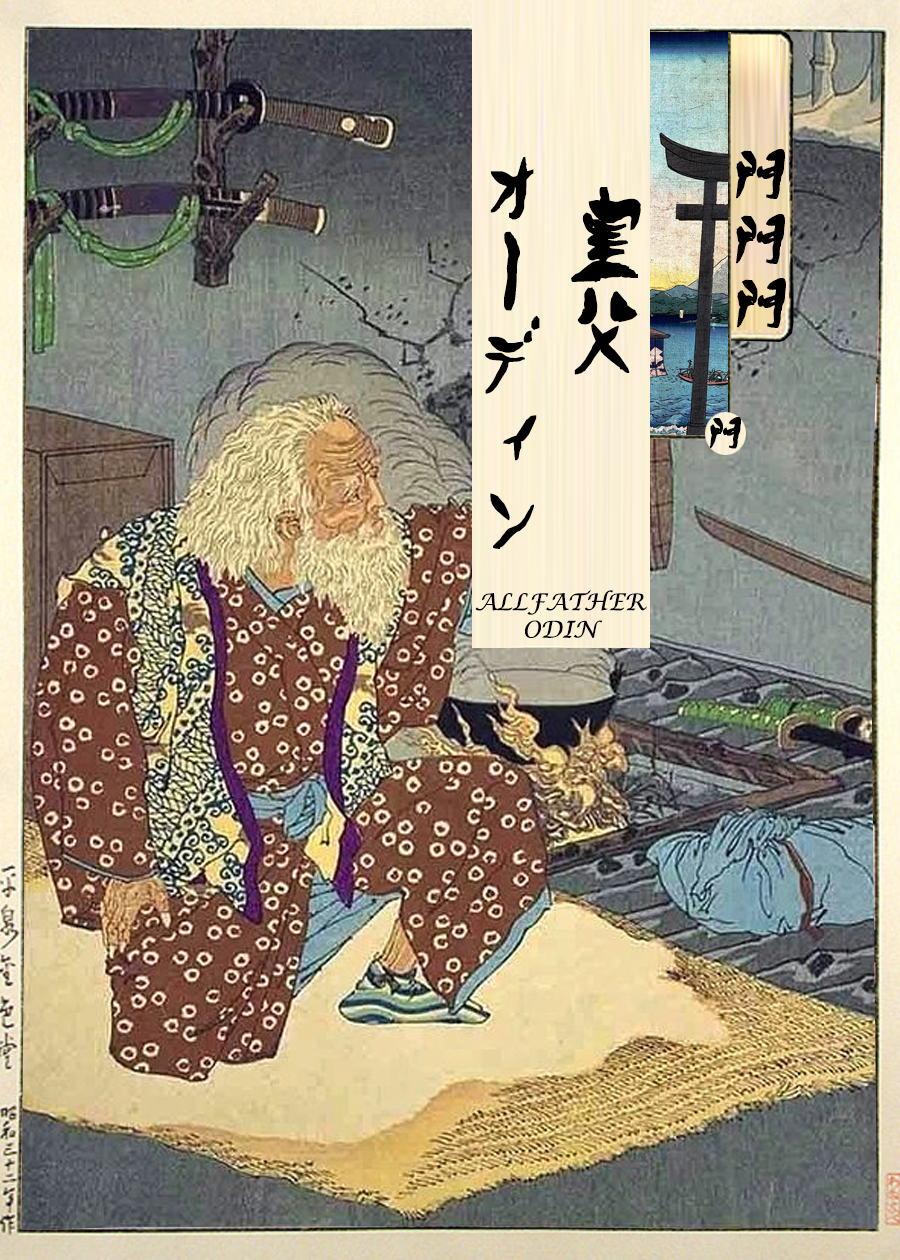

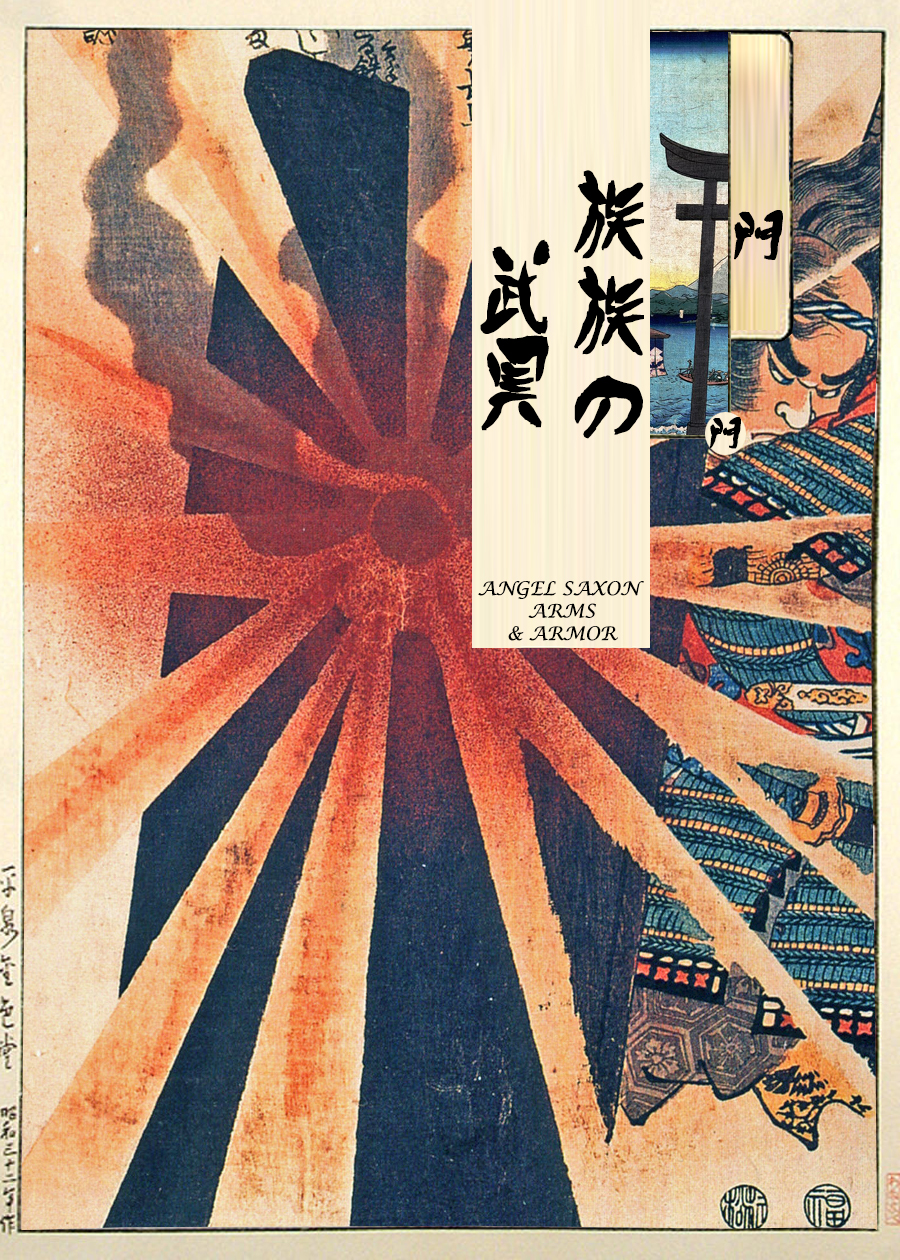

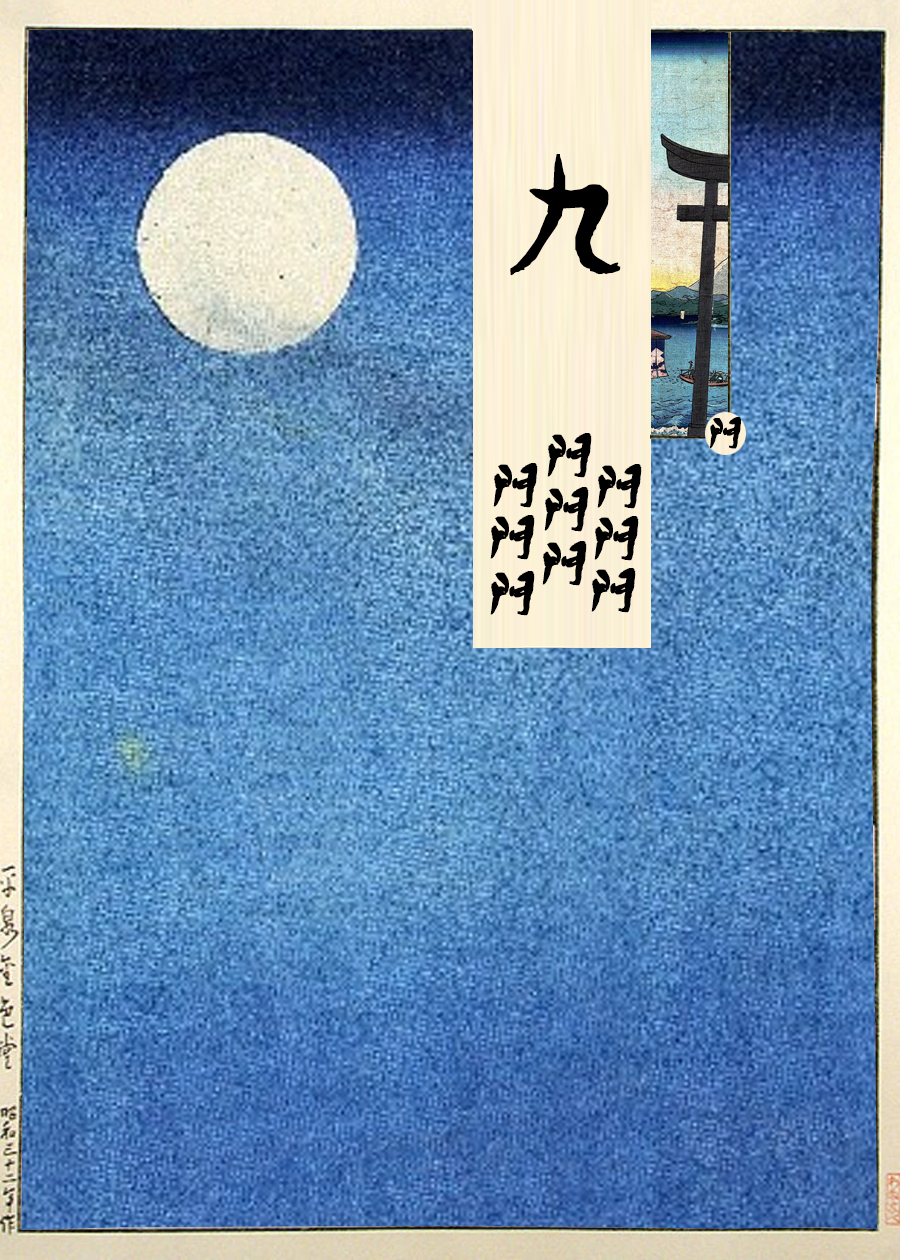
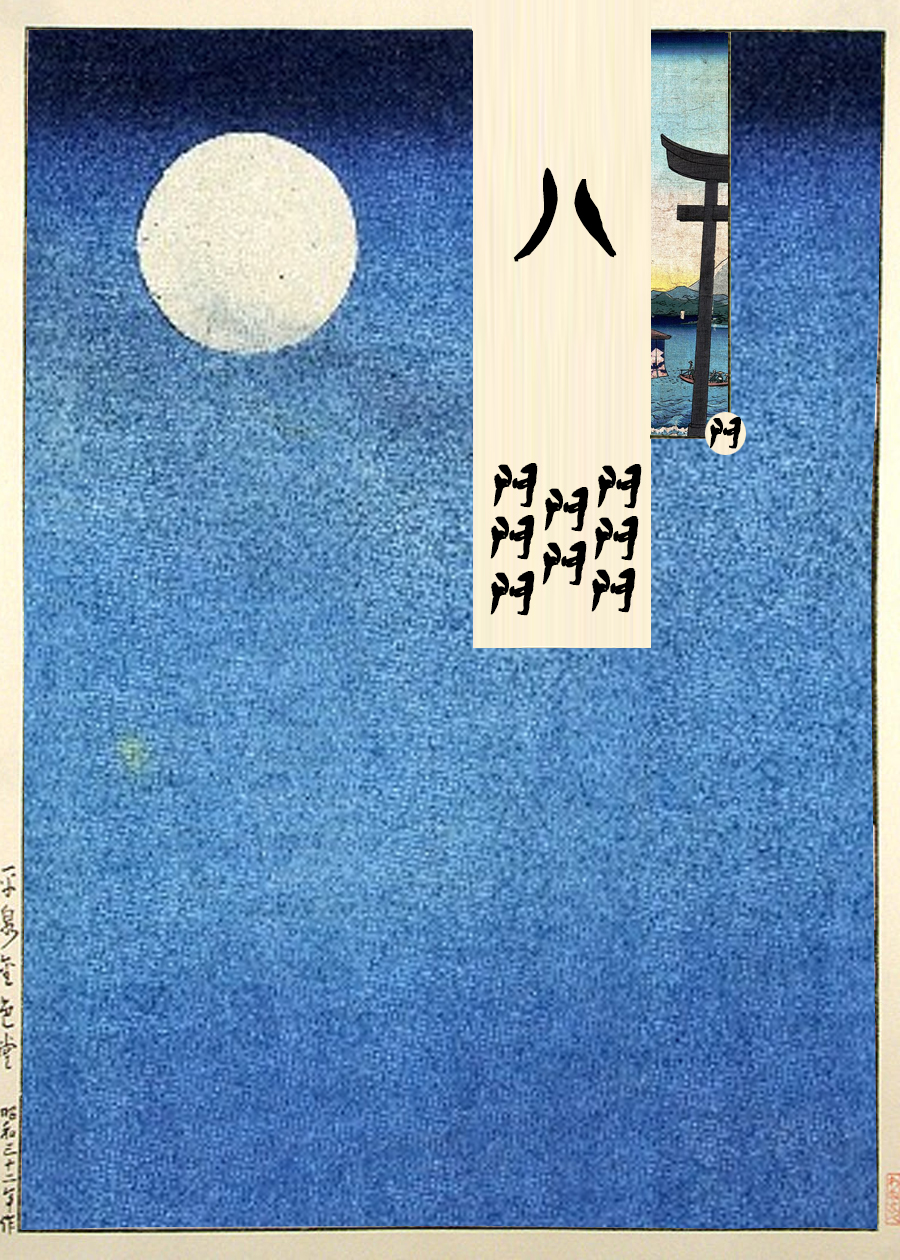
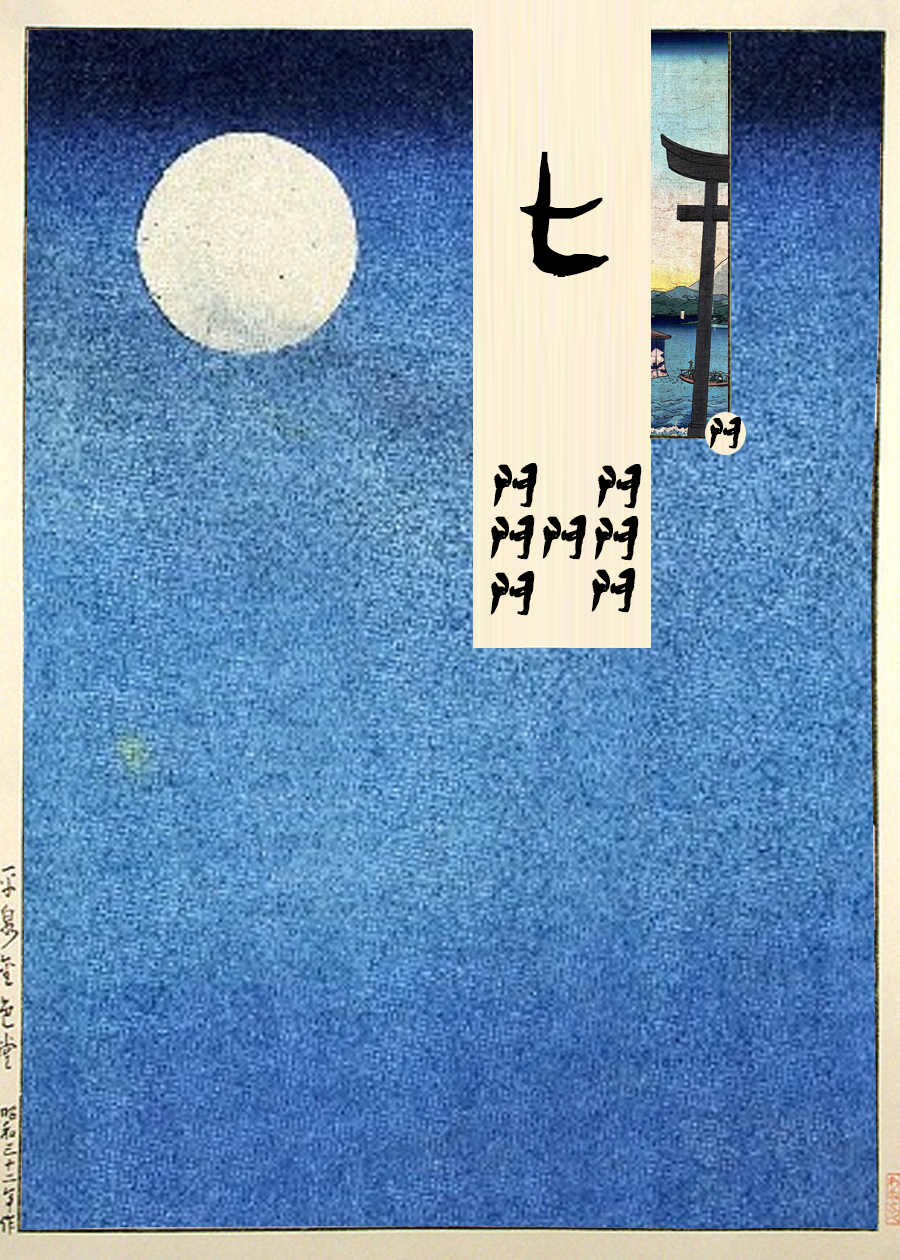
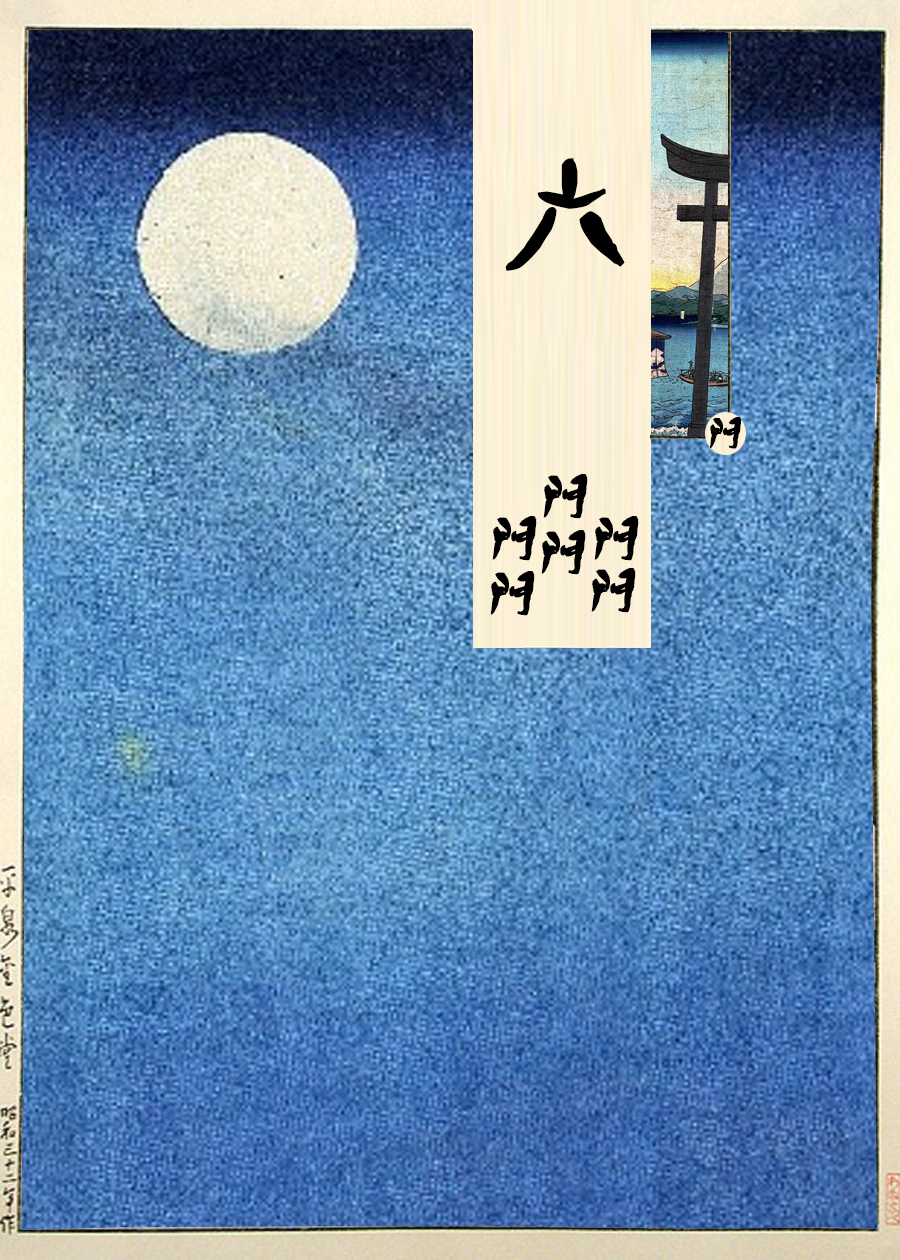
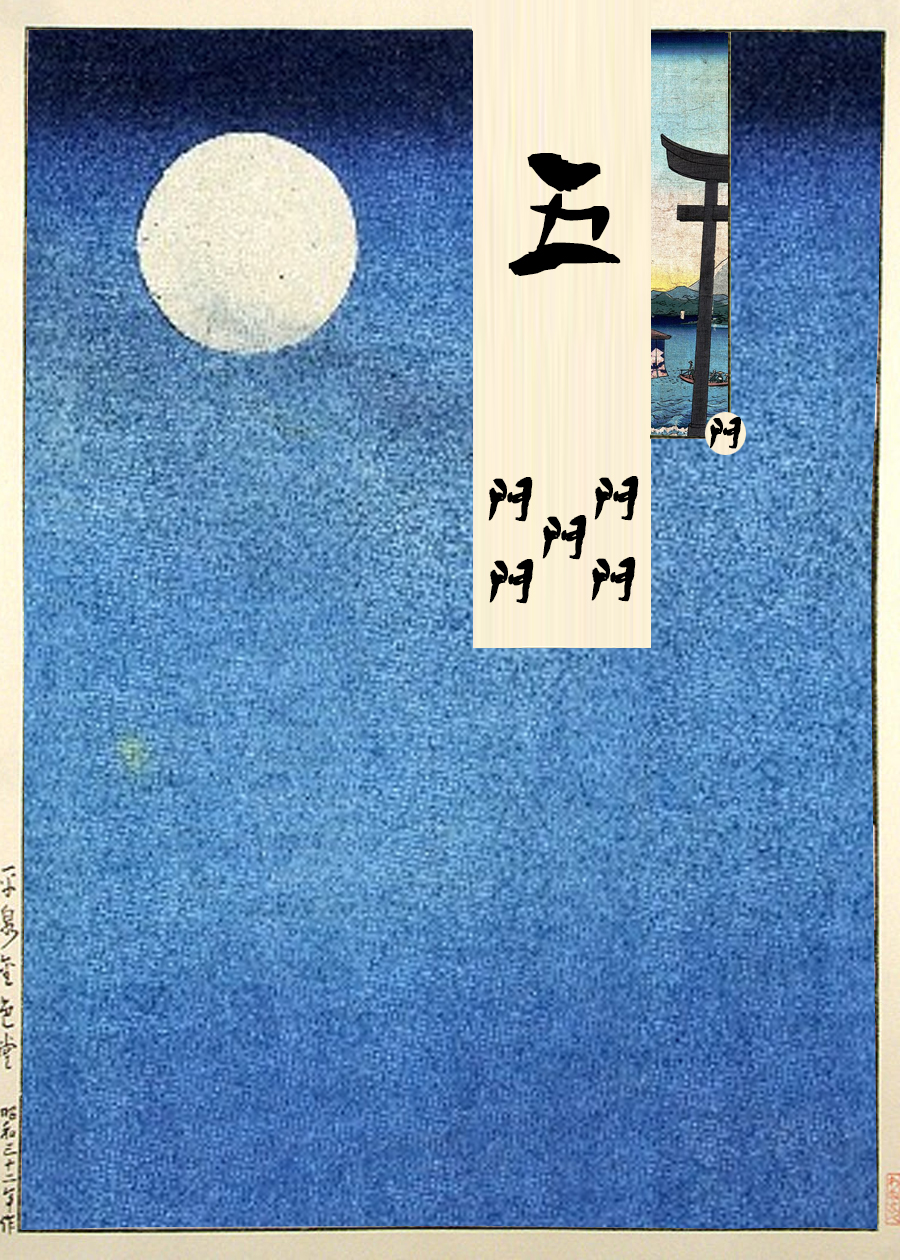
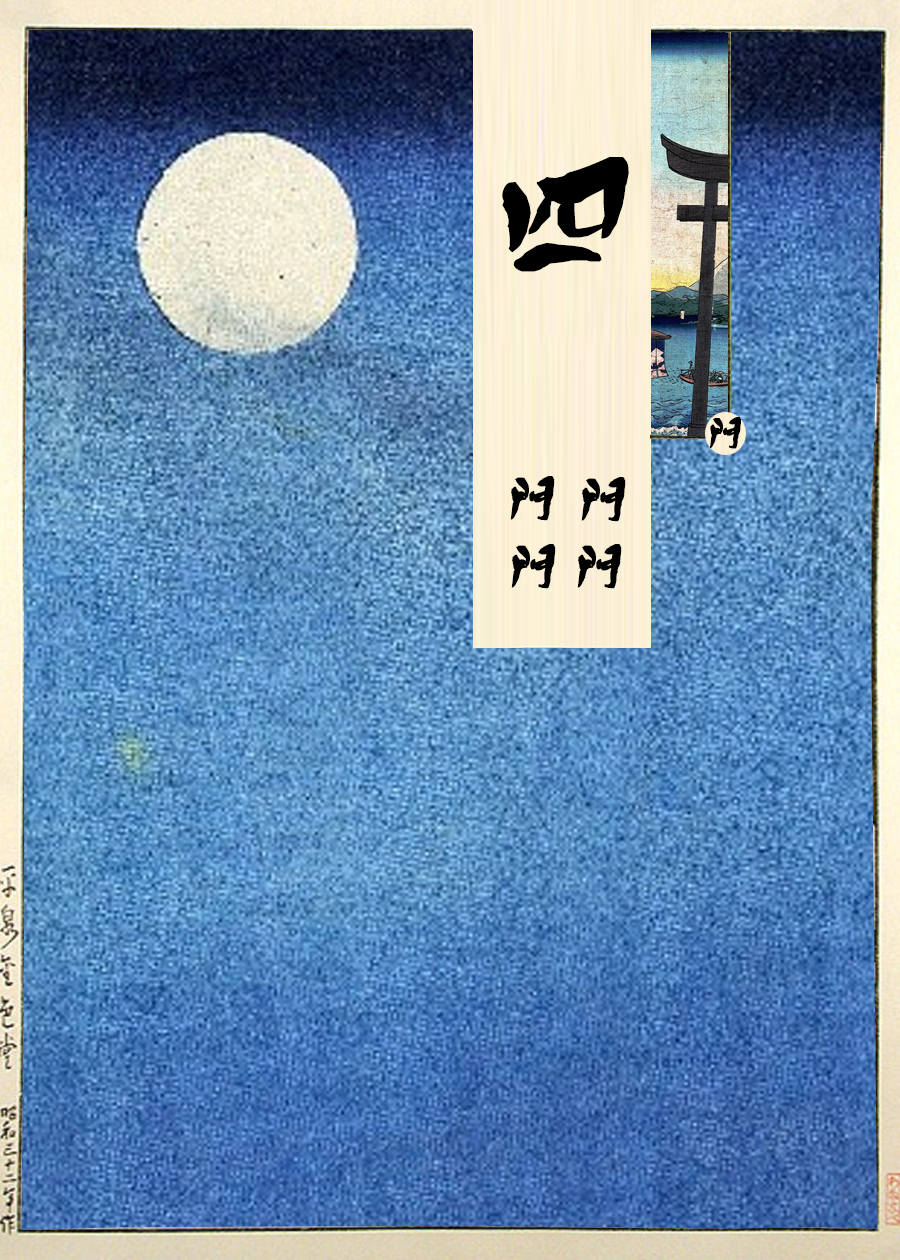
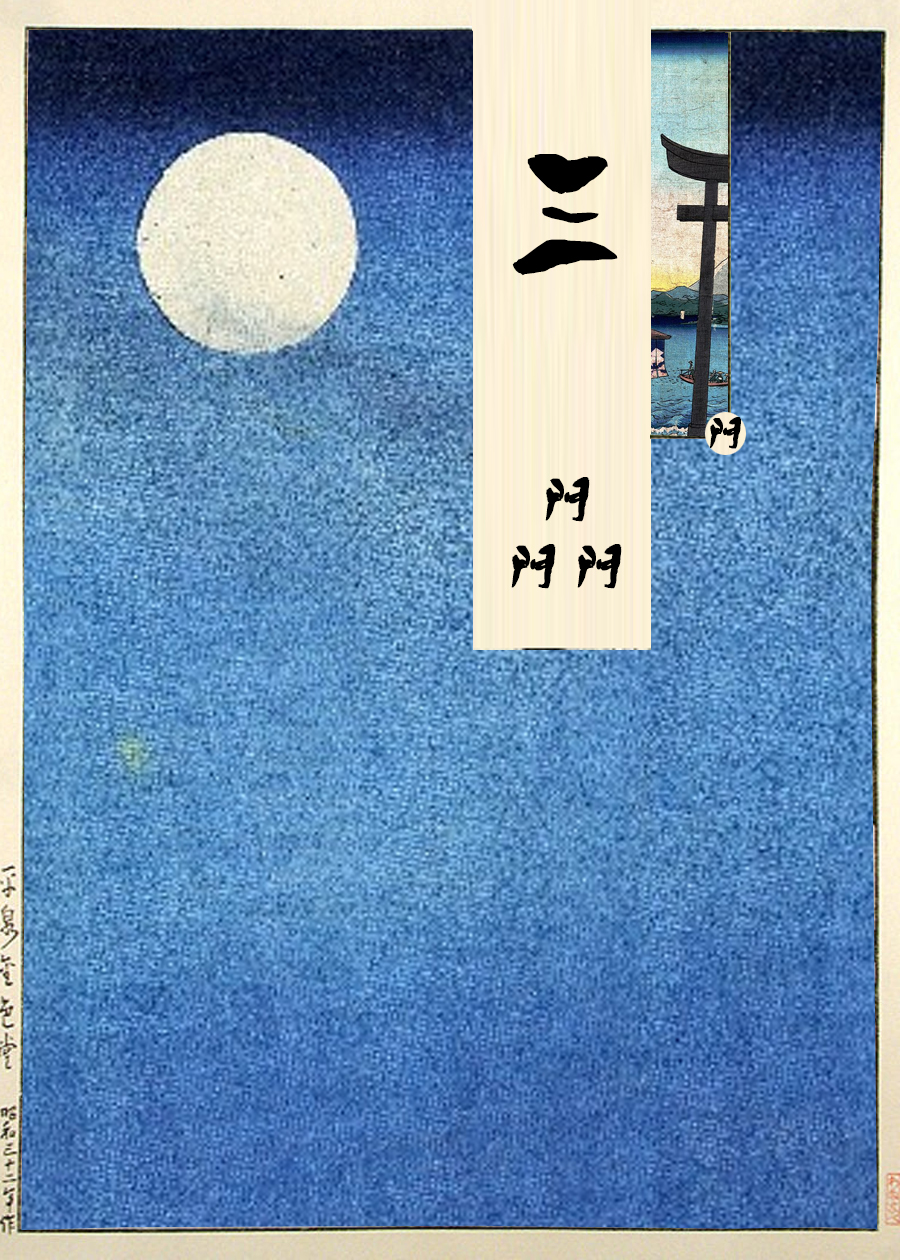

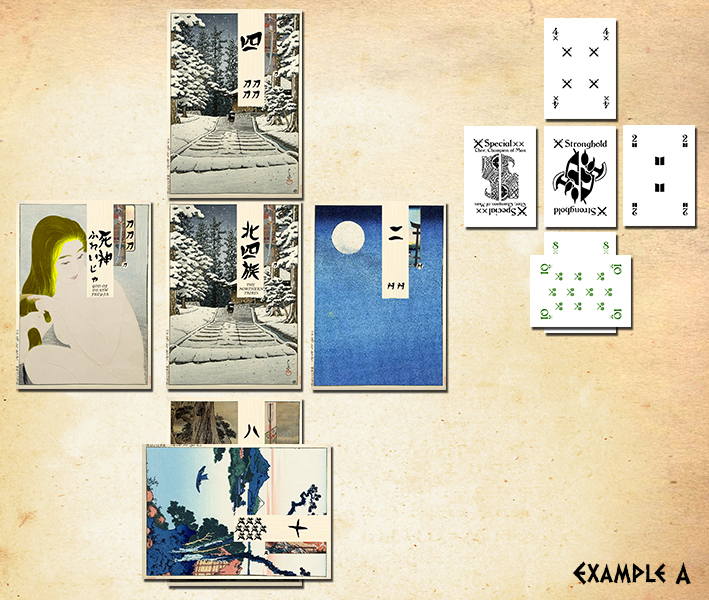
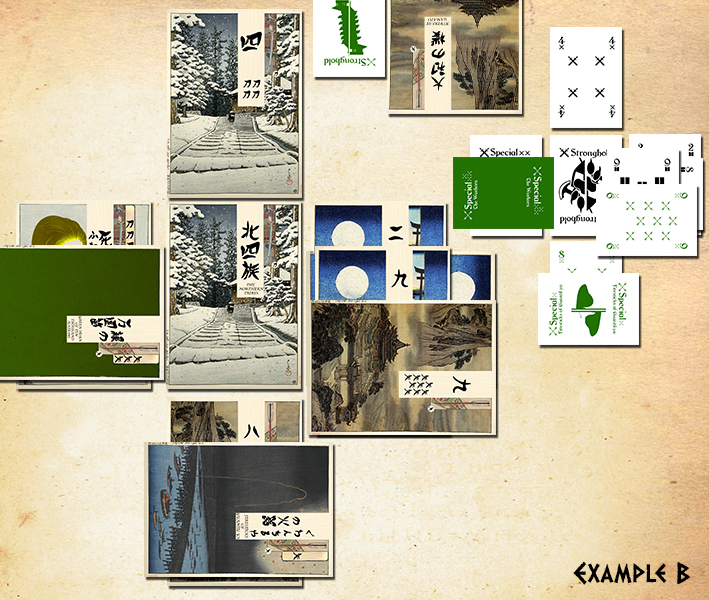
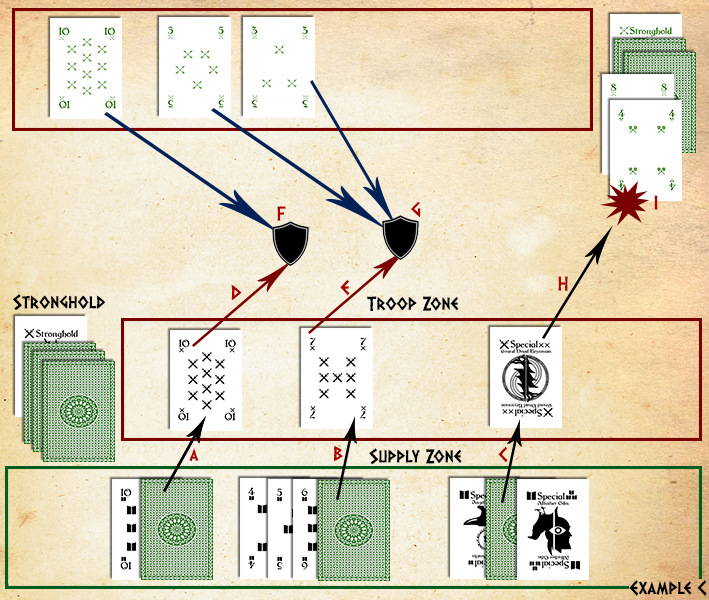

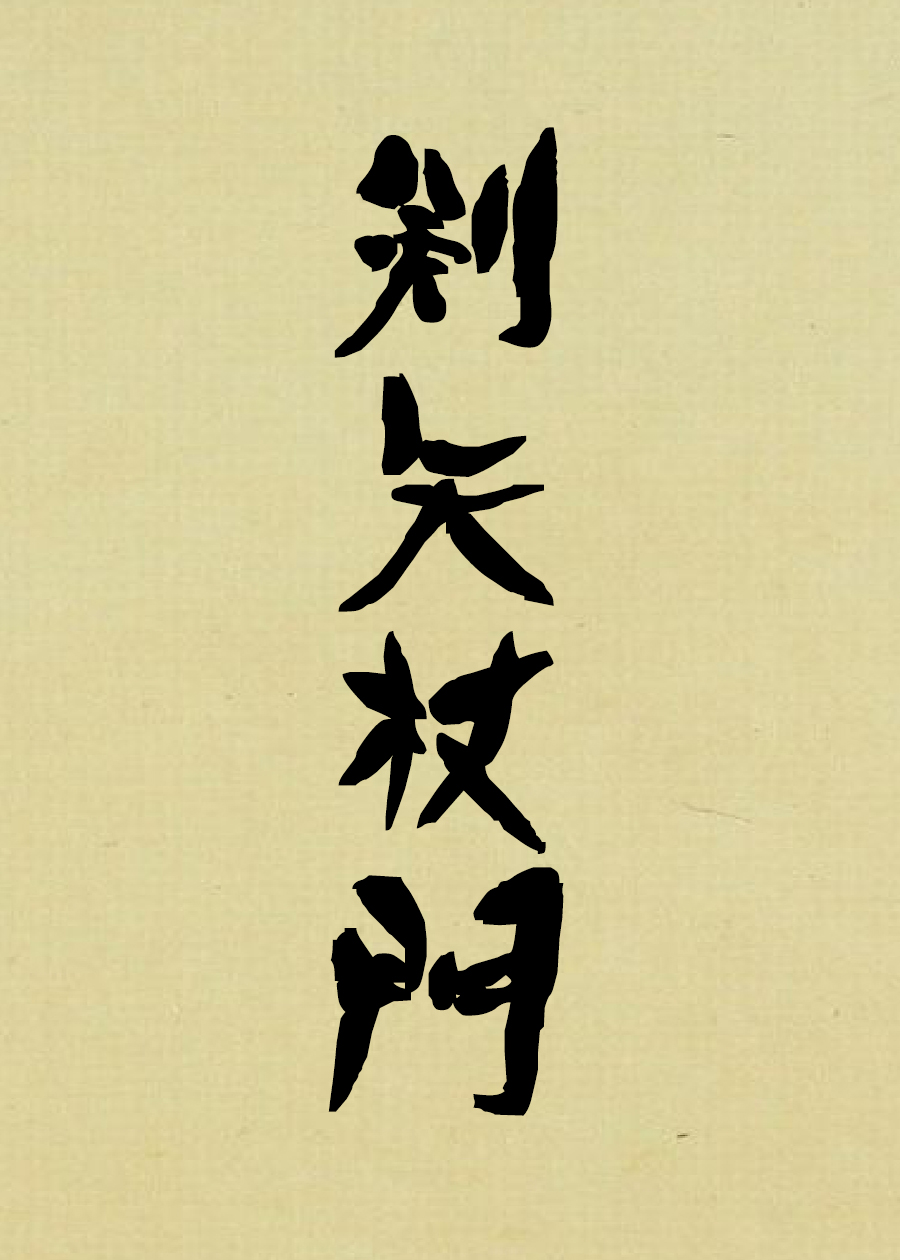
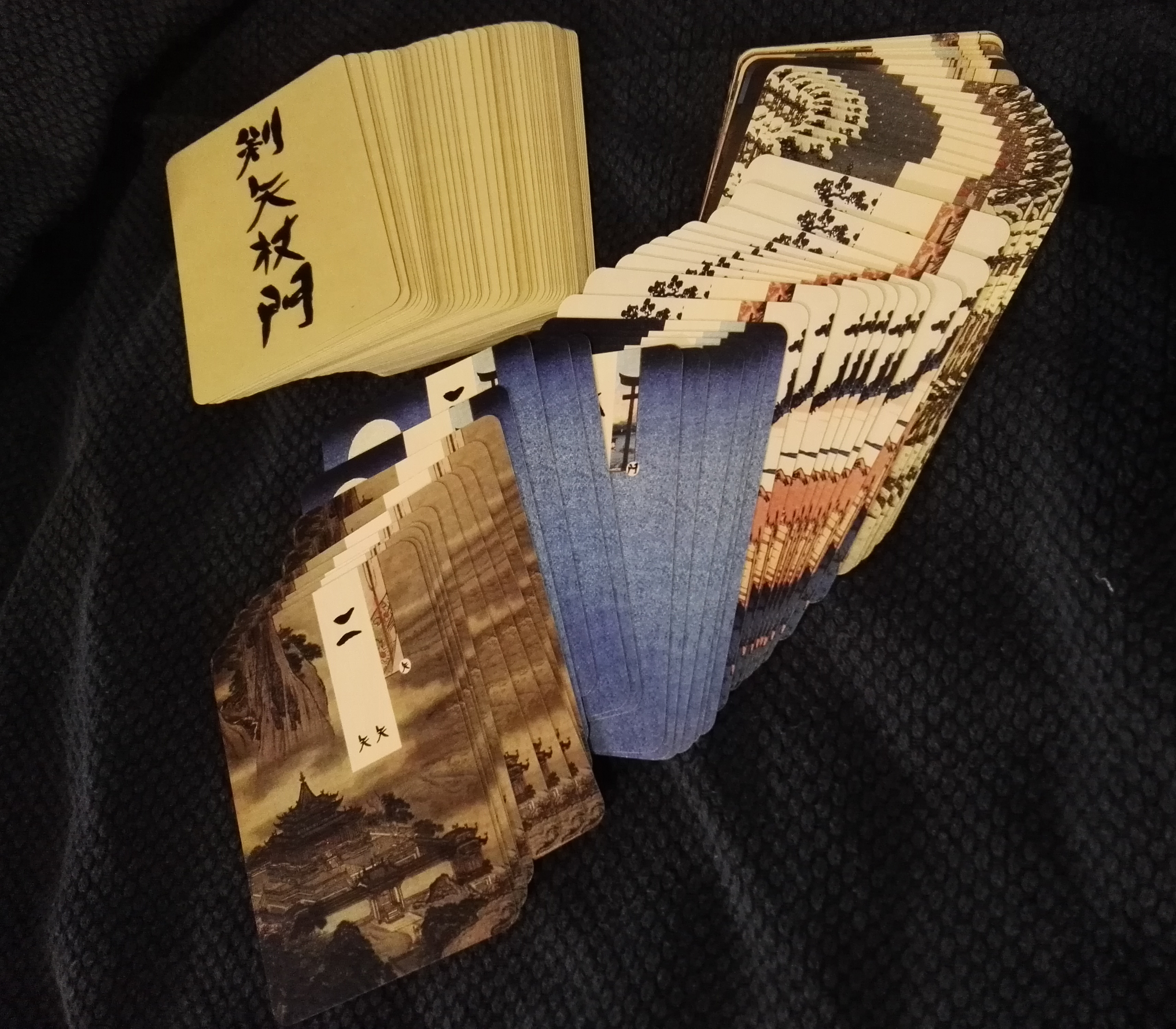
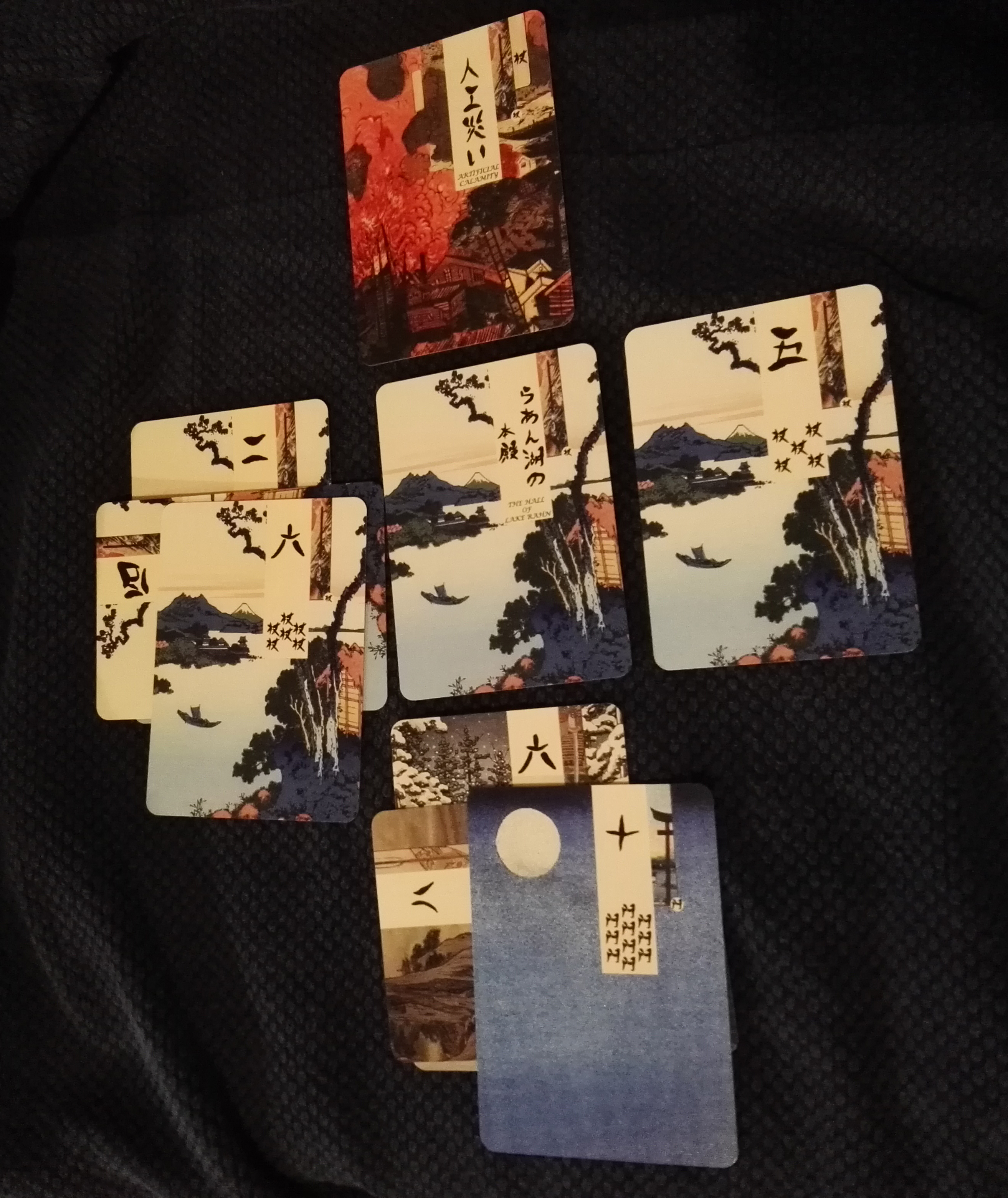
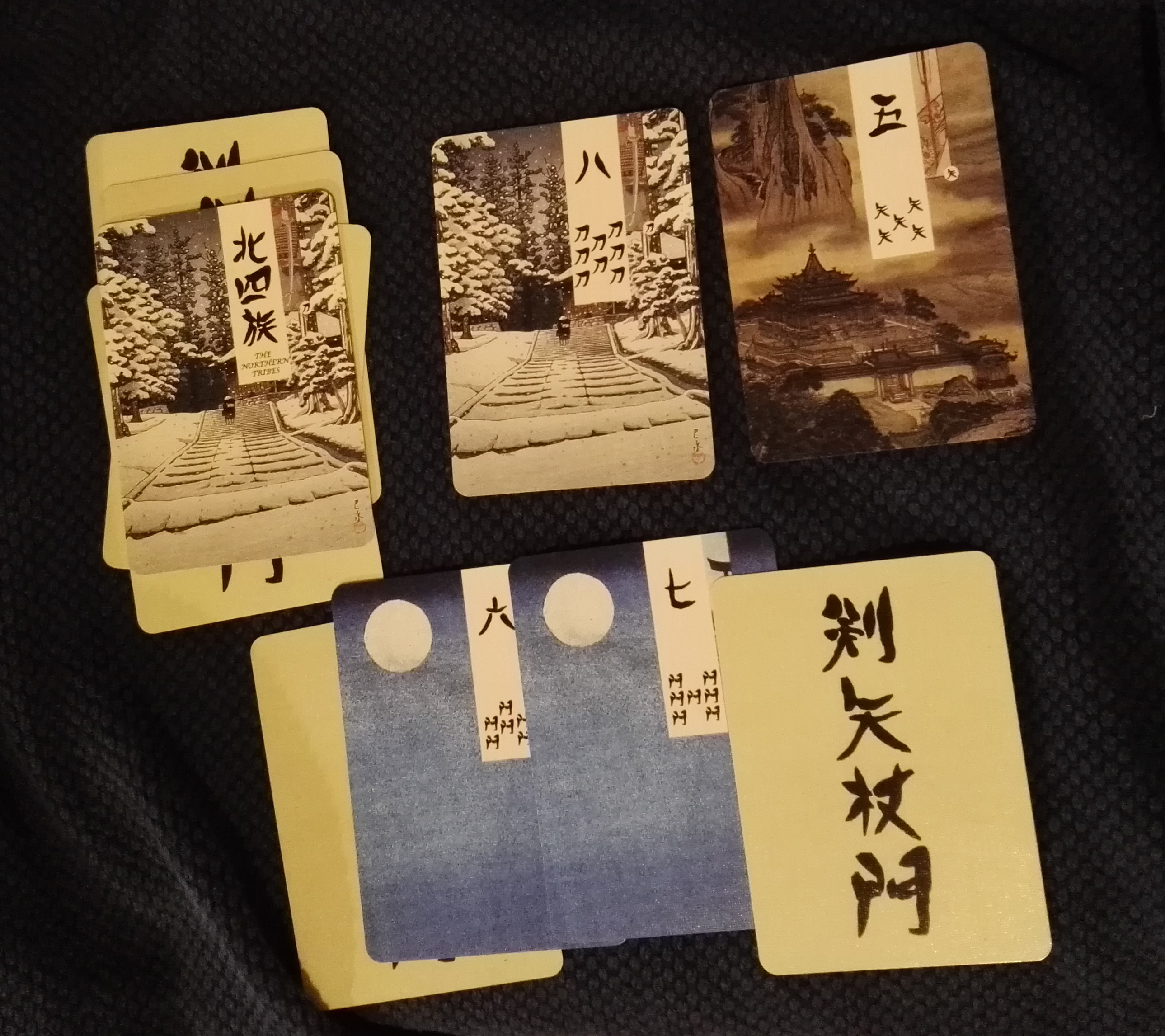
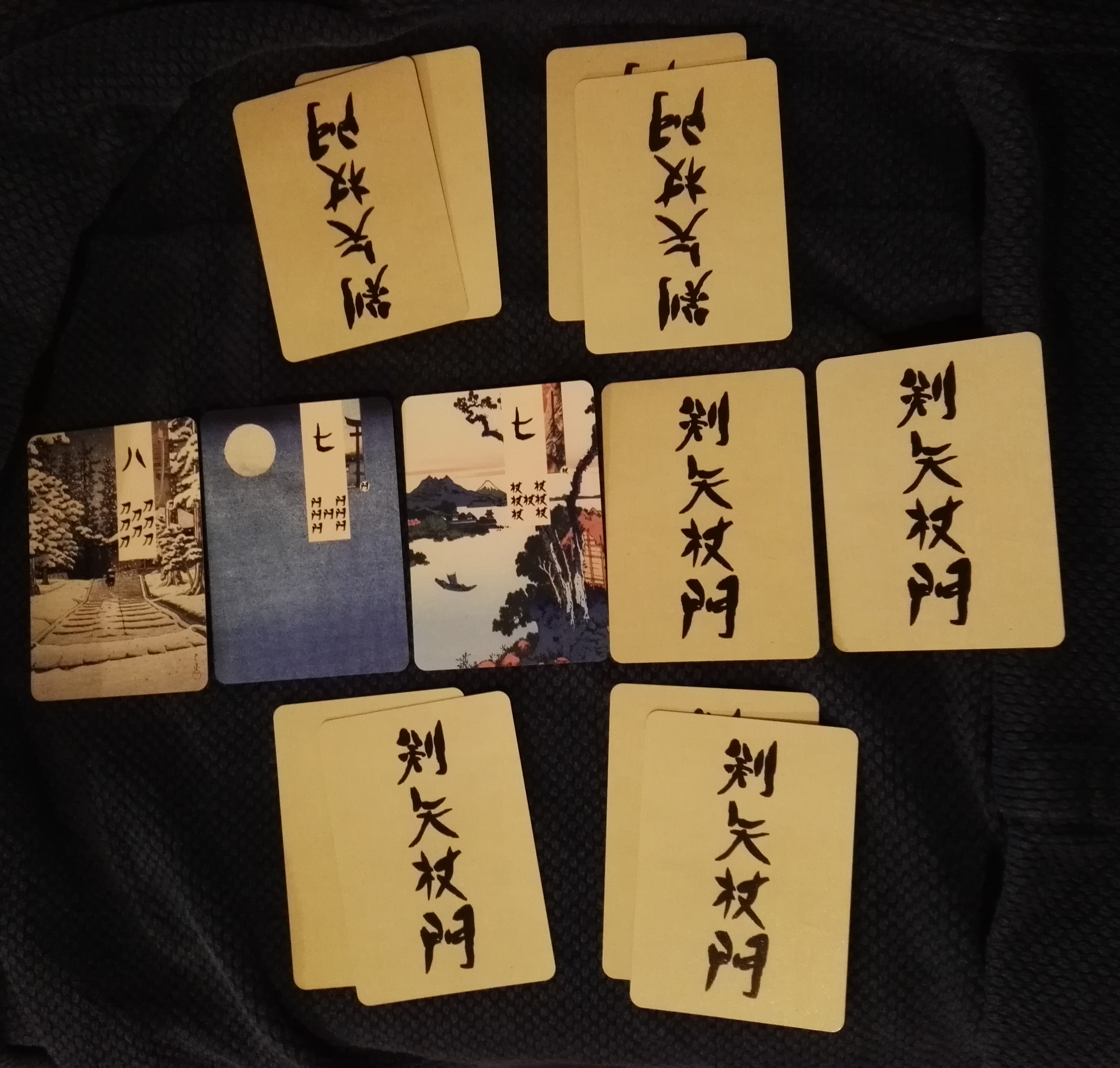



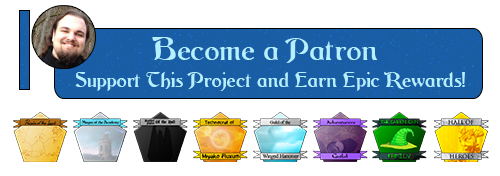
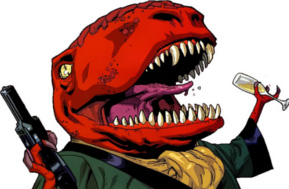
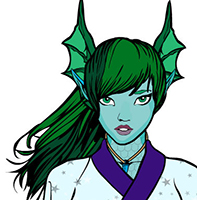
is this done just with CSS?! Please tell me you haven't managed to do a JS injection
World Anvil Founder & Chief Grease Monkey
Twitter | World Anvil Changelog
“No act of kindness, no matter how small, is ever wasted.” - Aesop
Just so the readers of this article don't fret, let me answer you here as well: No core code was harmed in the making of this article. The Greenhorn Corporation hereby explicitly states that all fabulous and mind-boggleing effects displayed on this article have been created with pure, industry-grade CSS. Greenhorn Corporation, pushing the boundries of reality and sanity, one squirrel at a time.